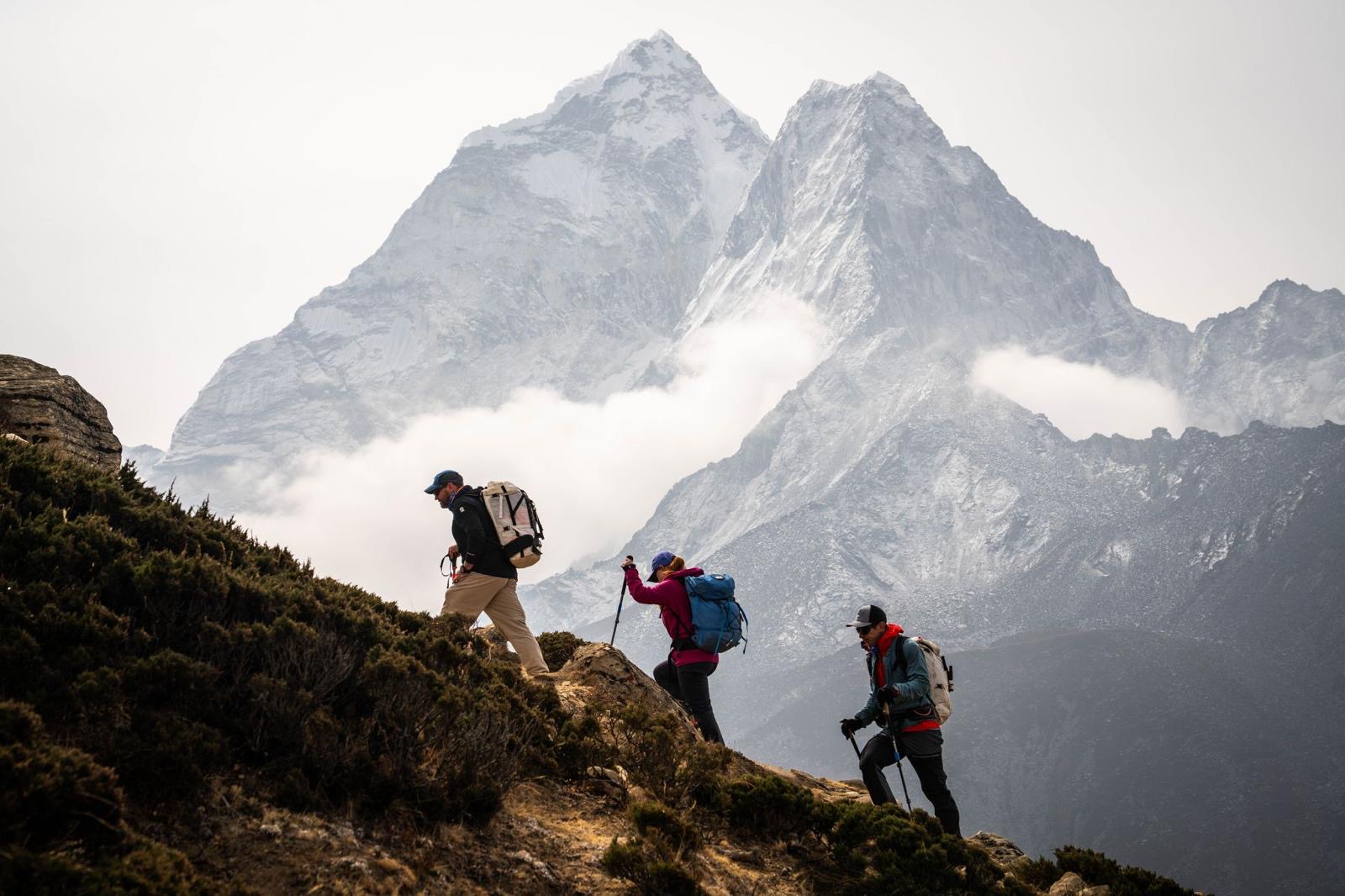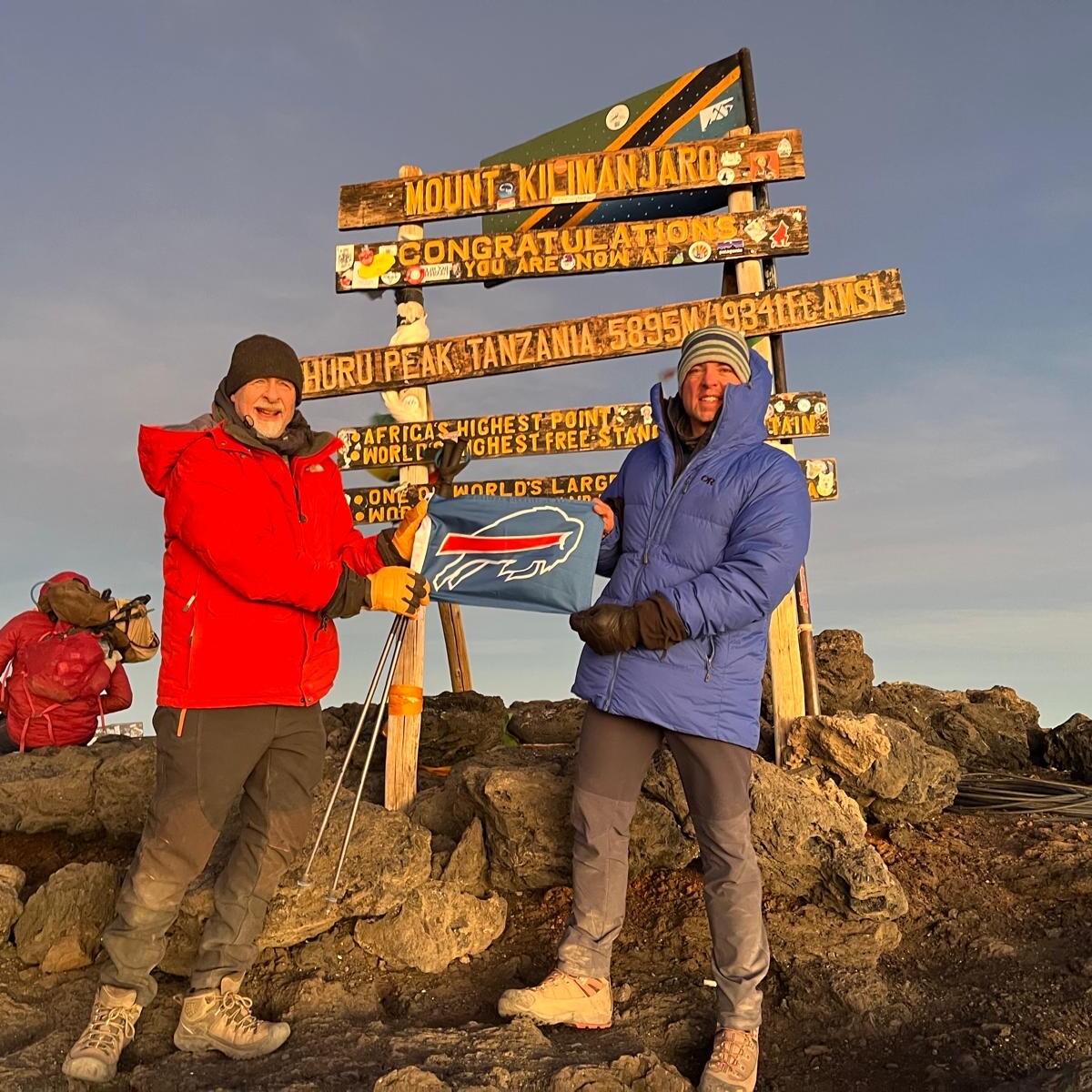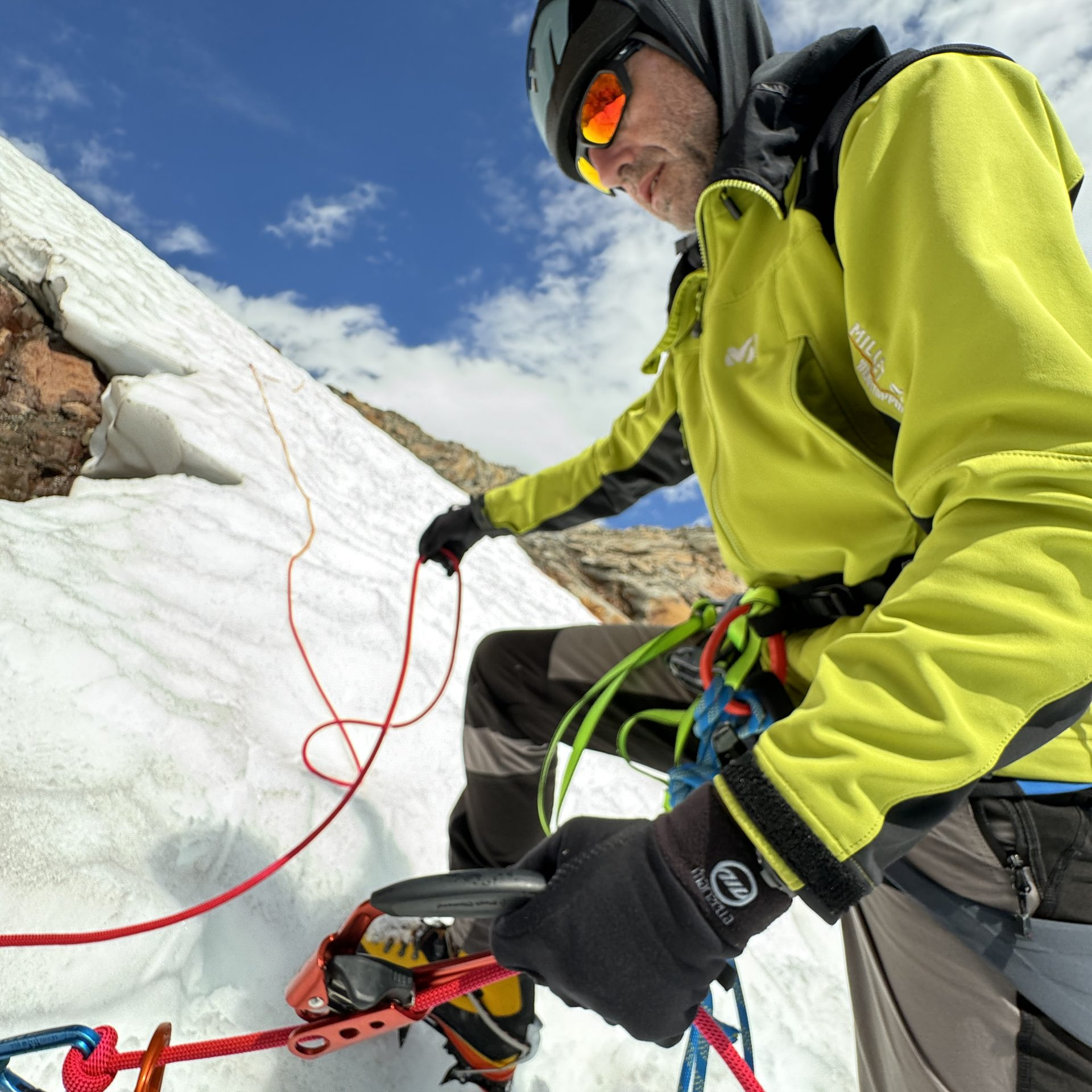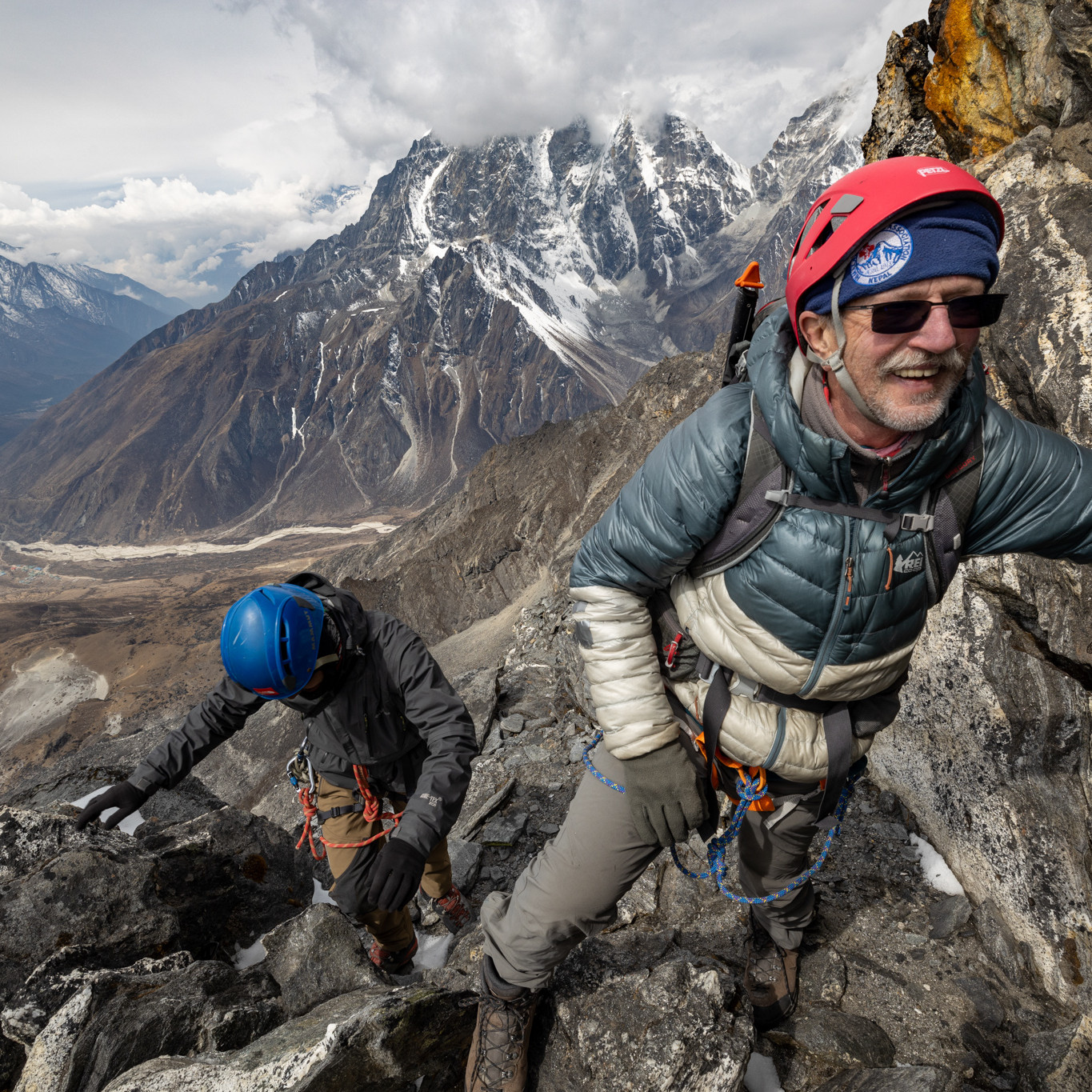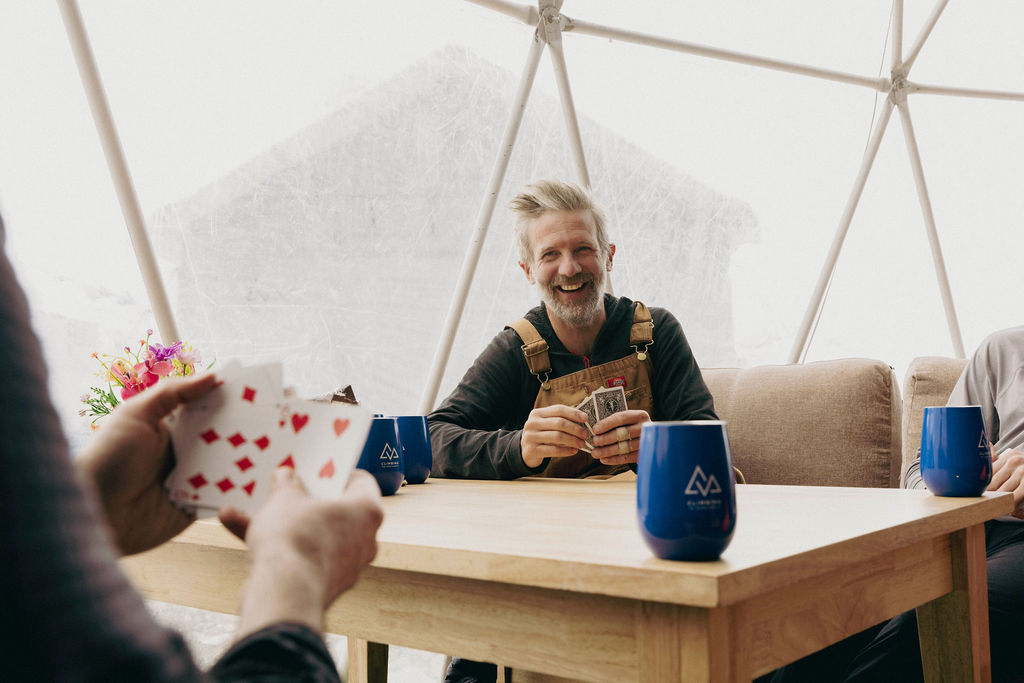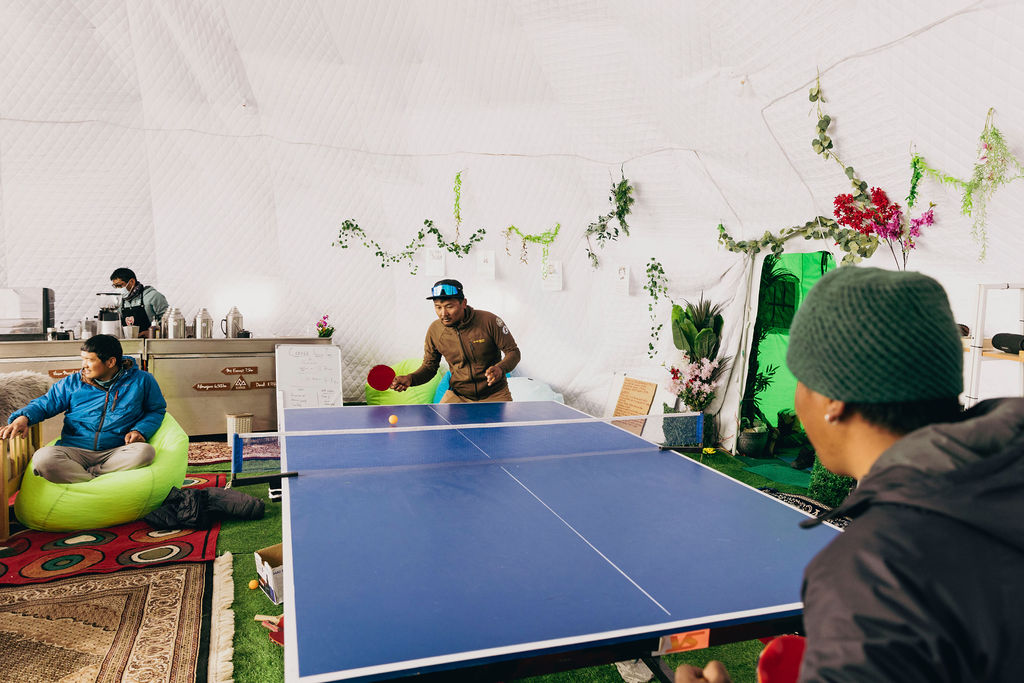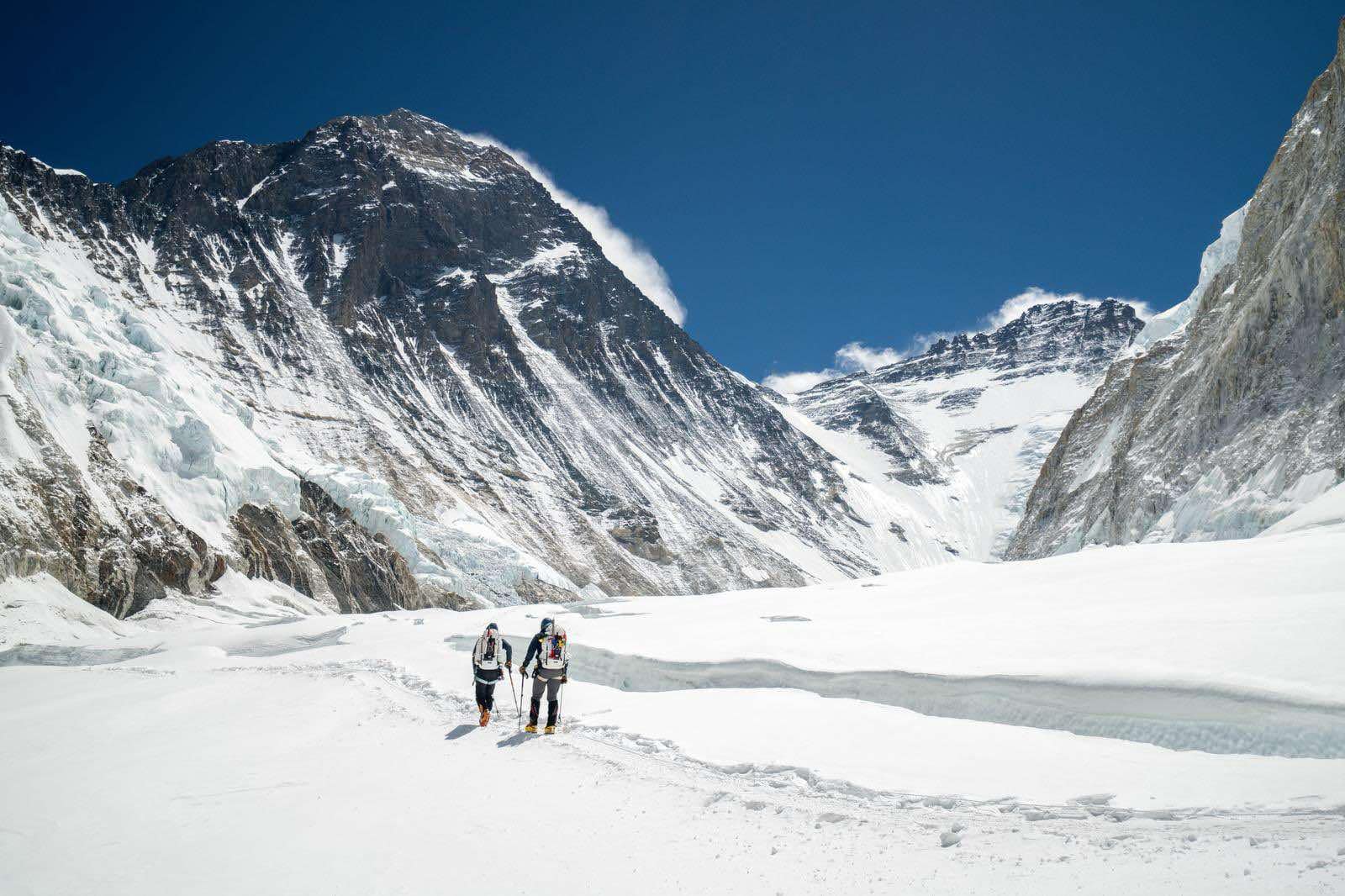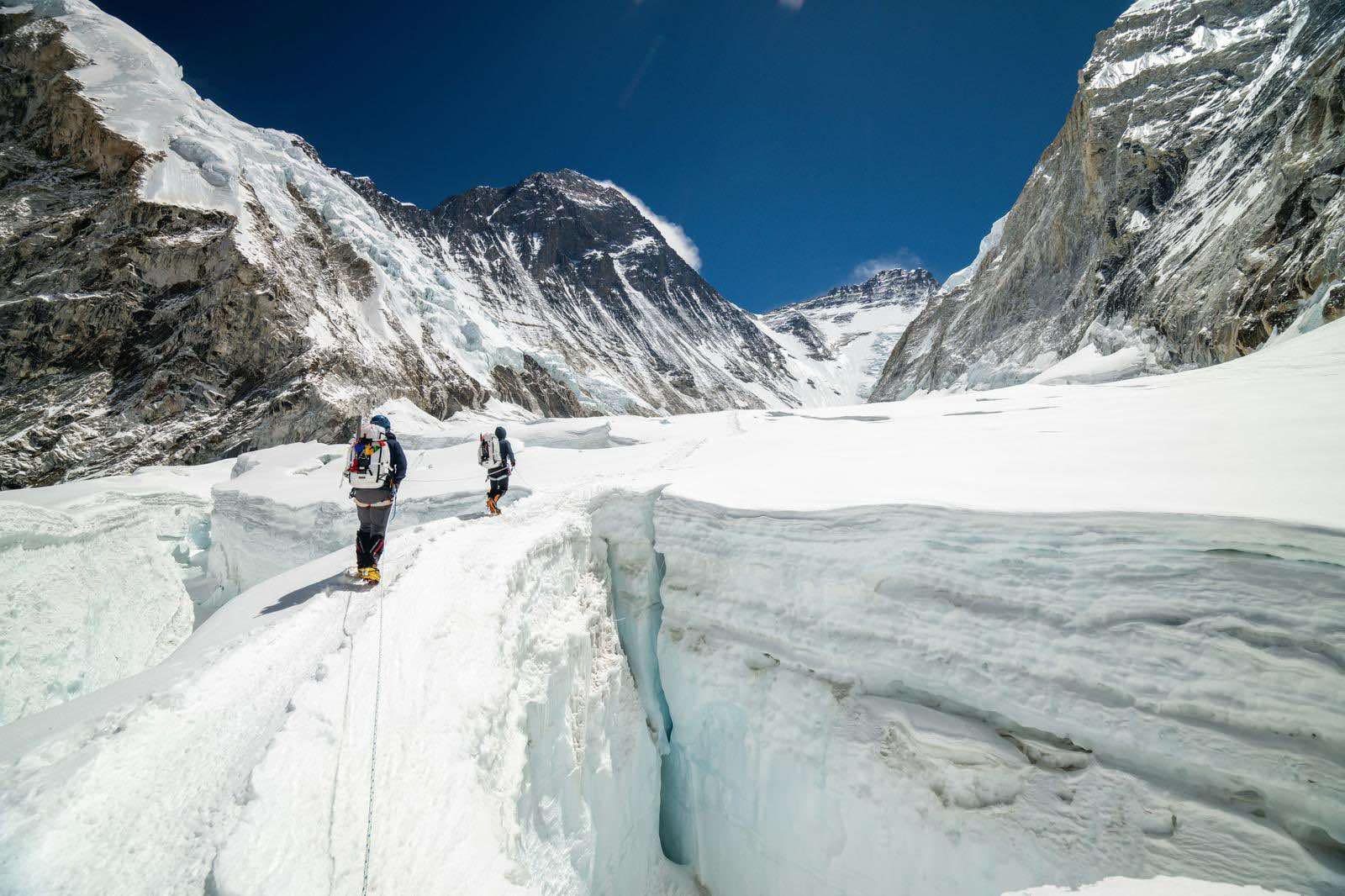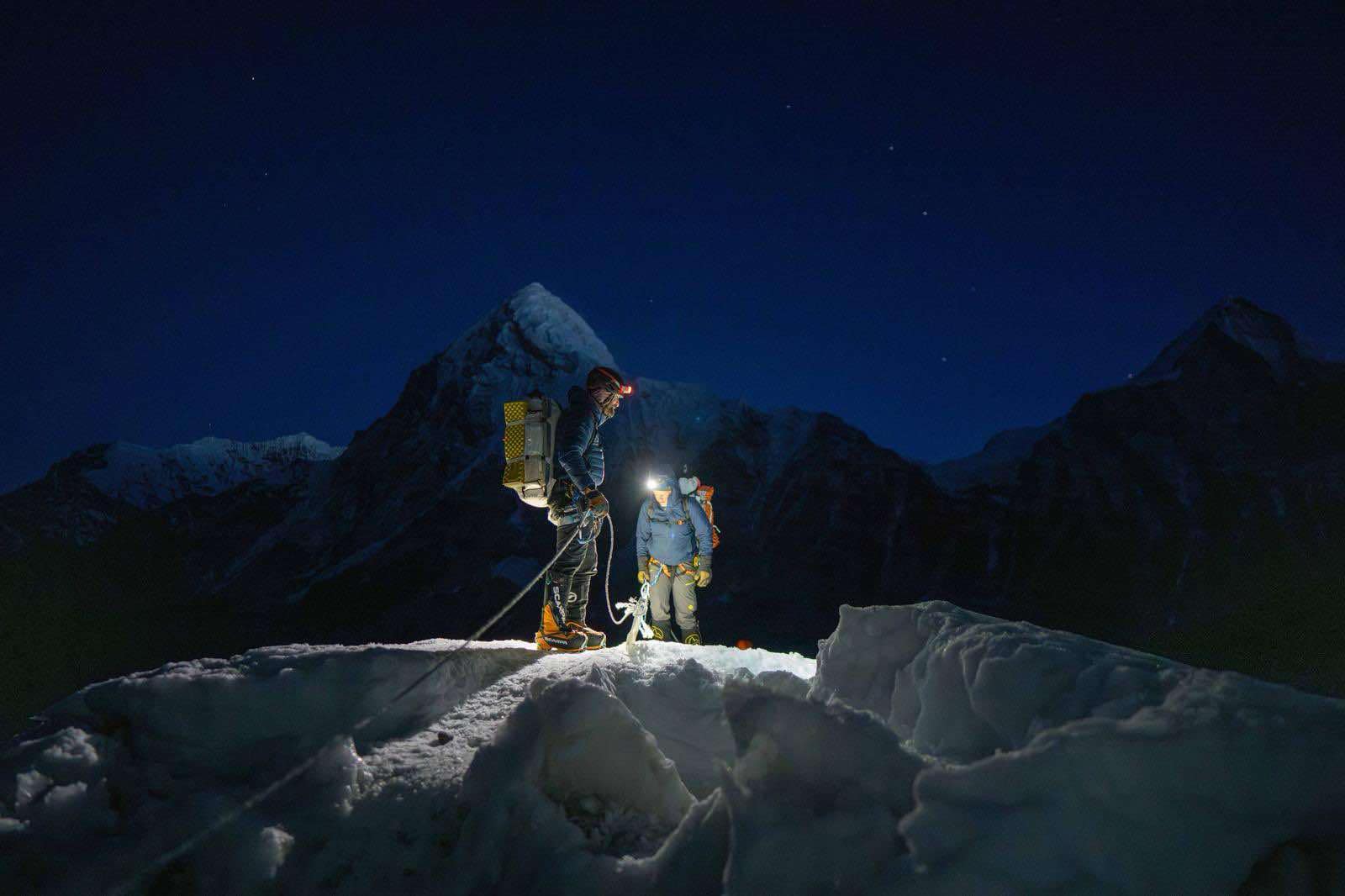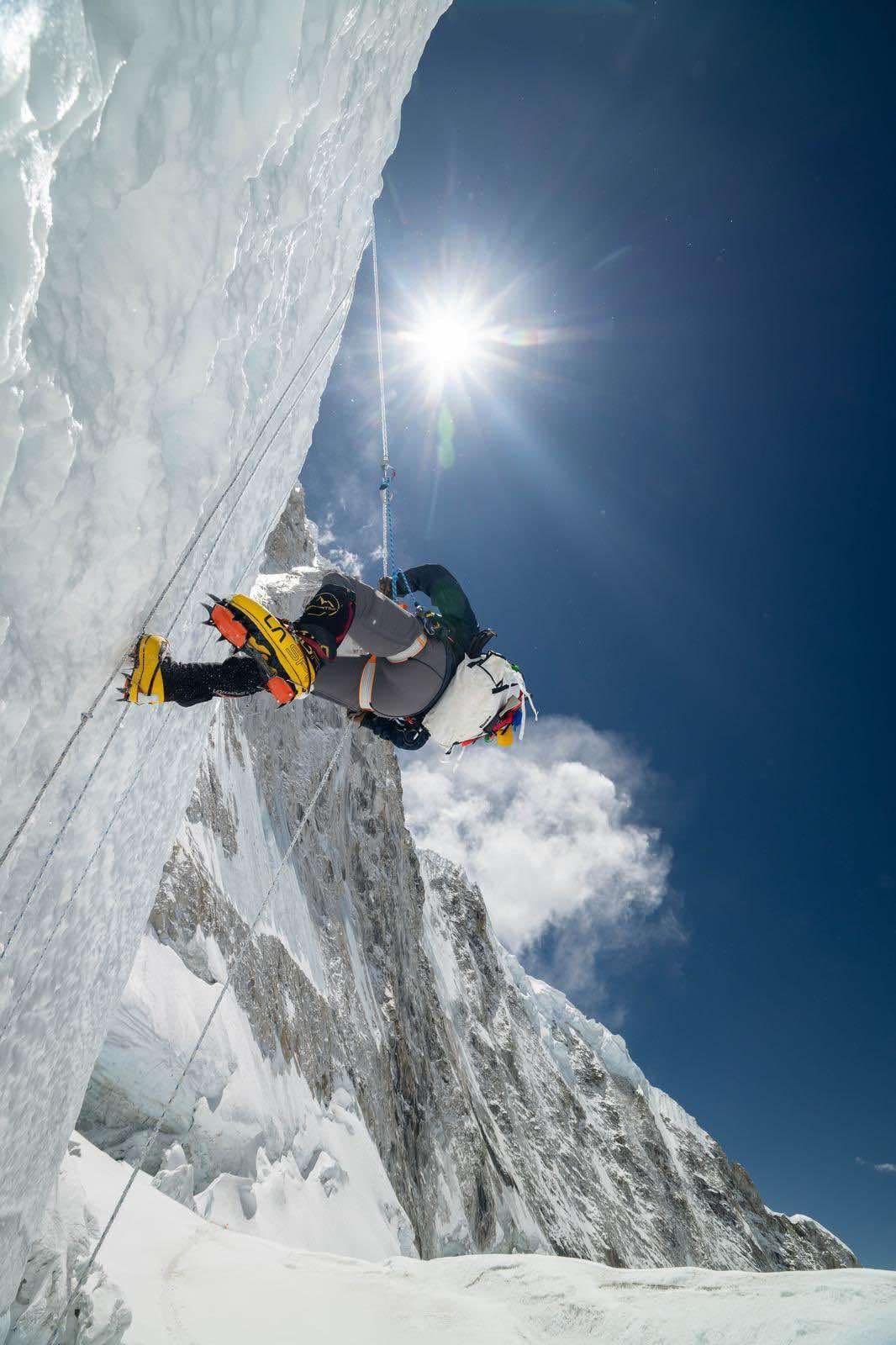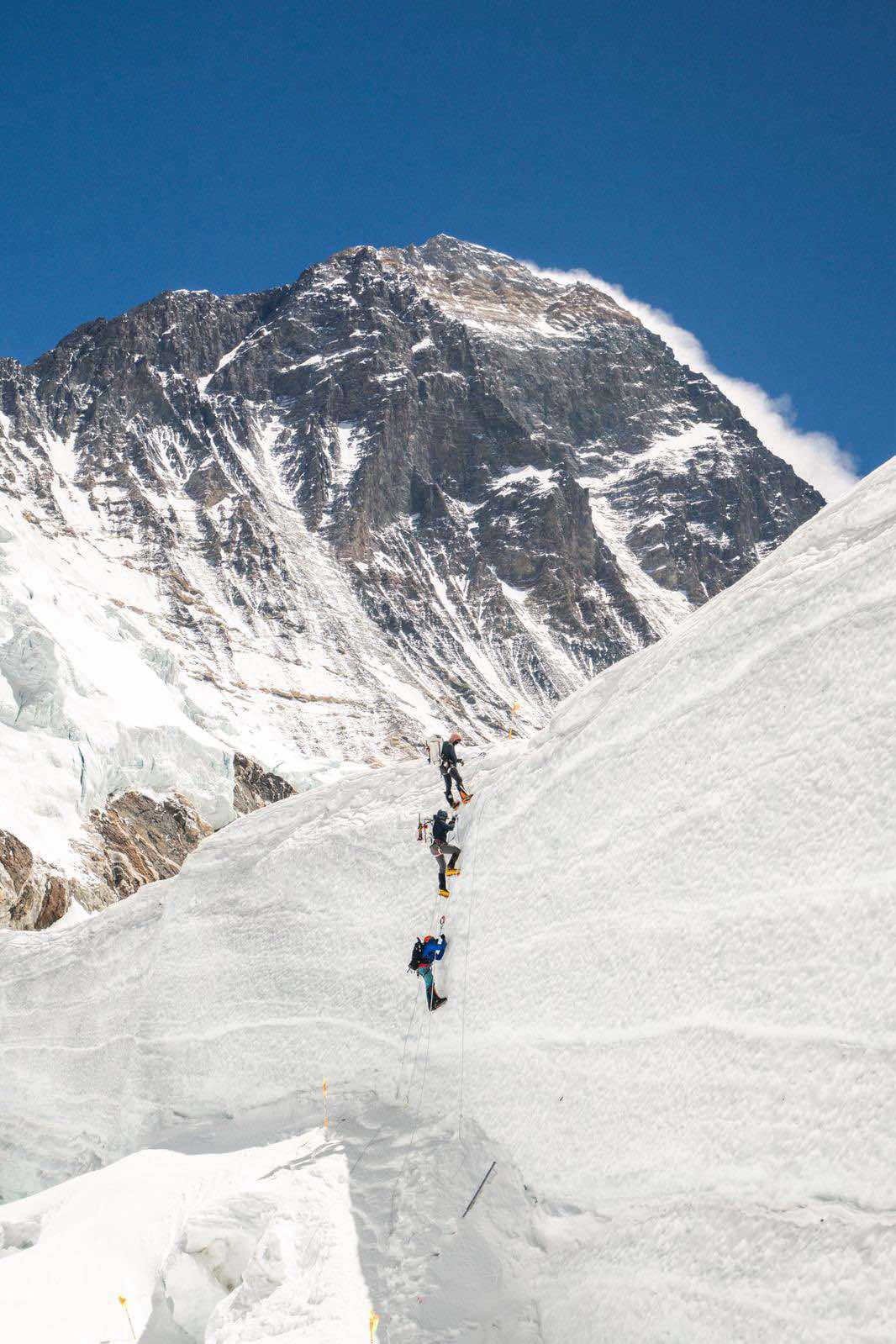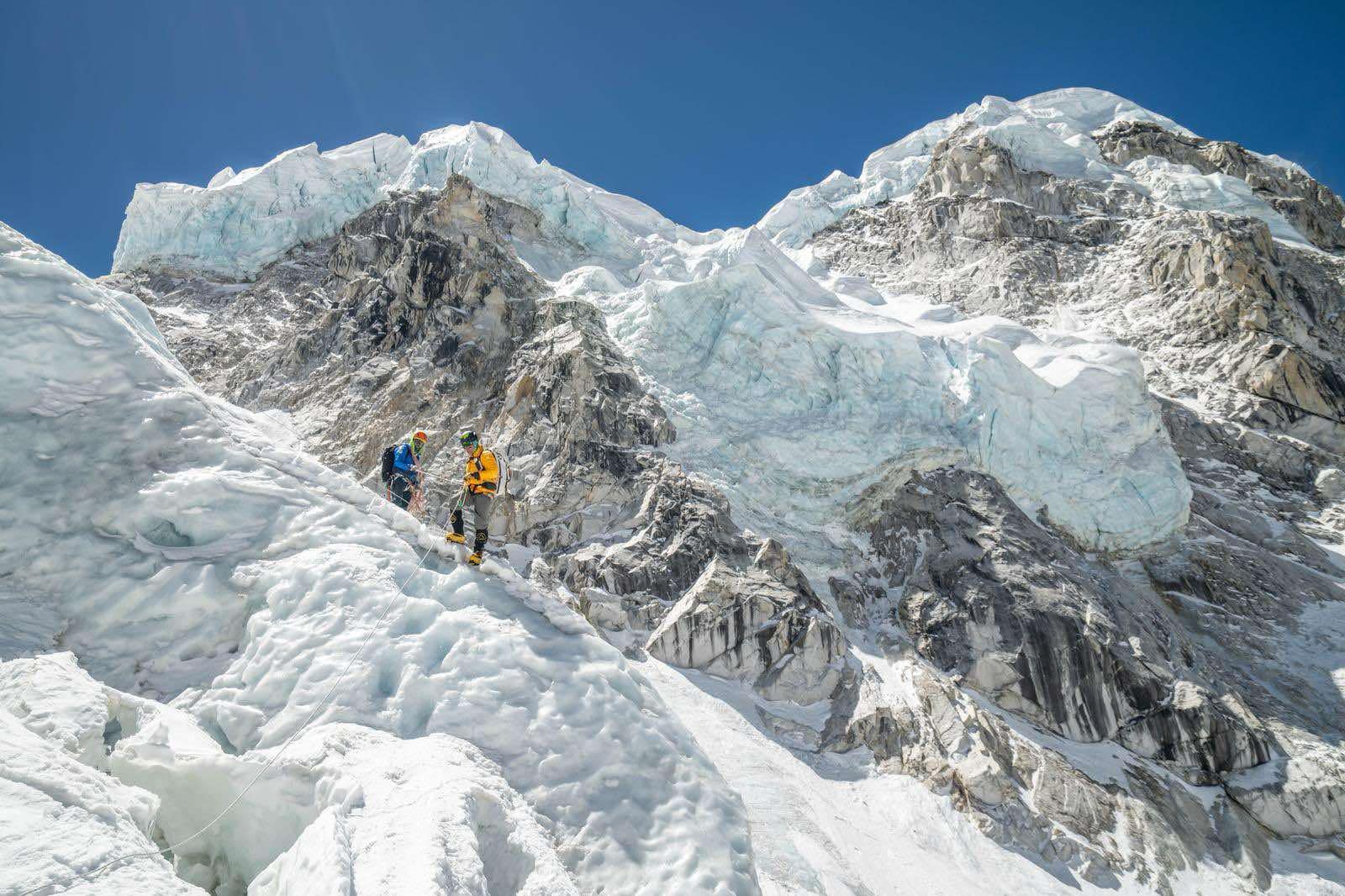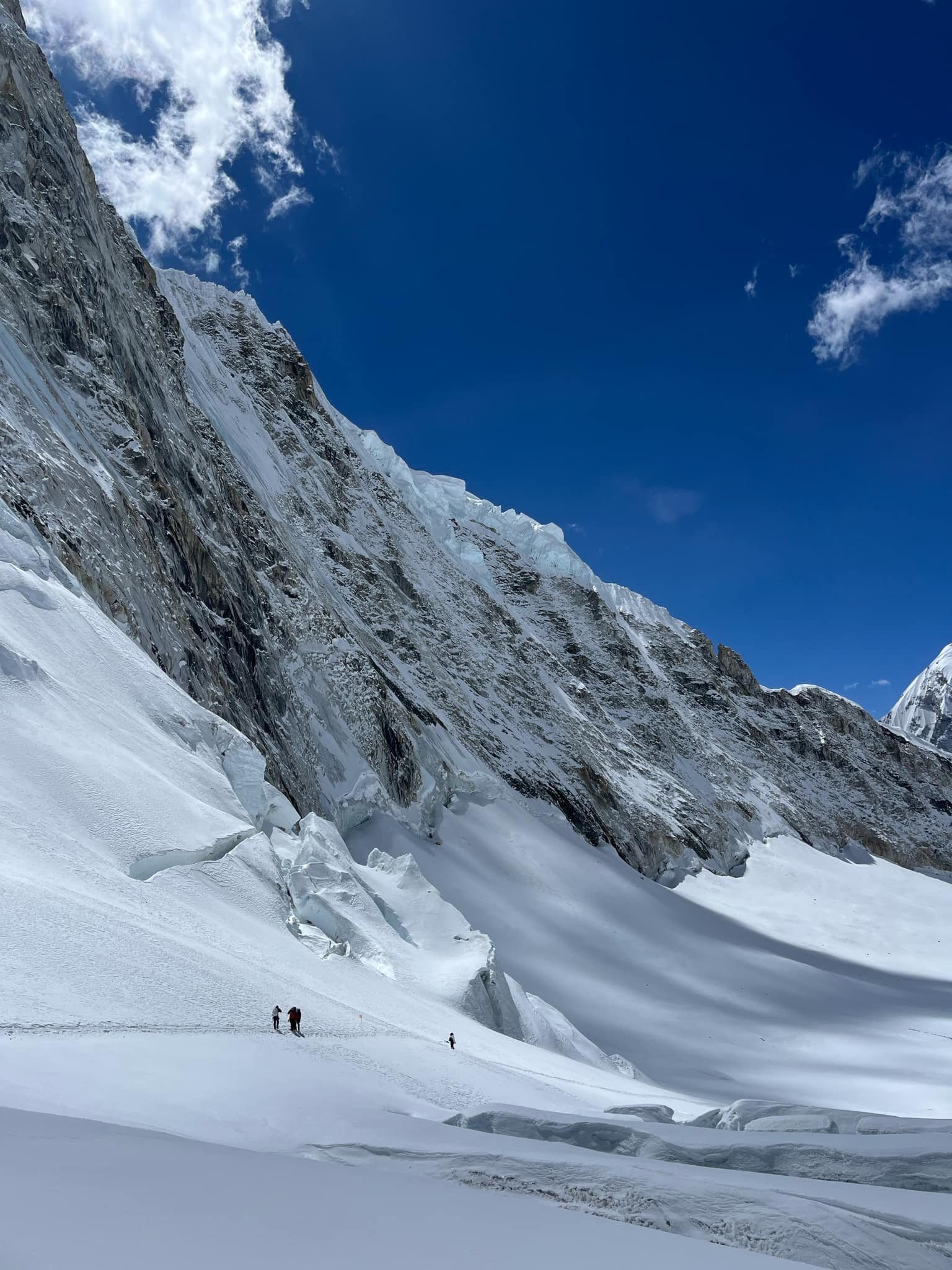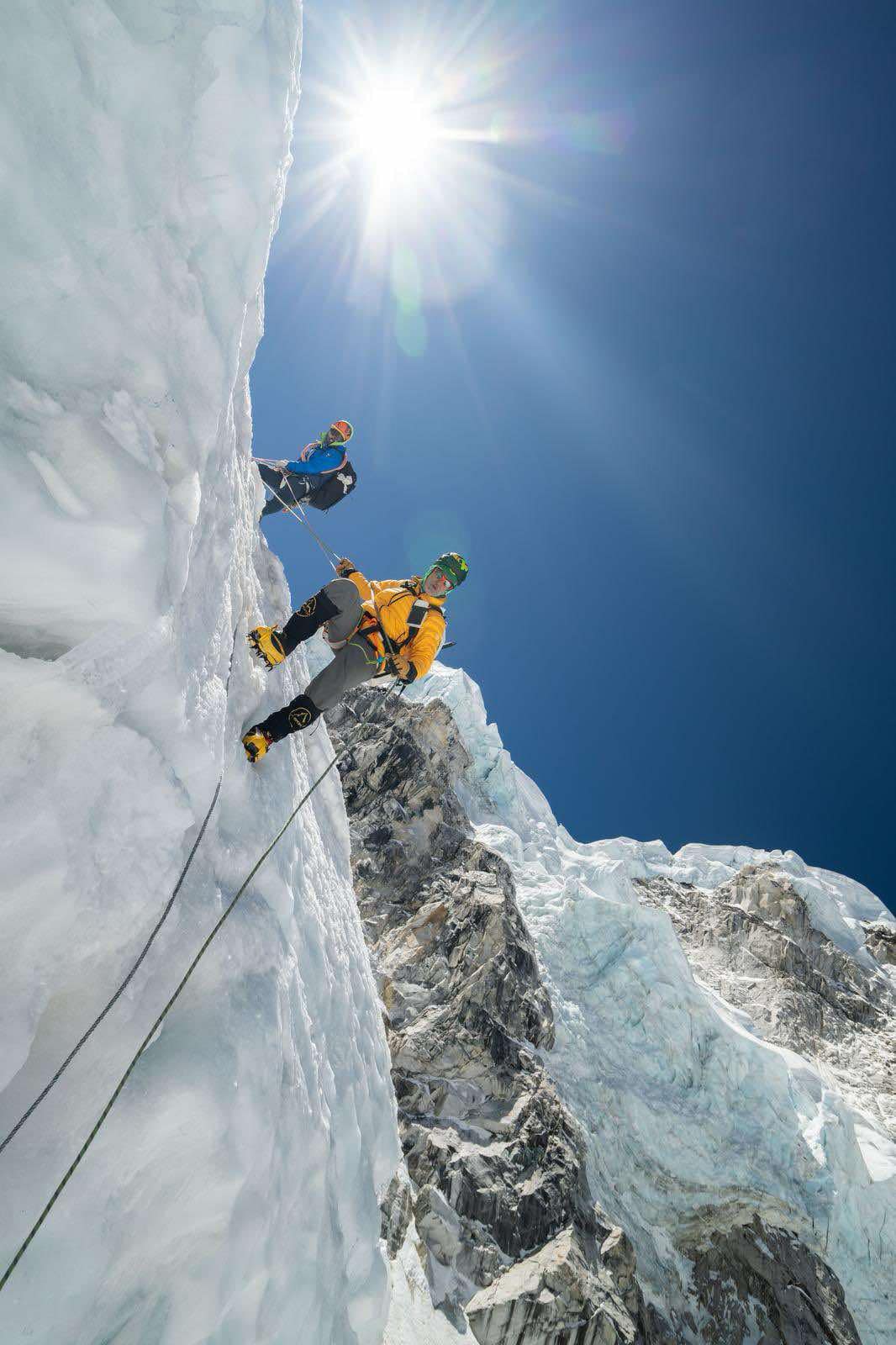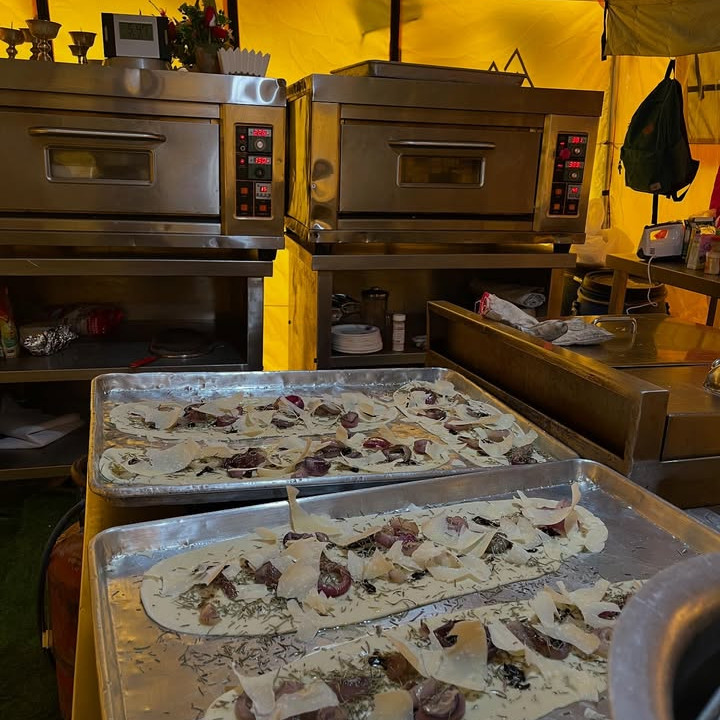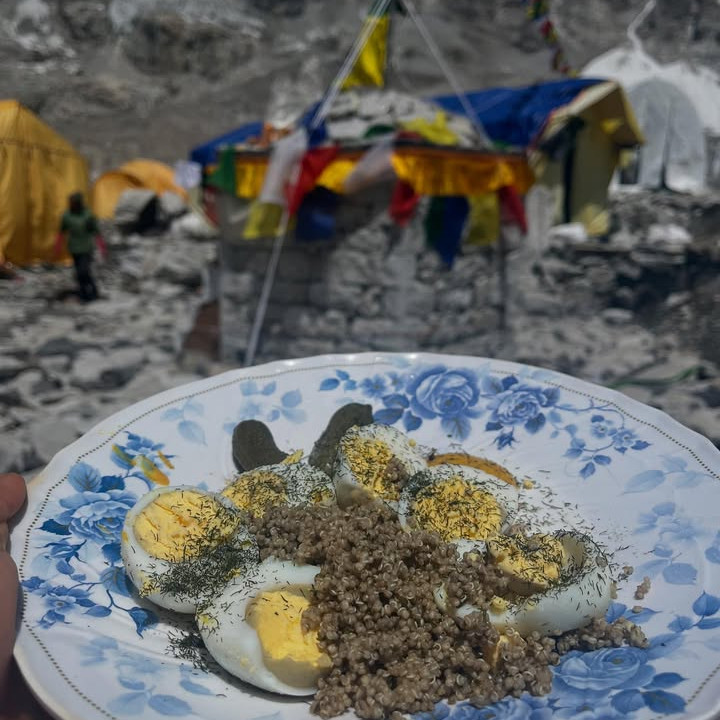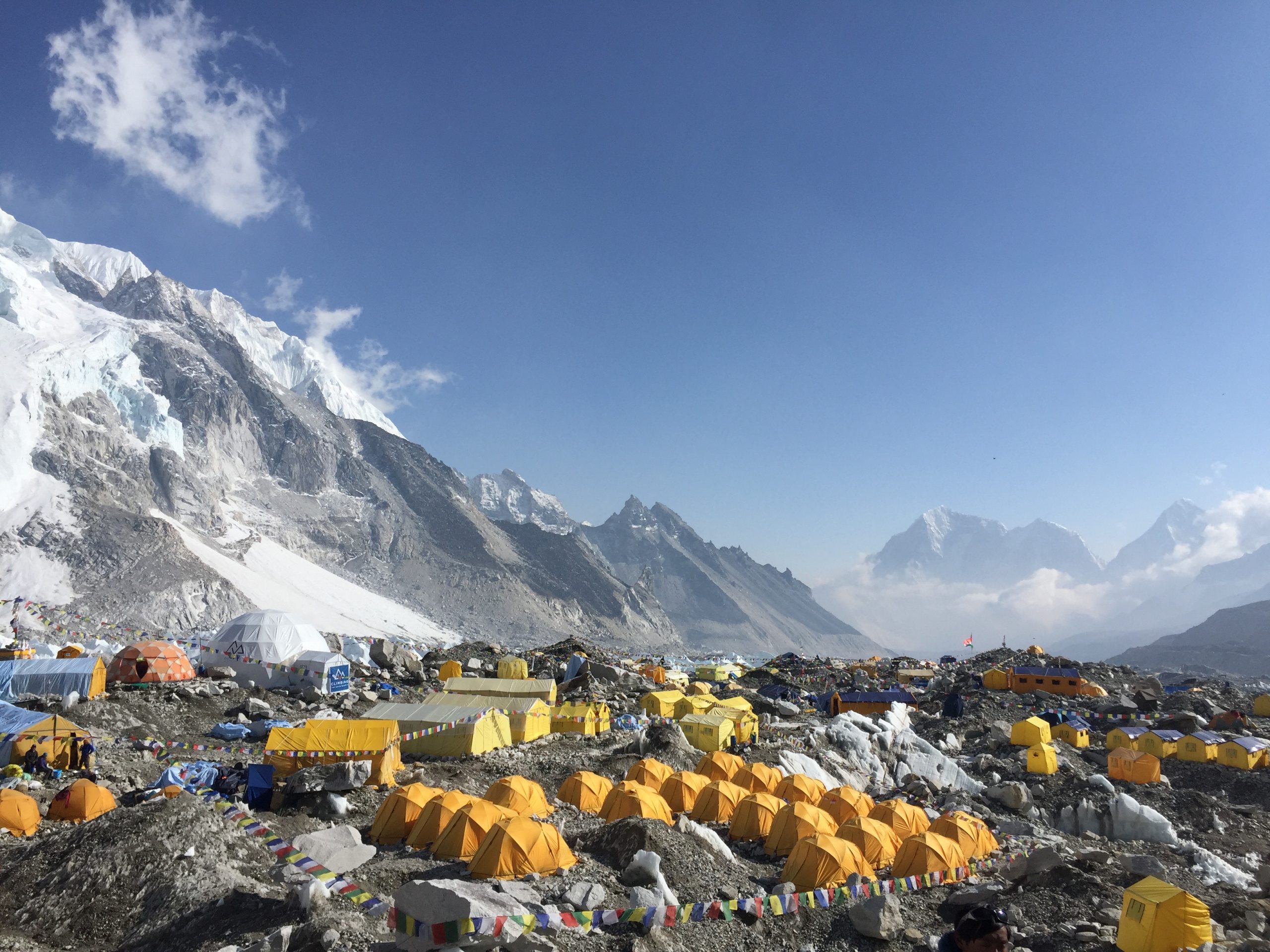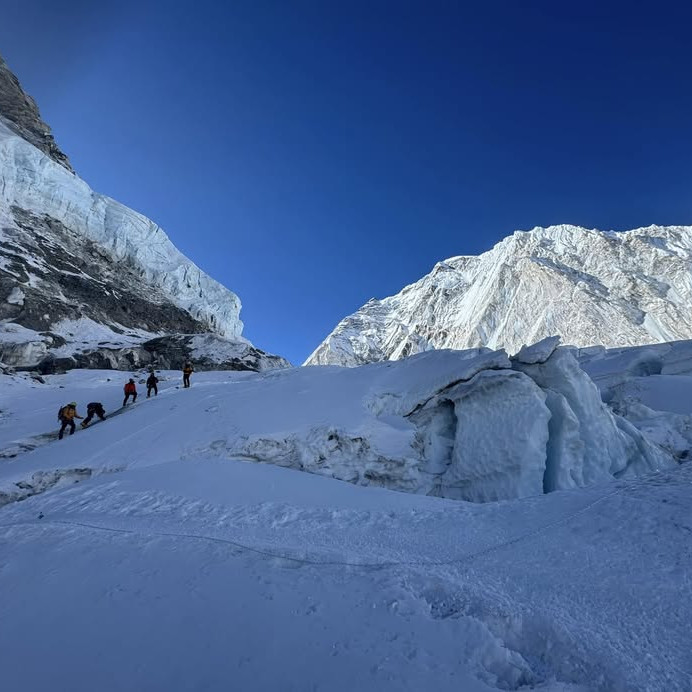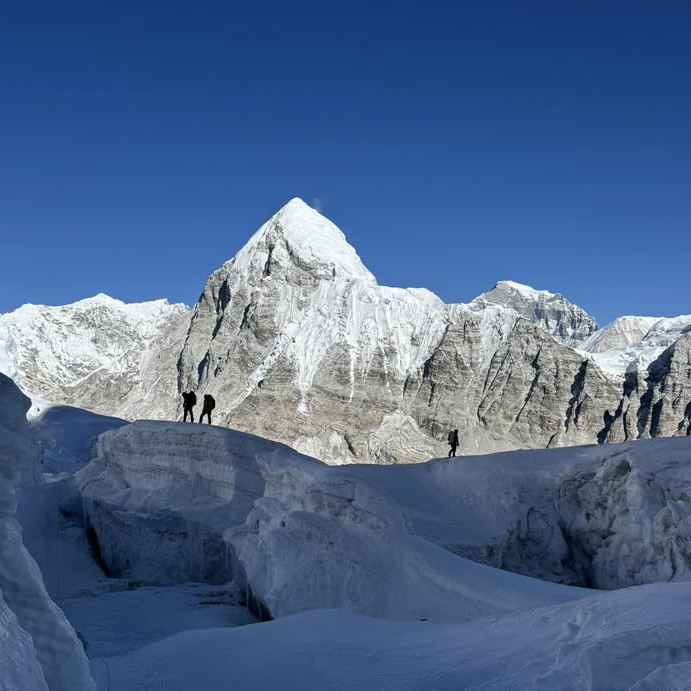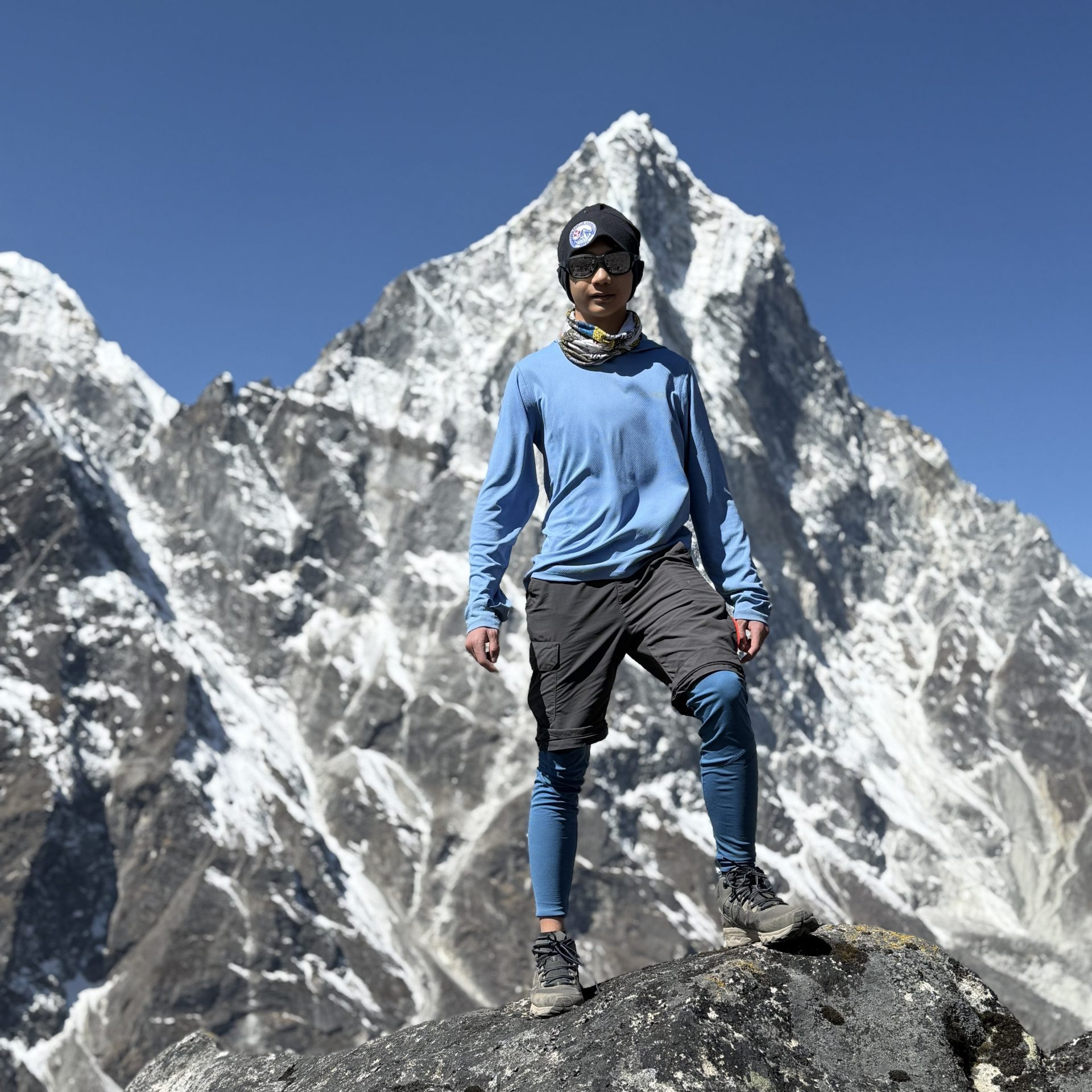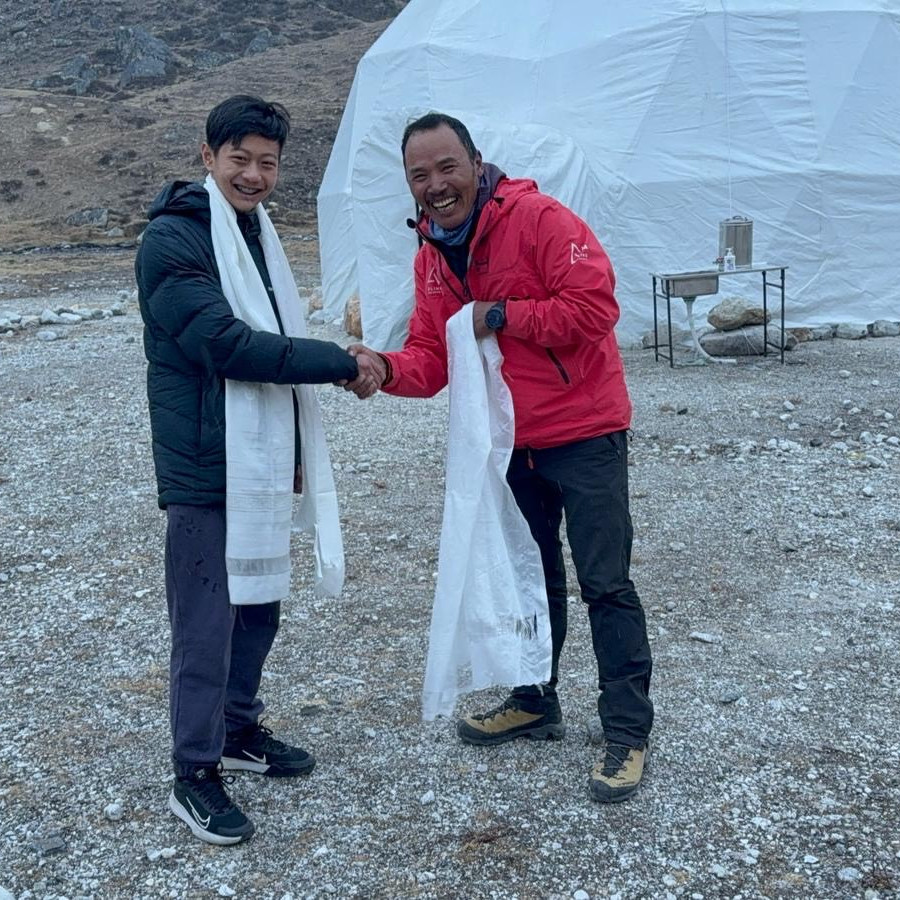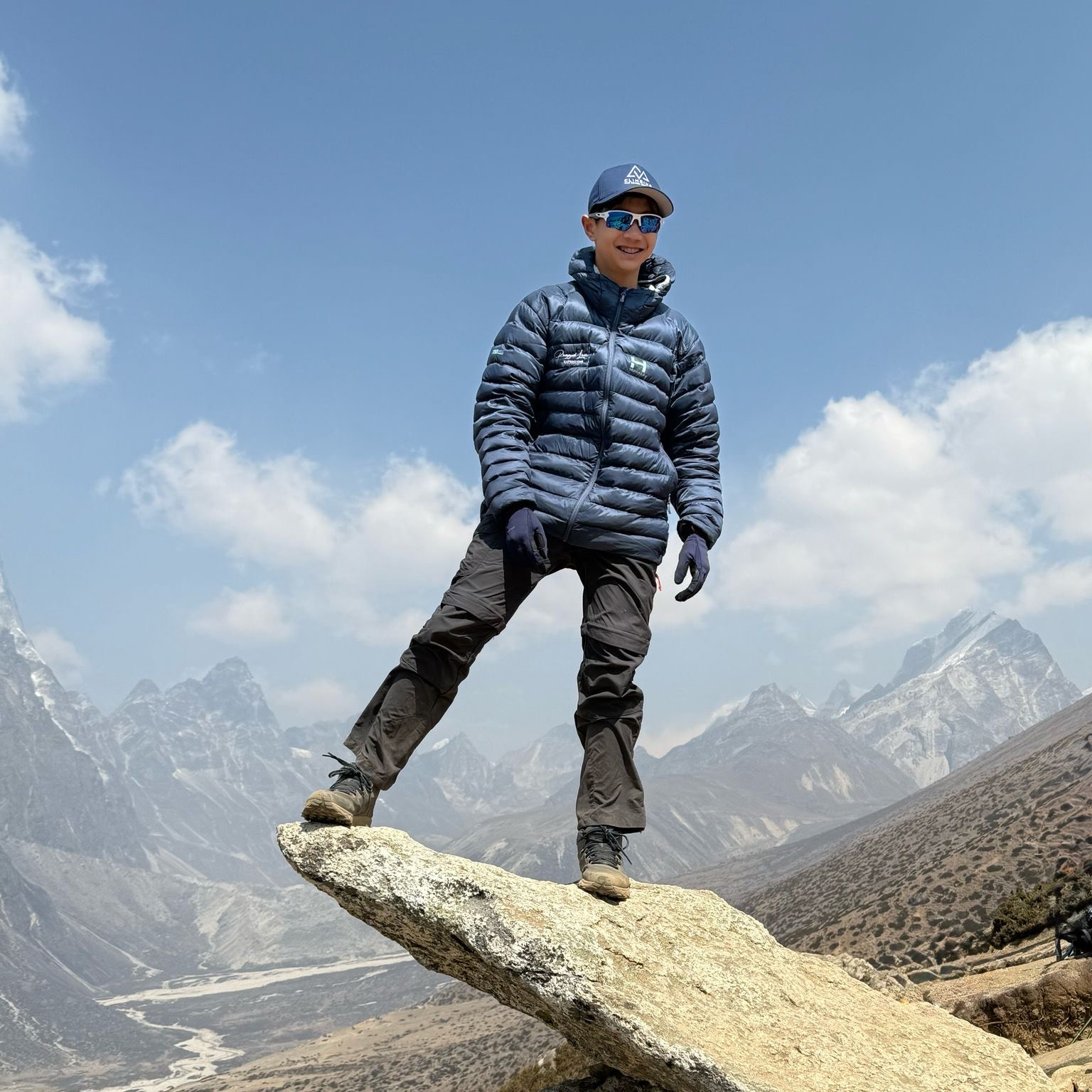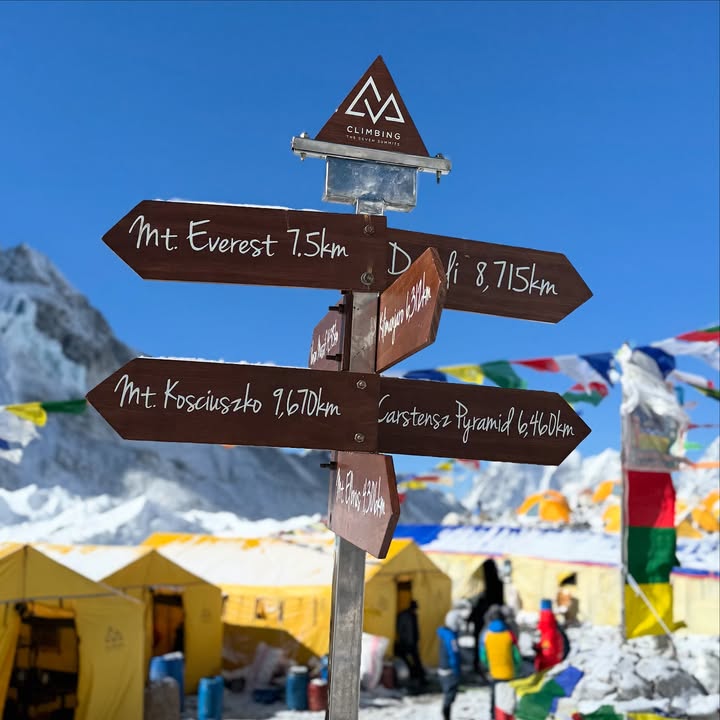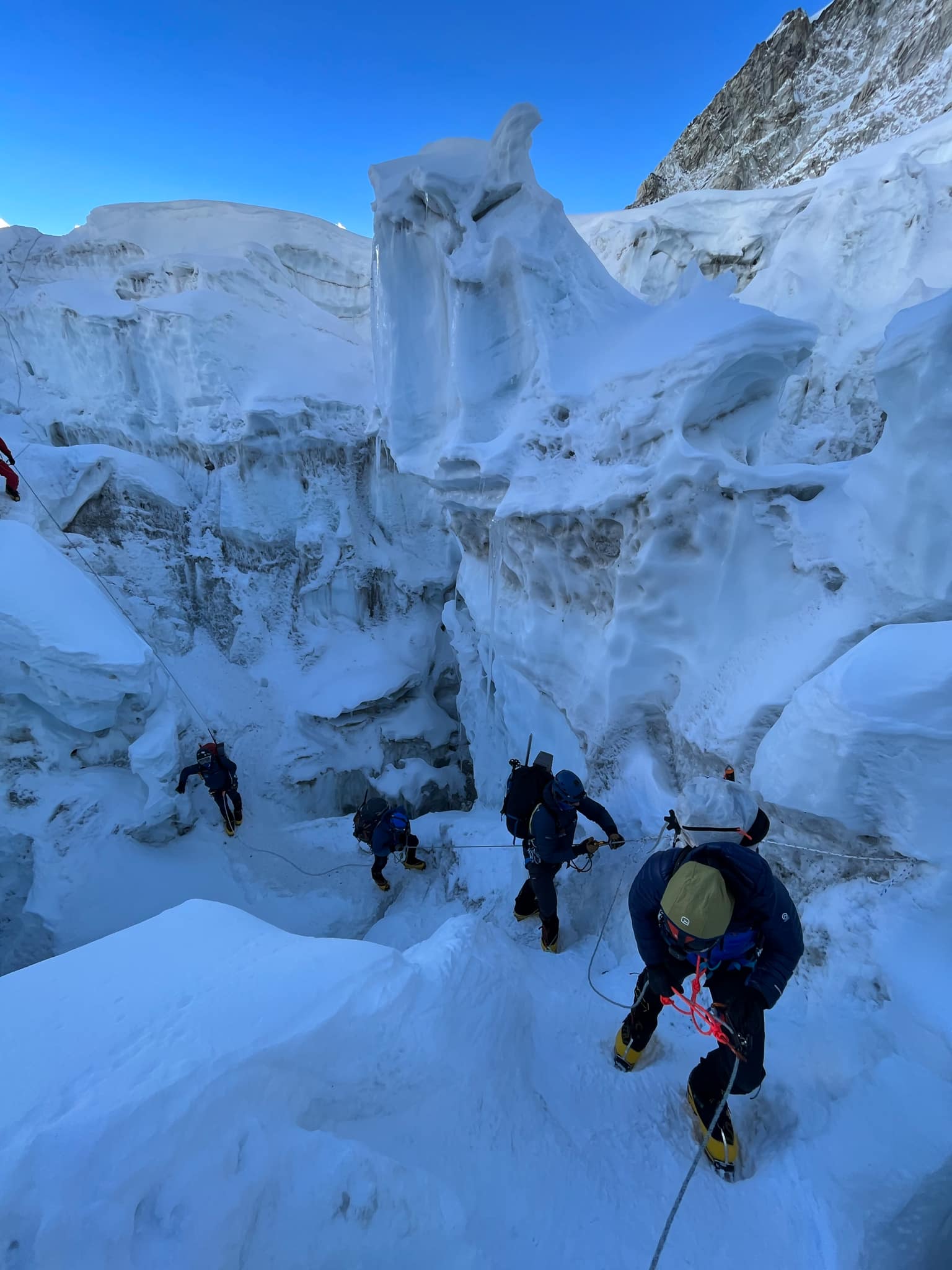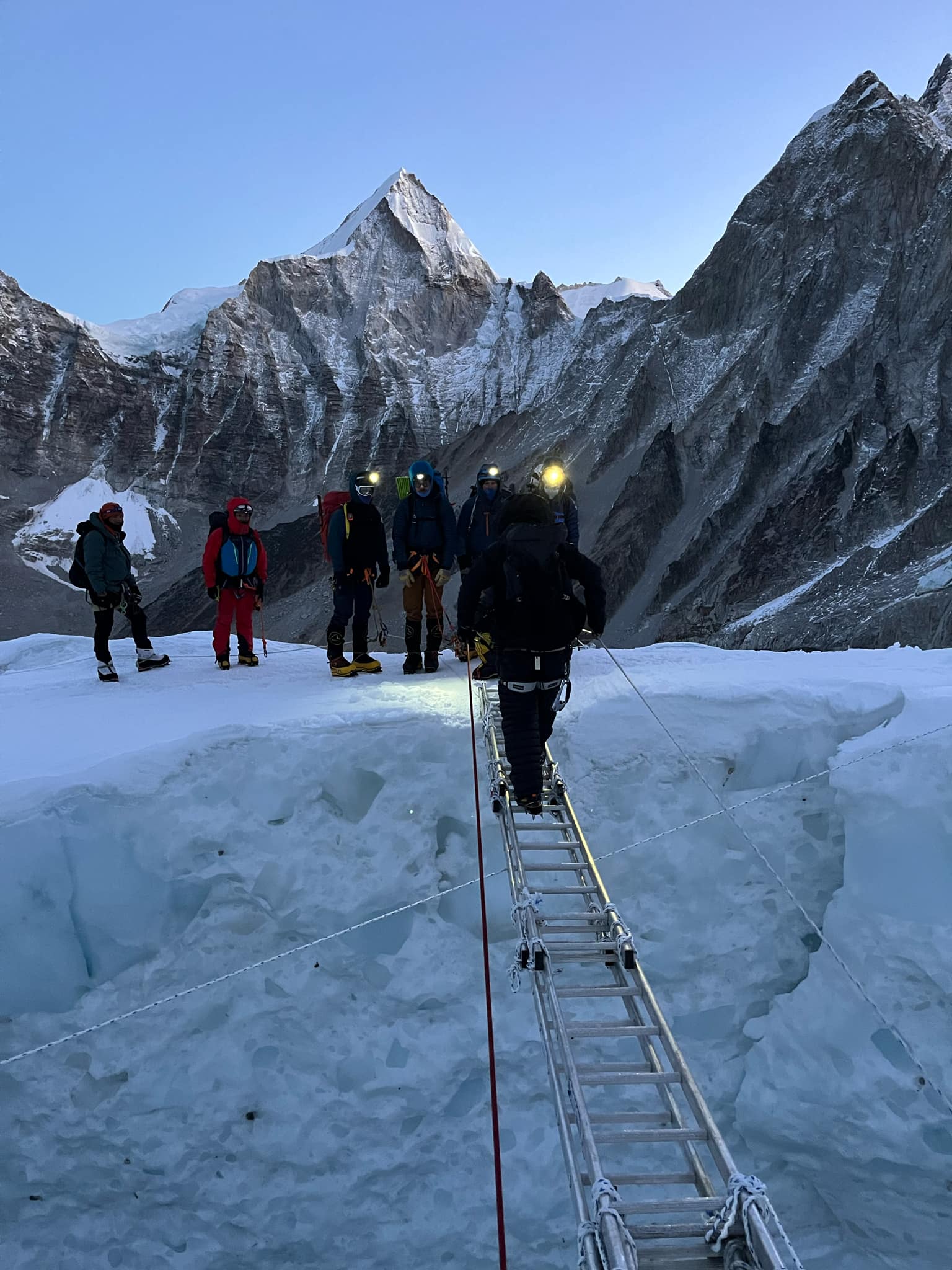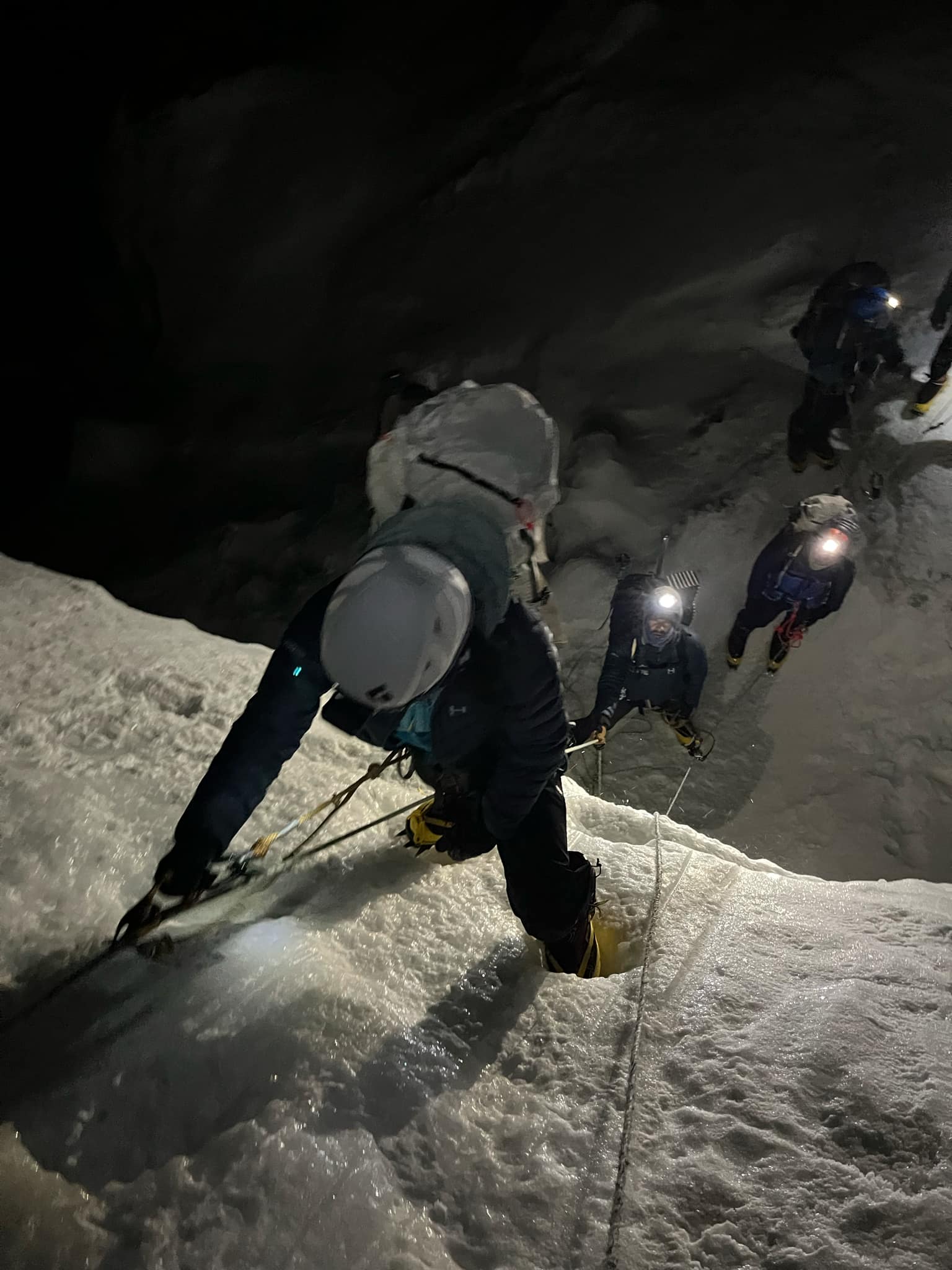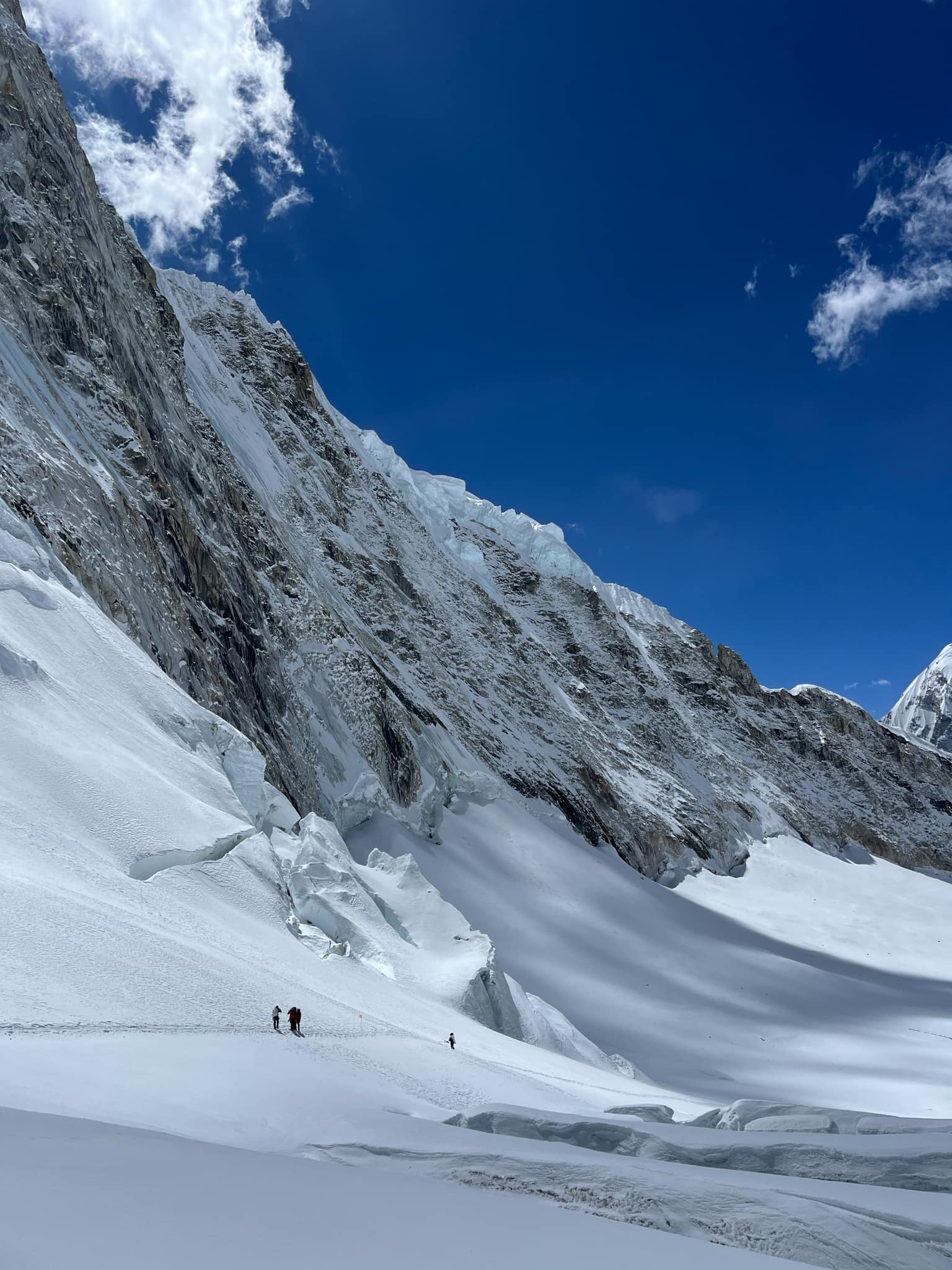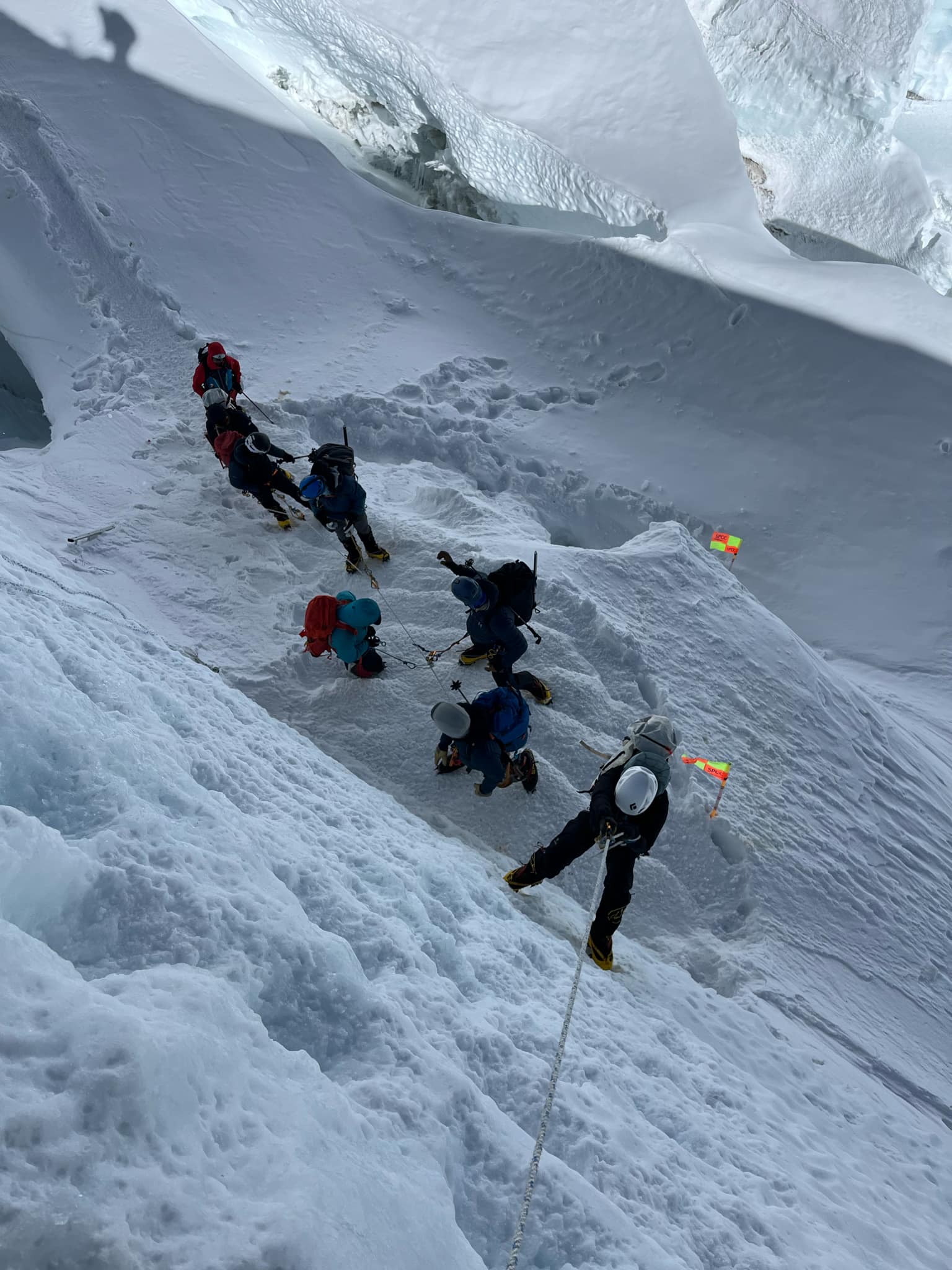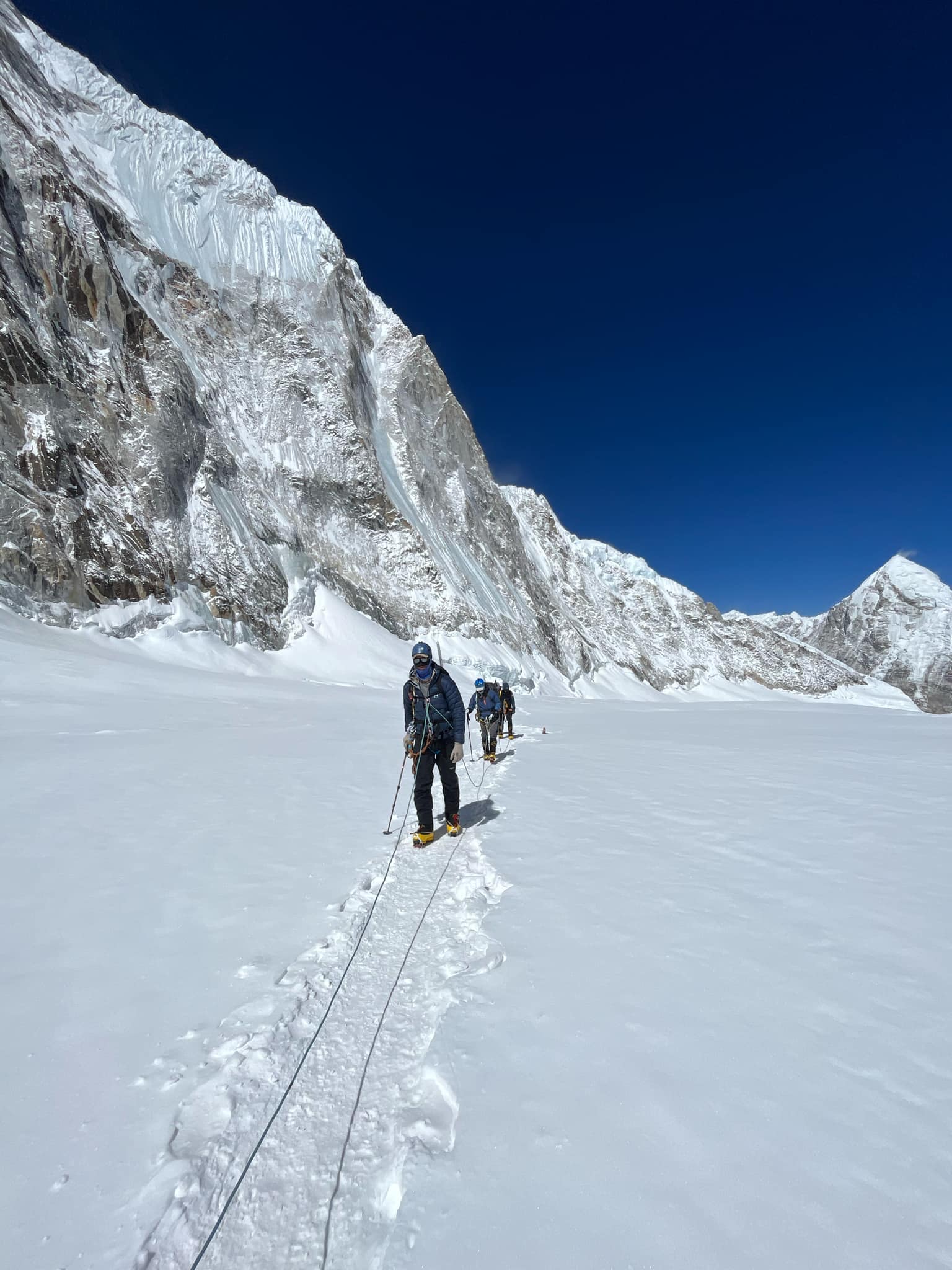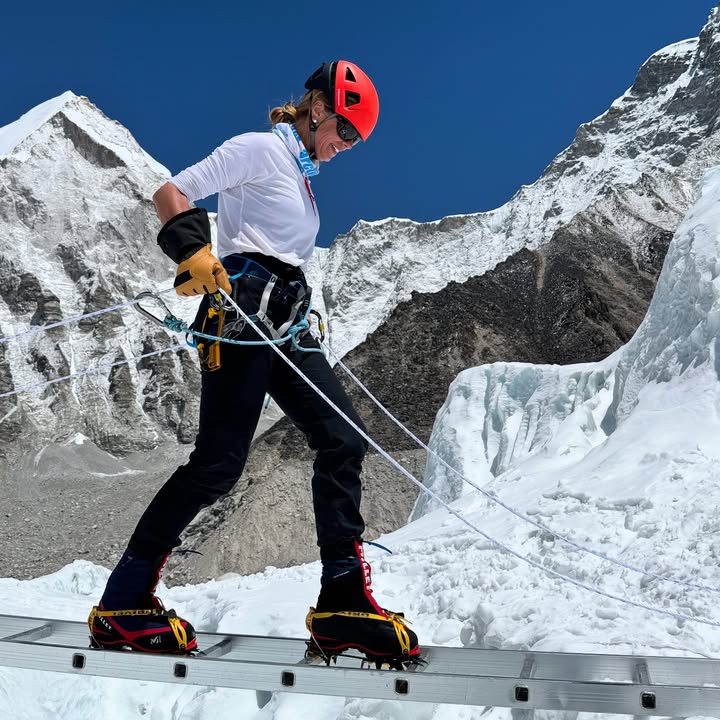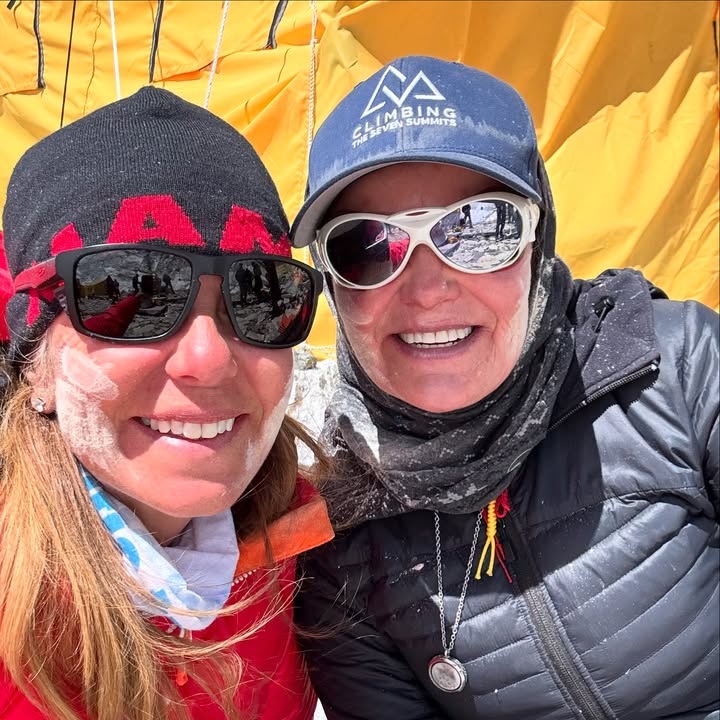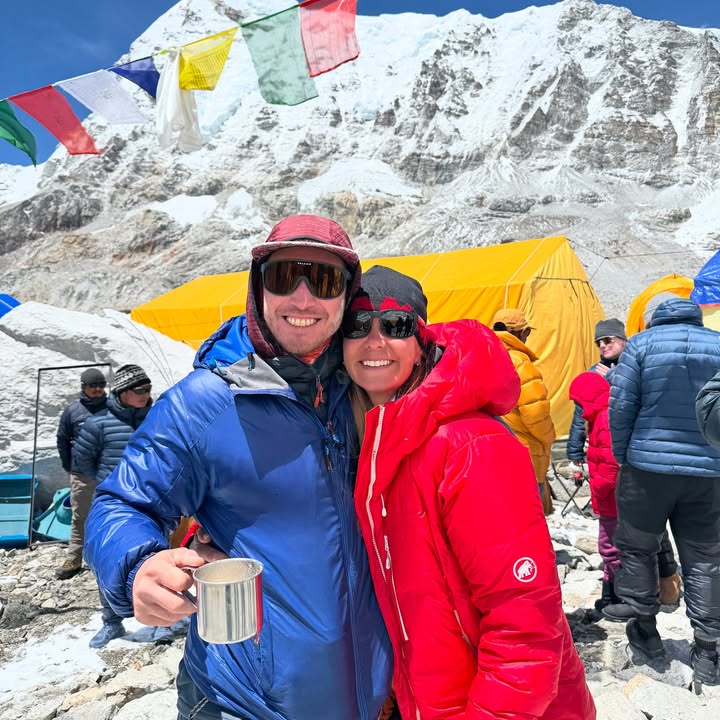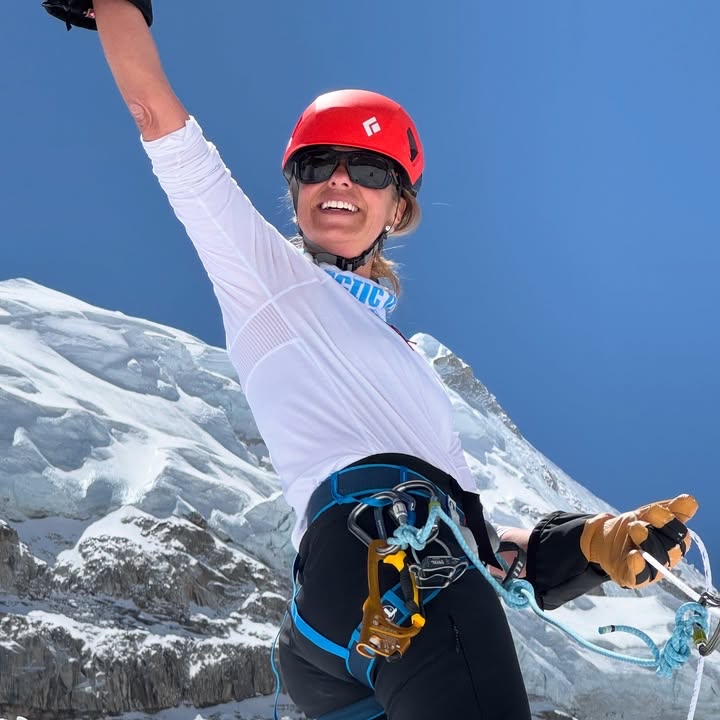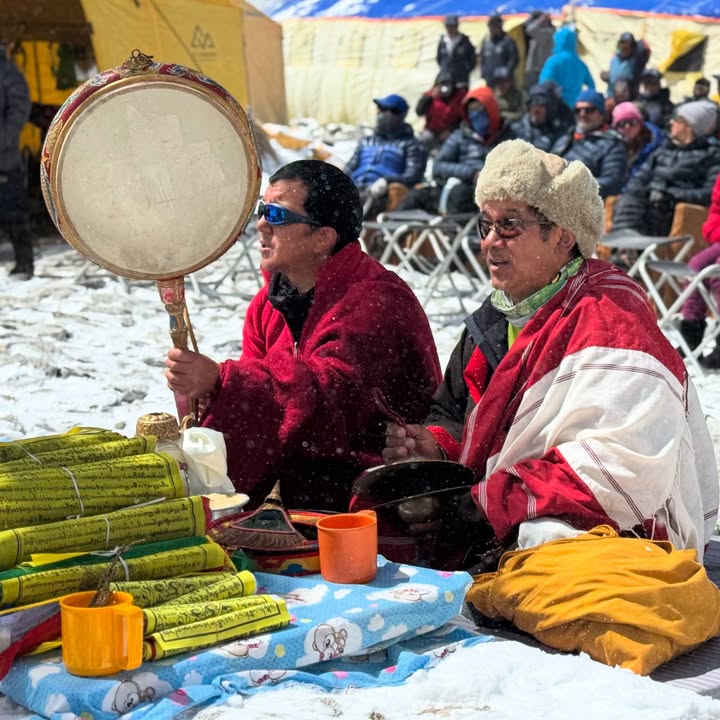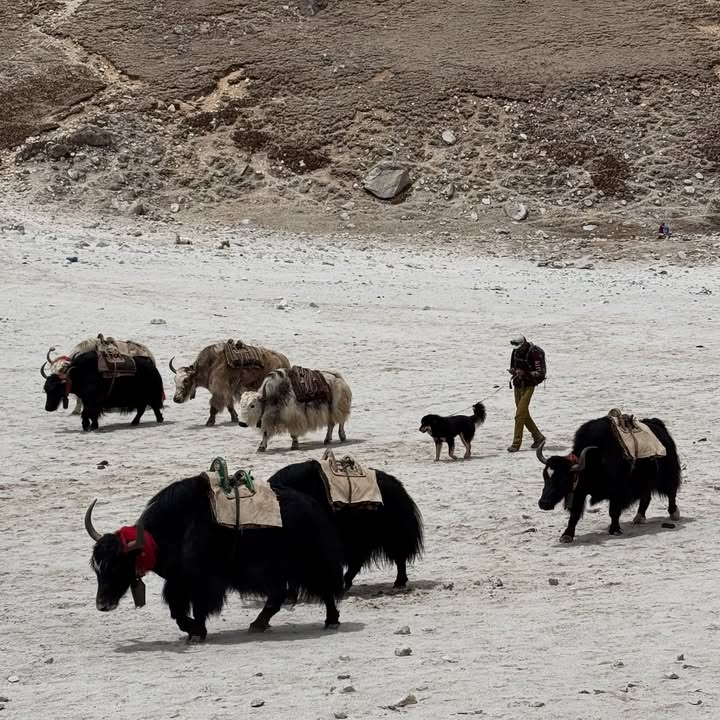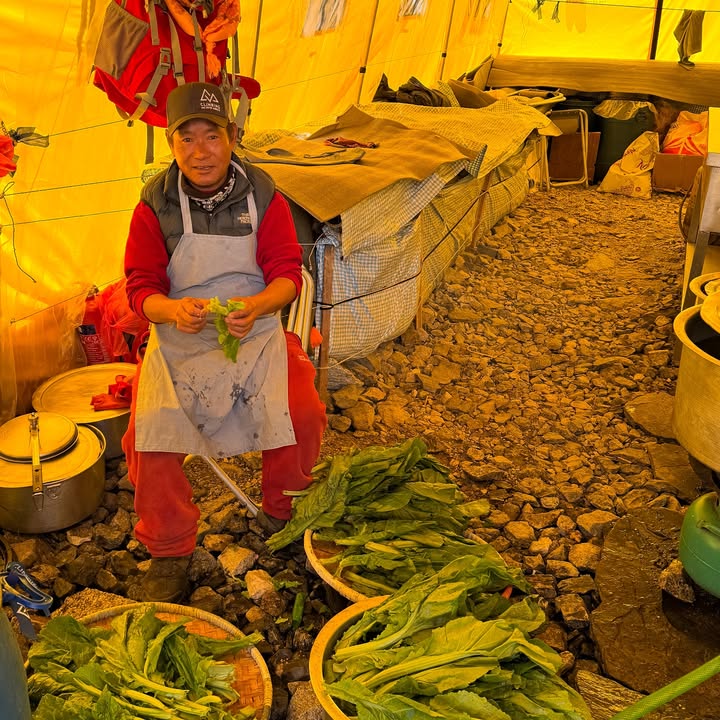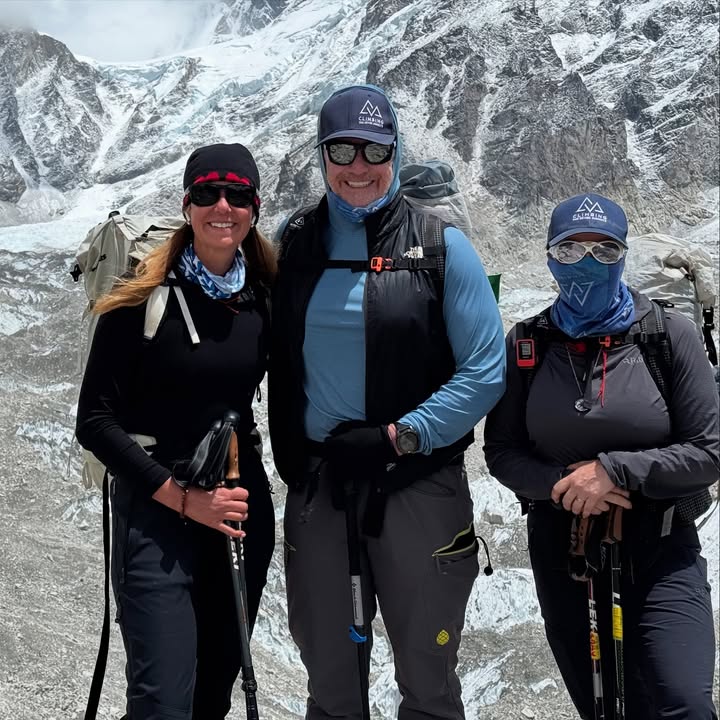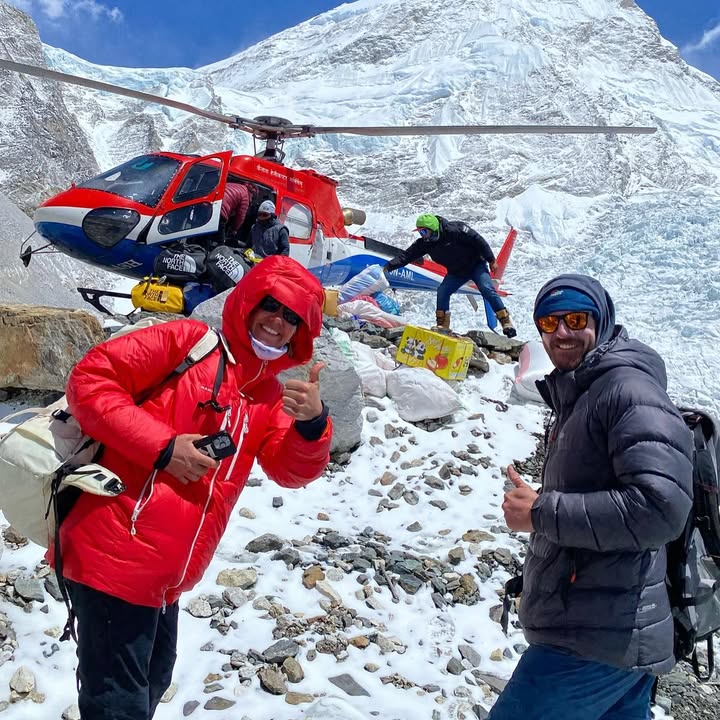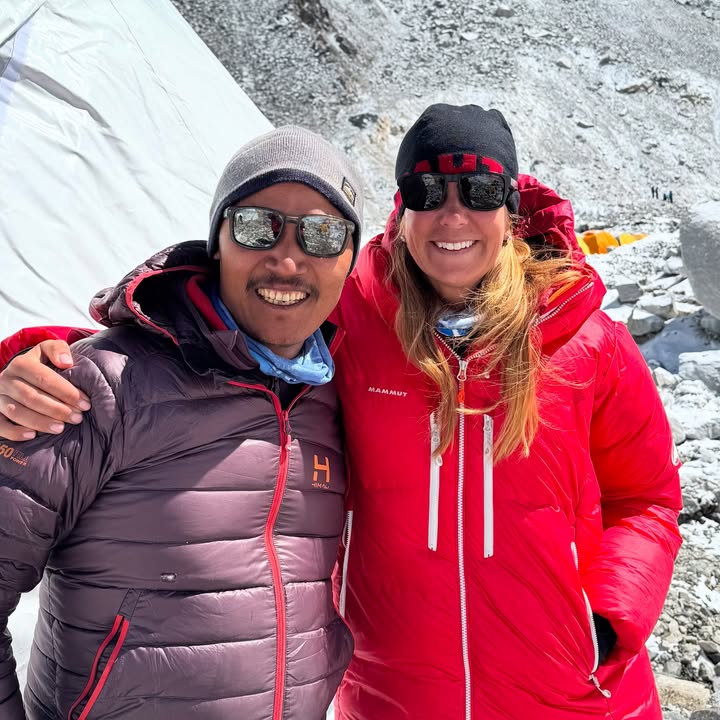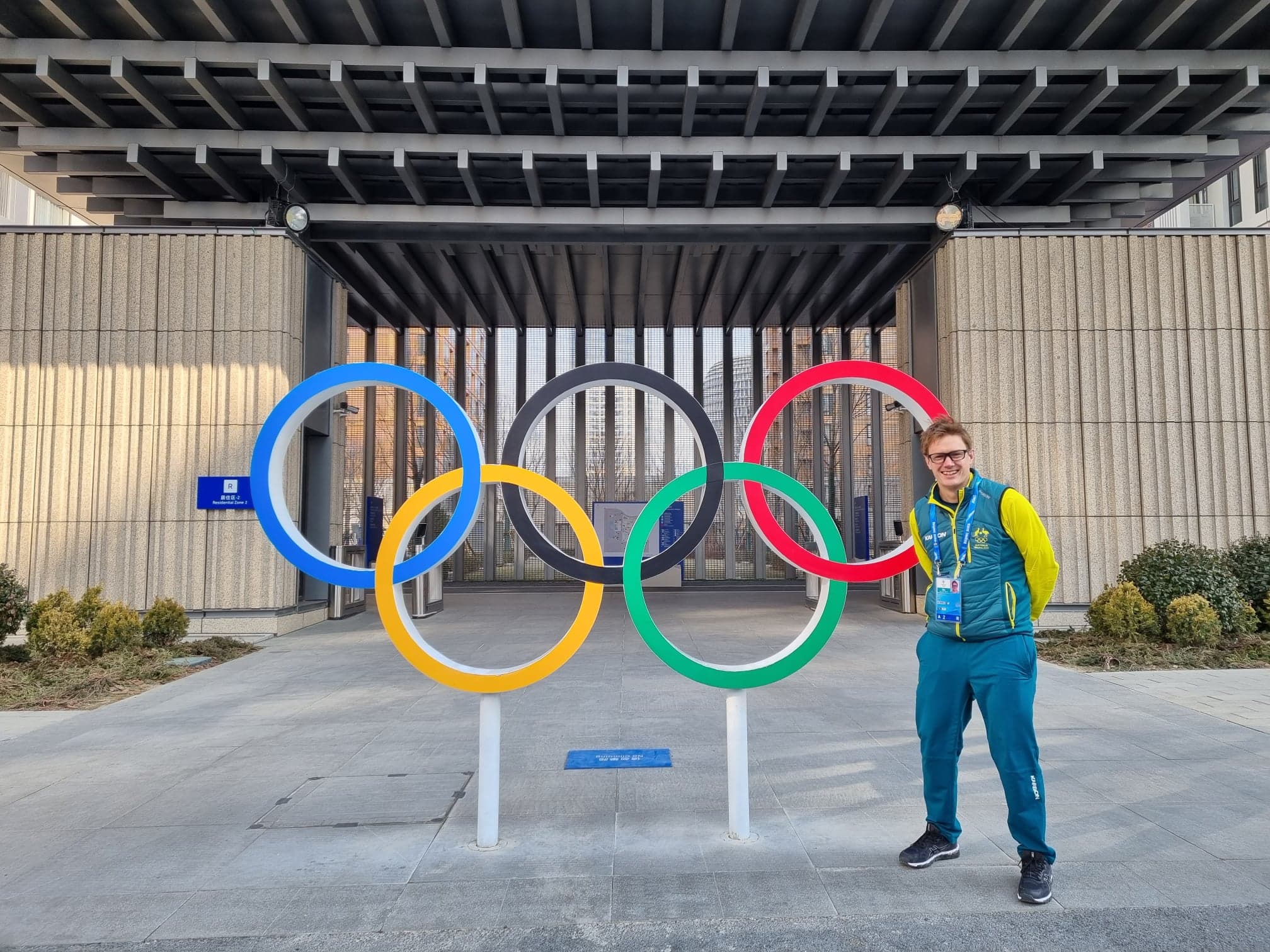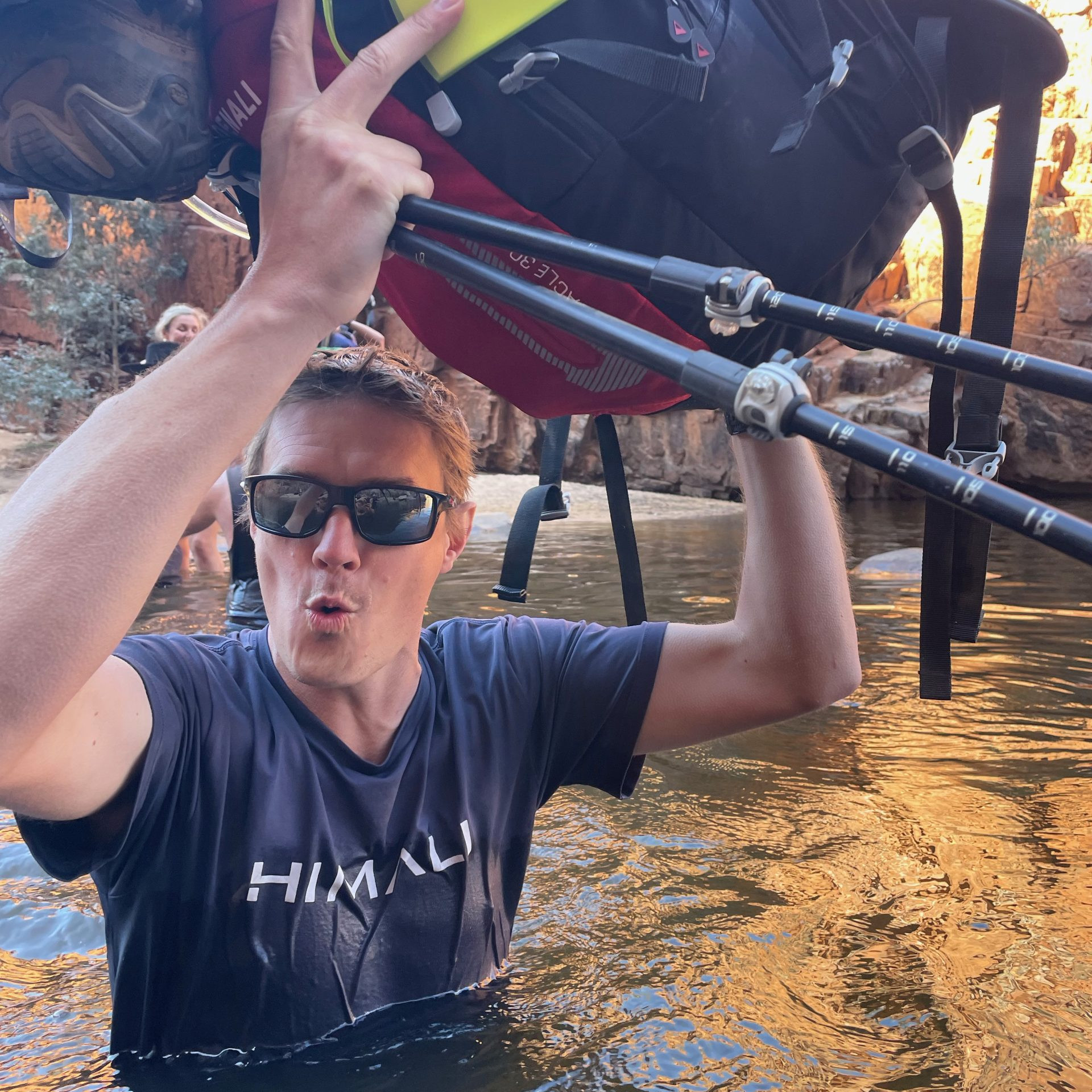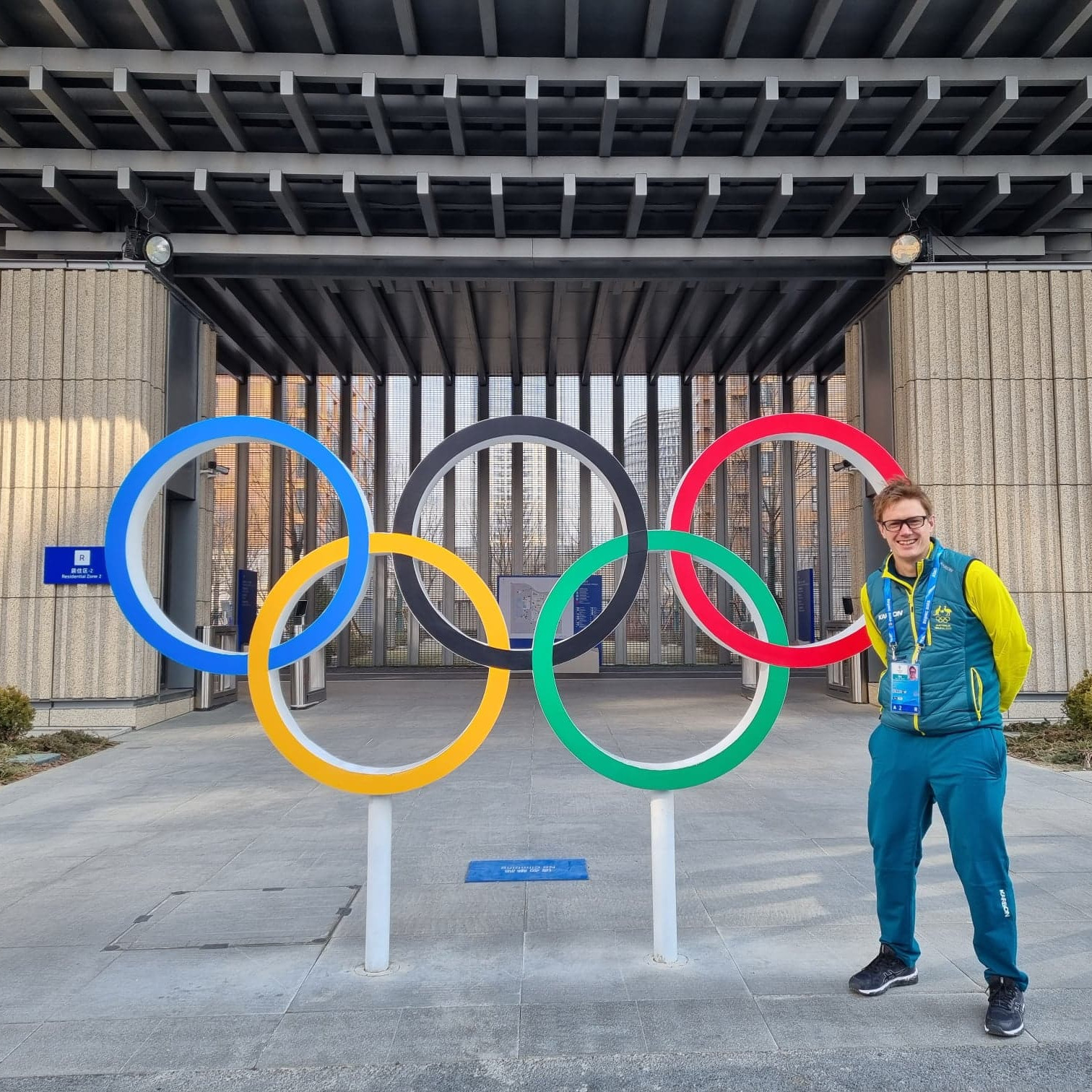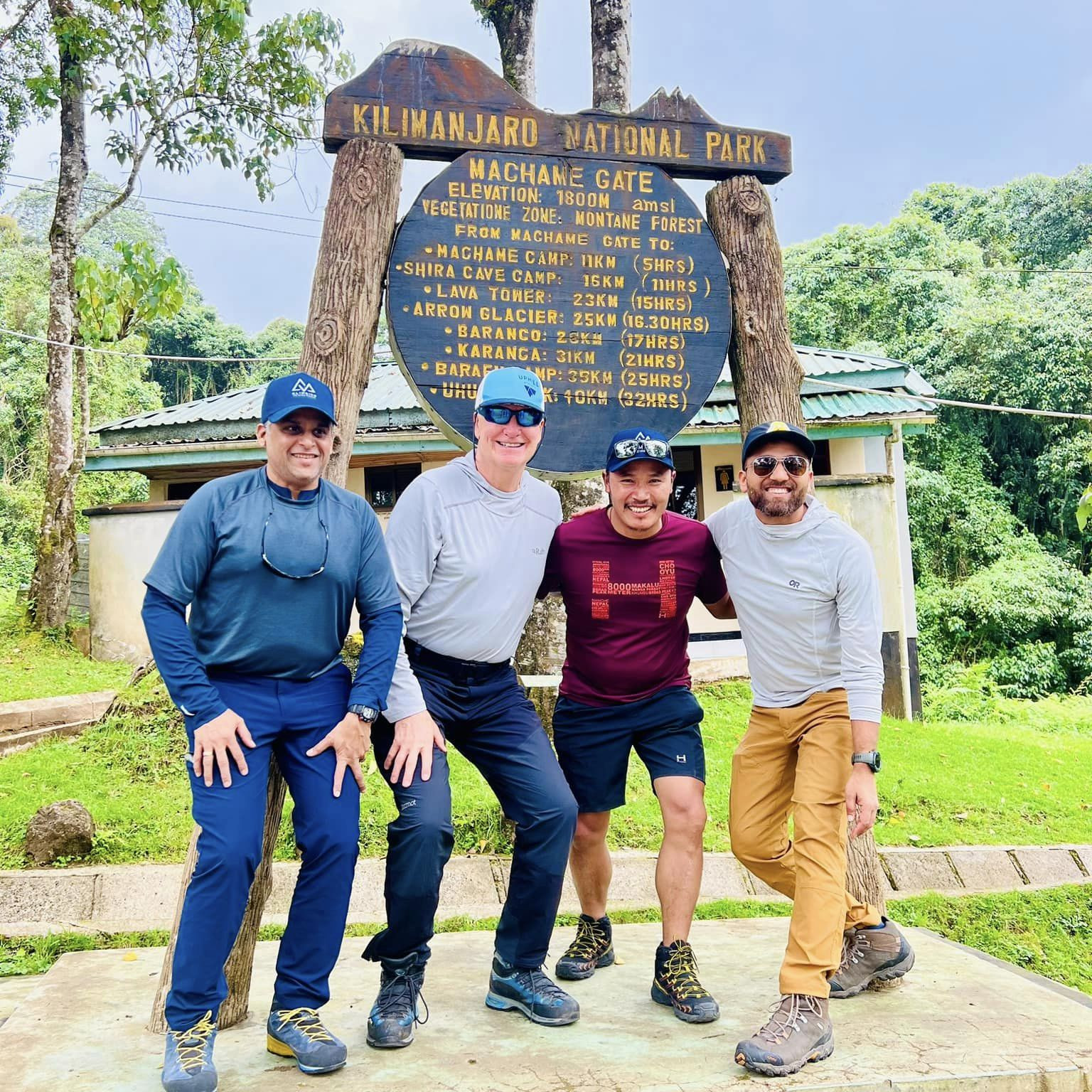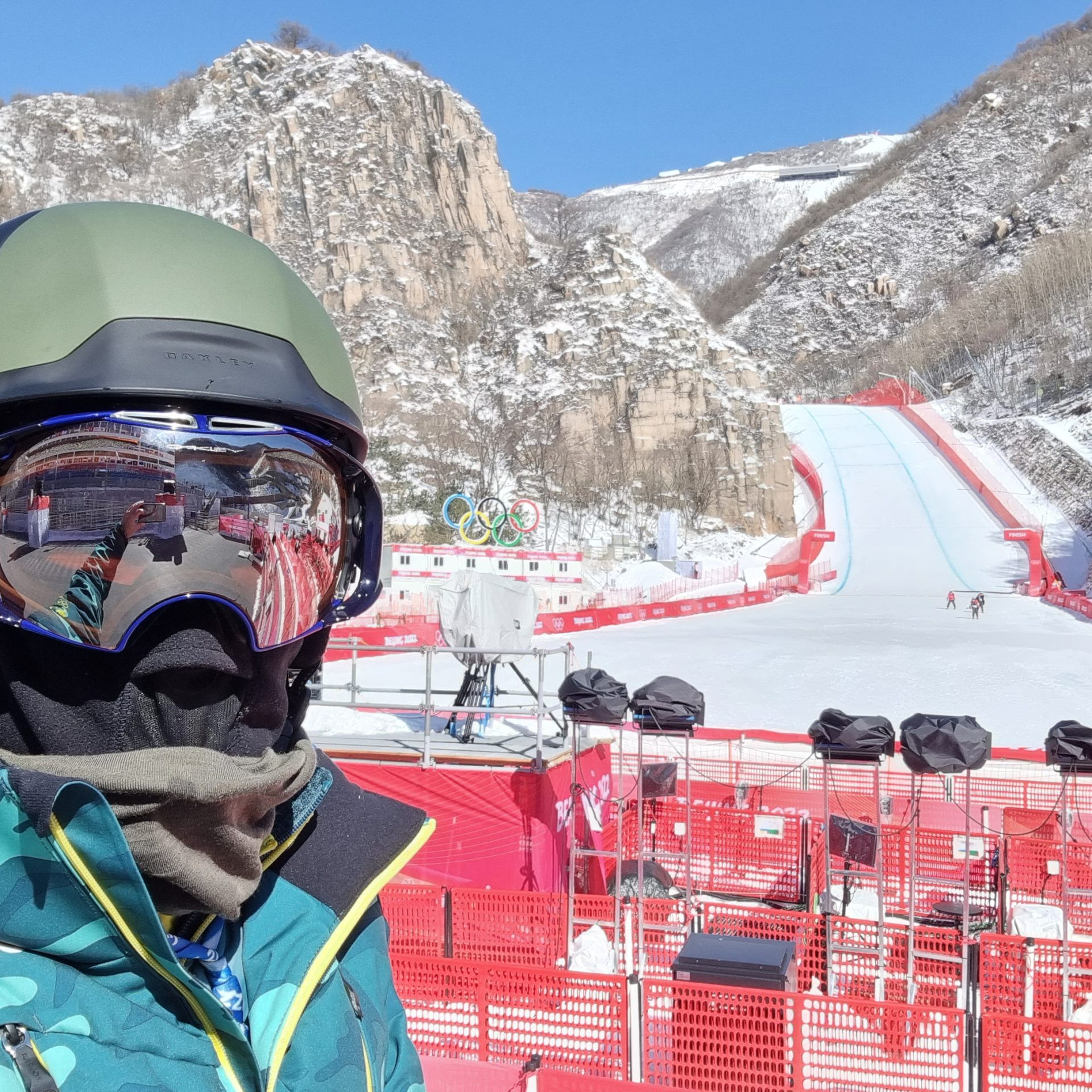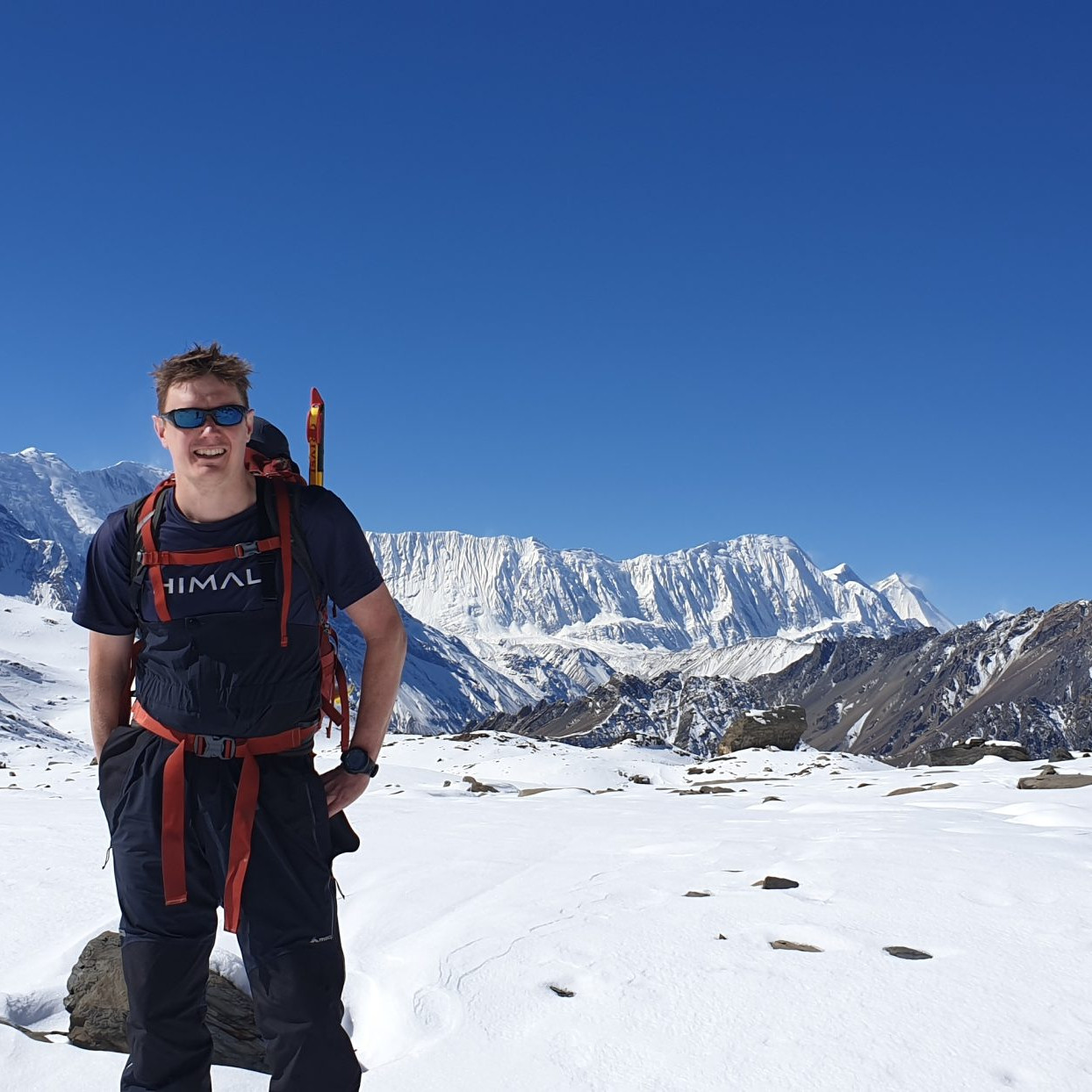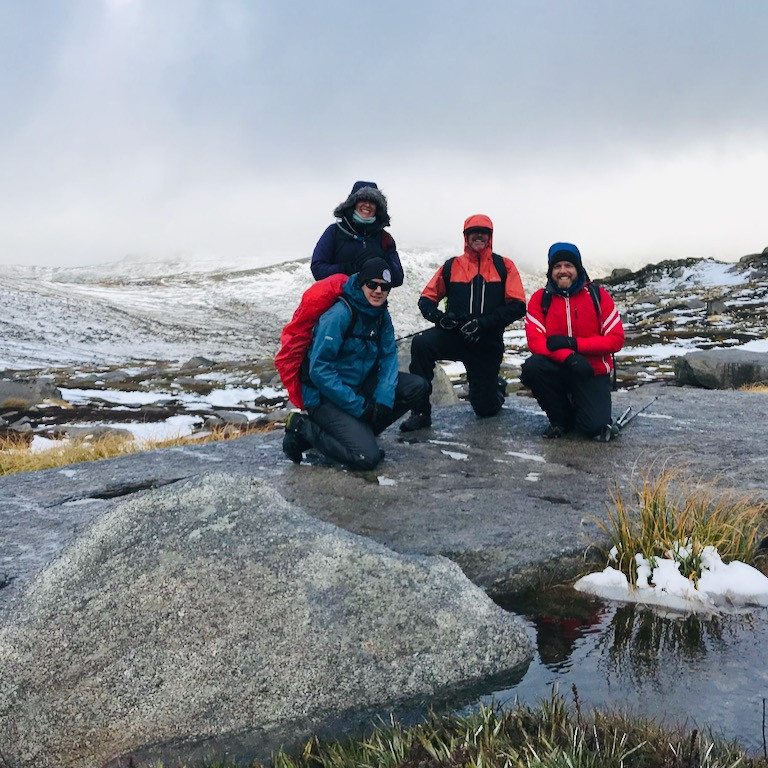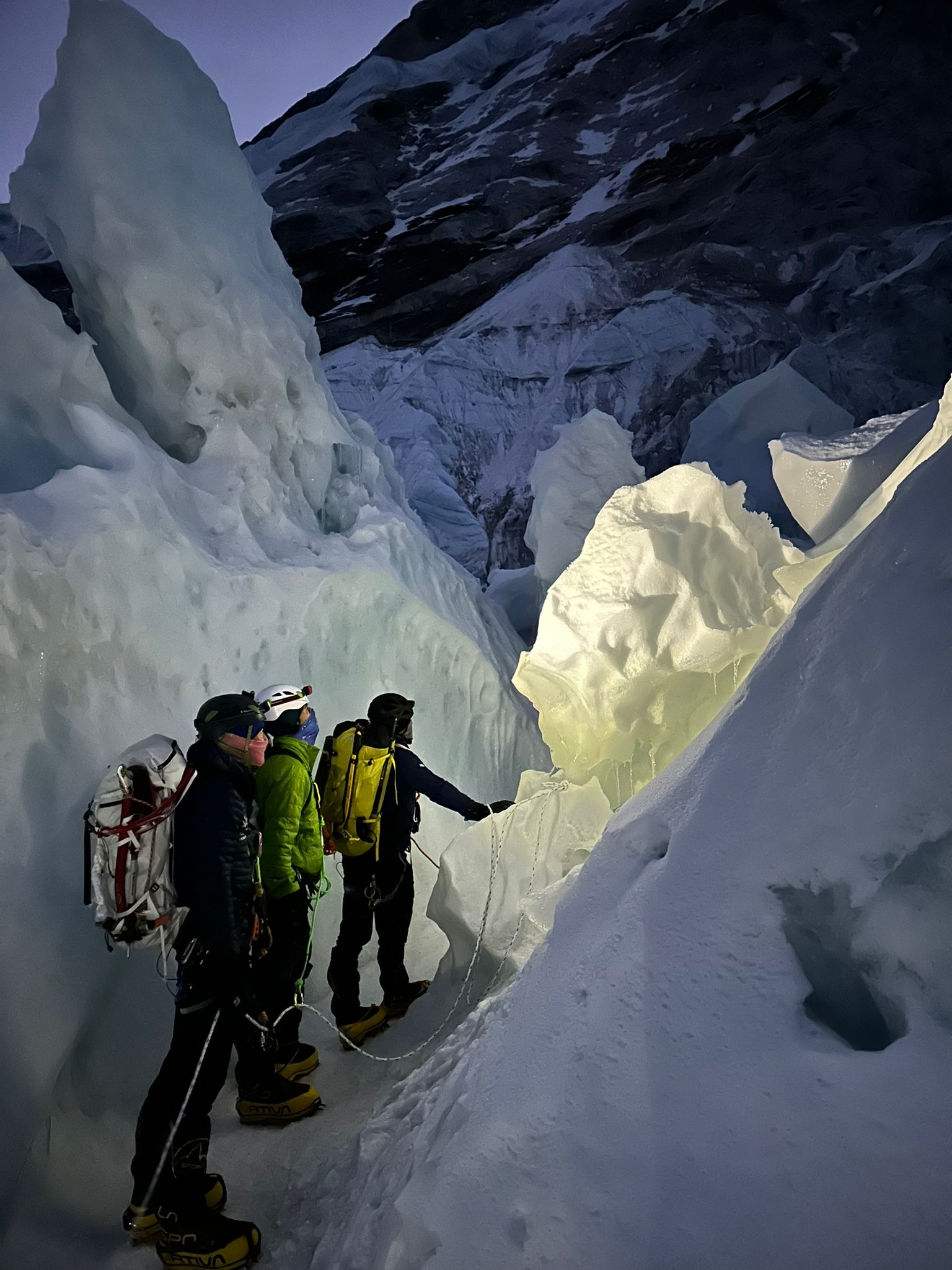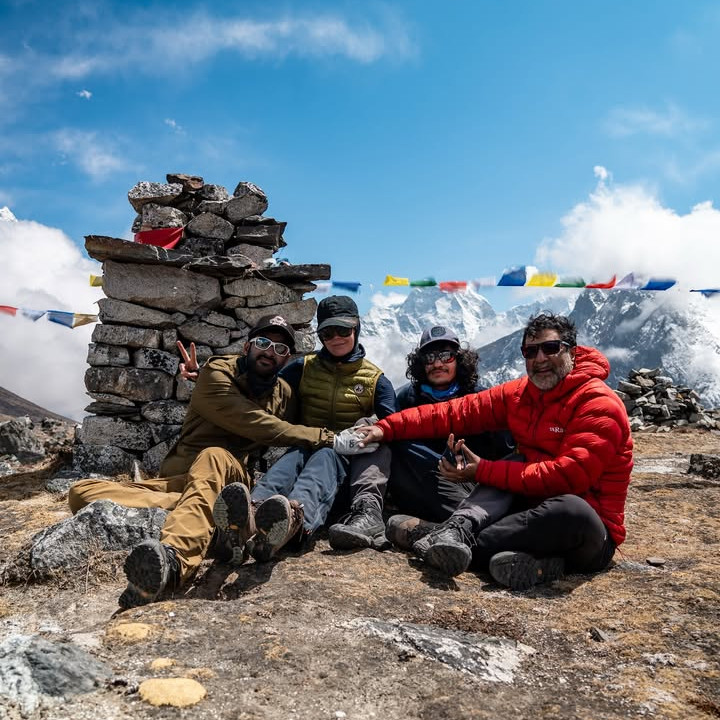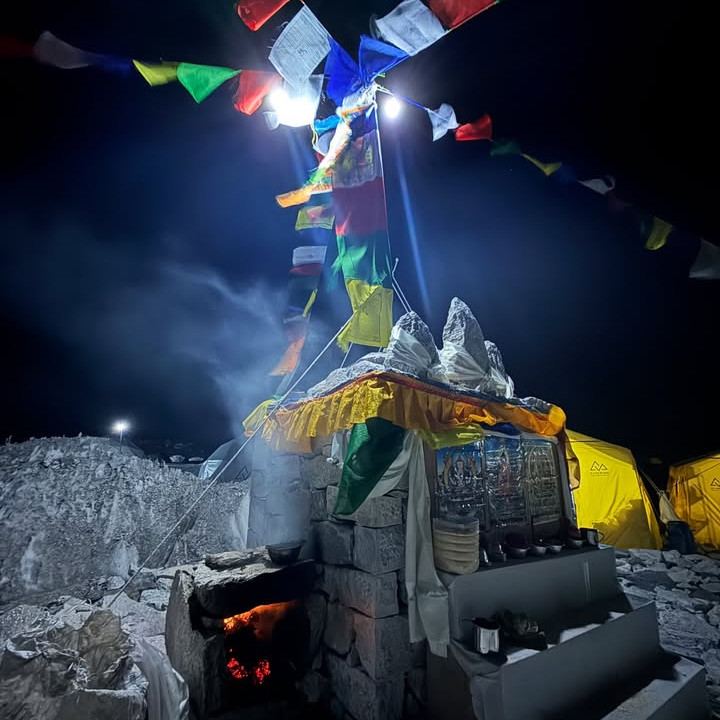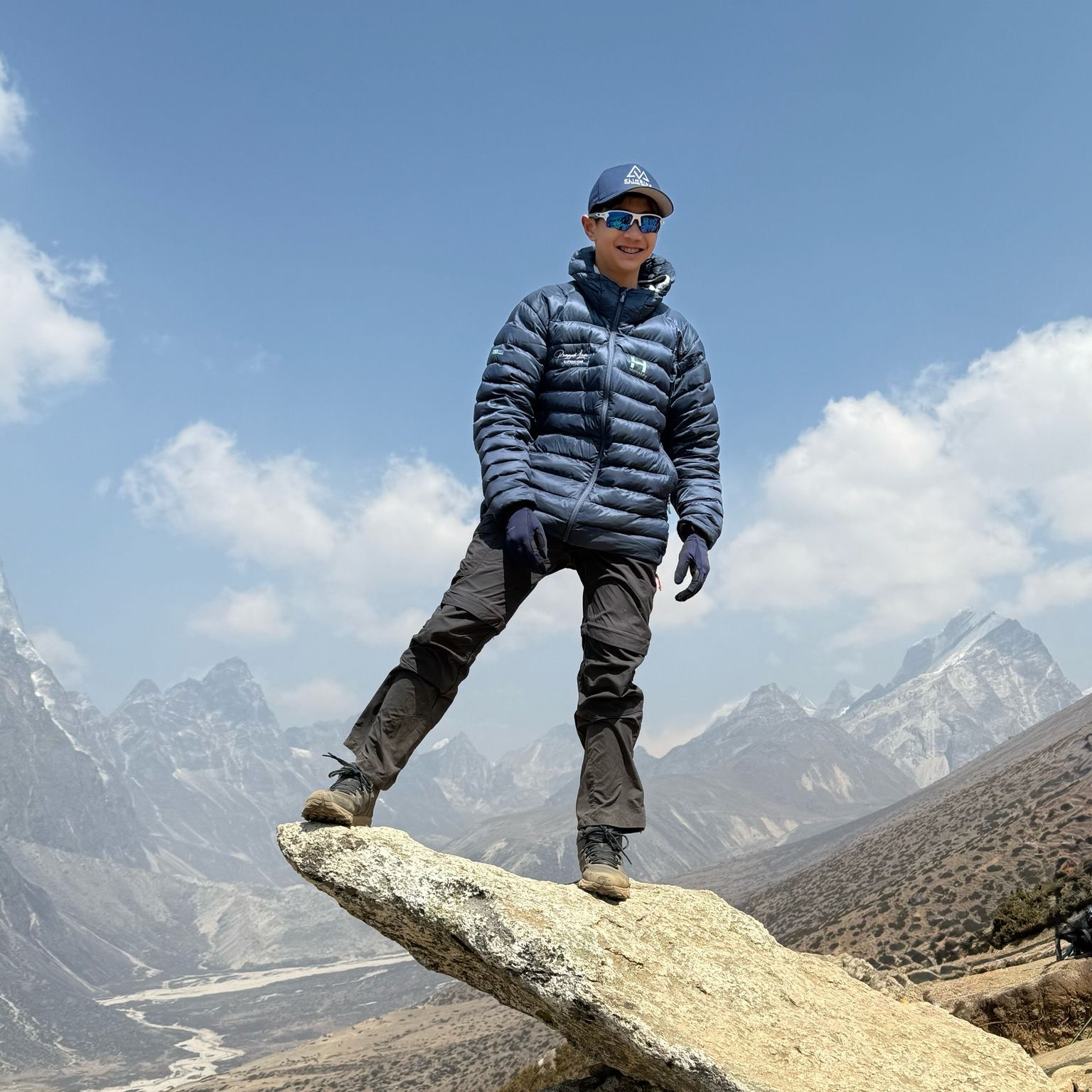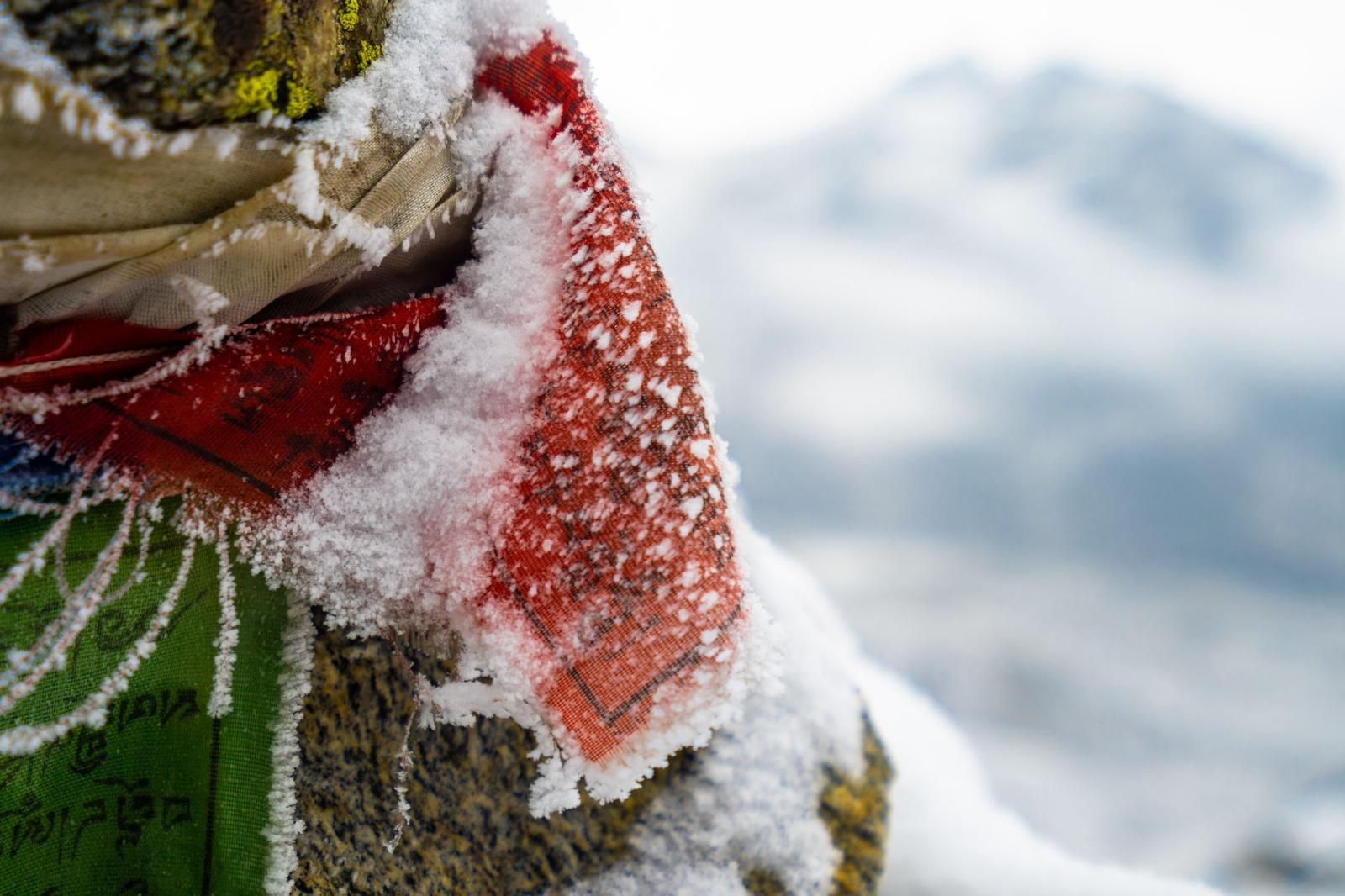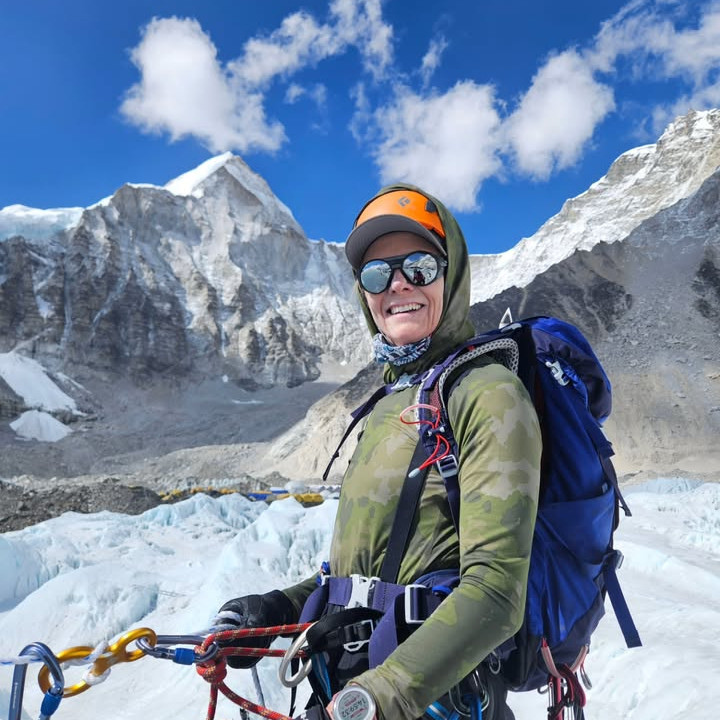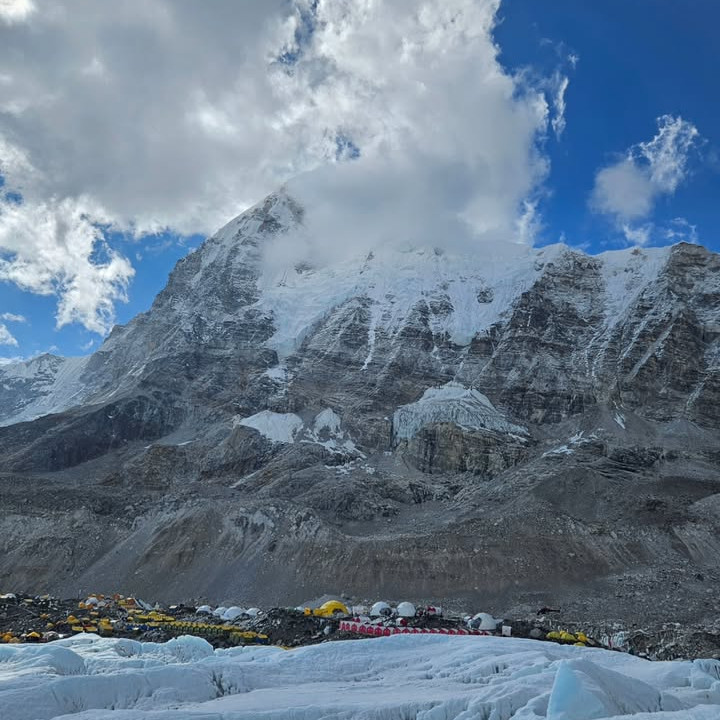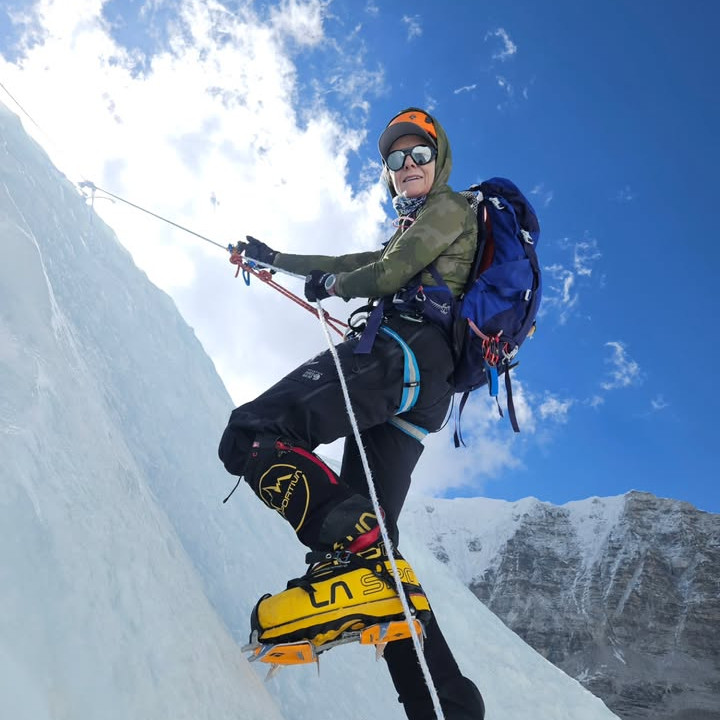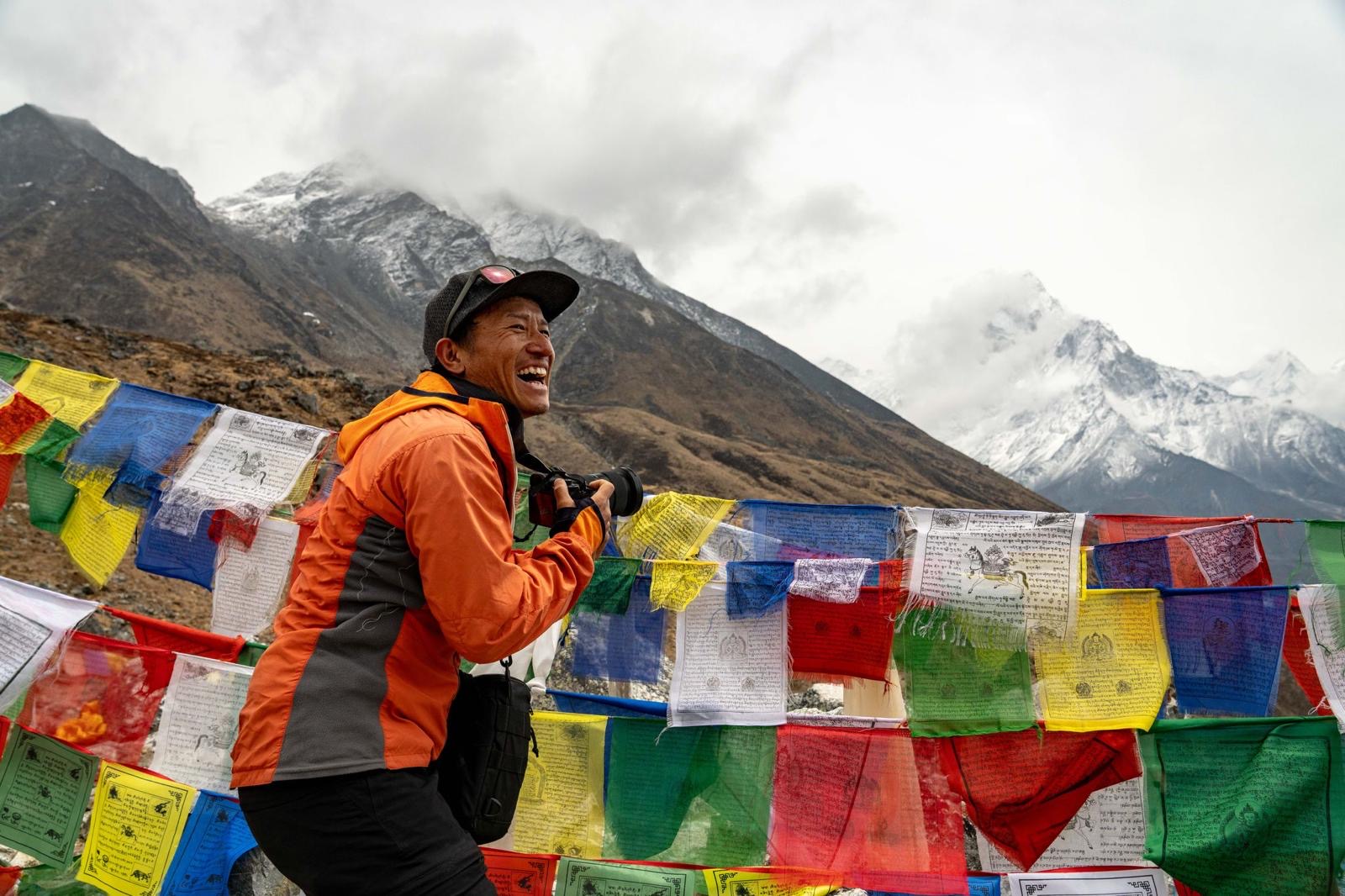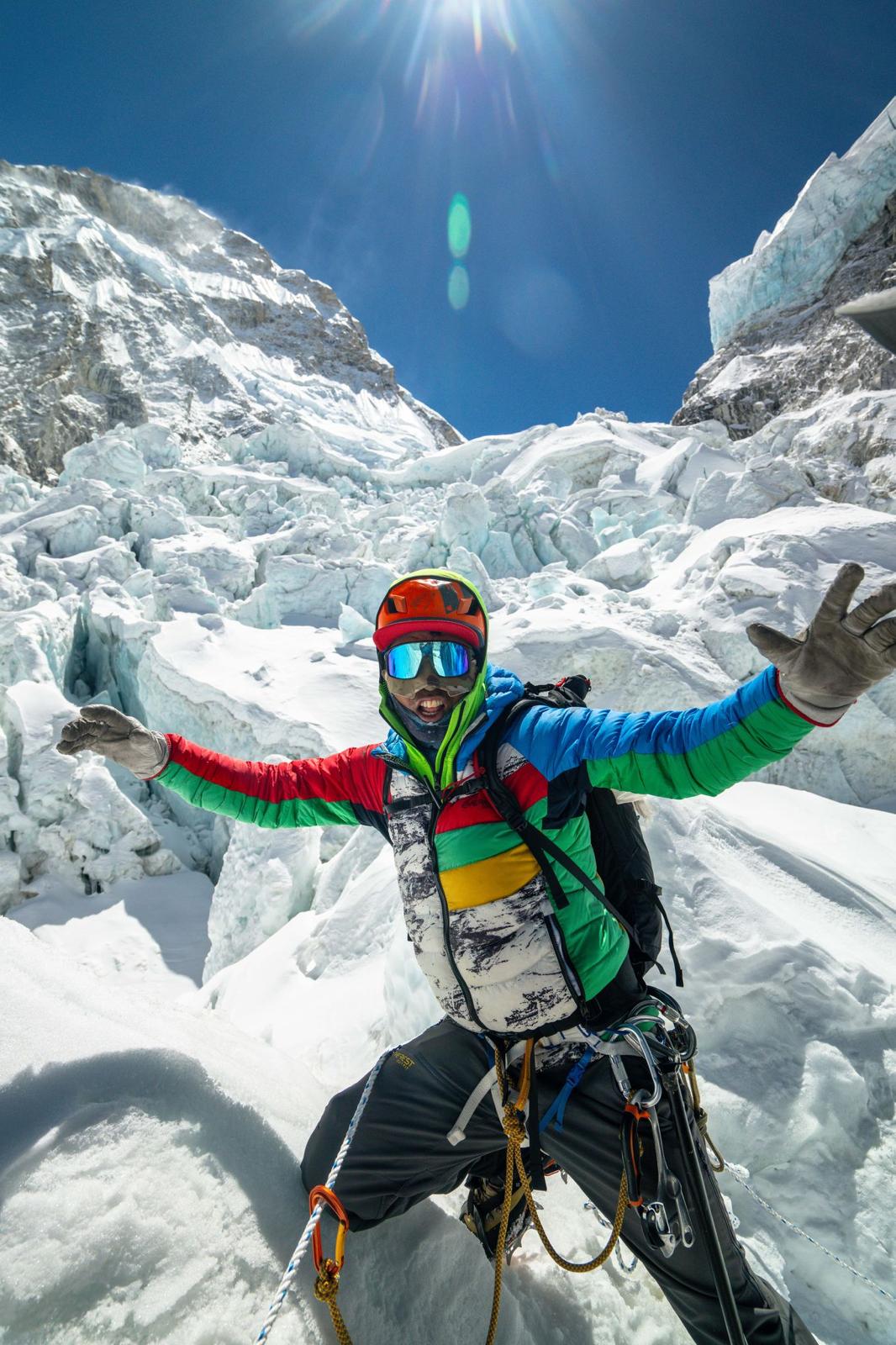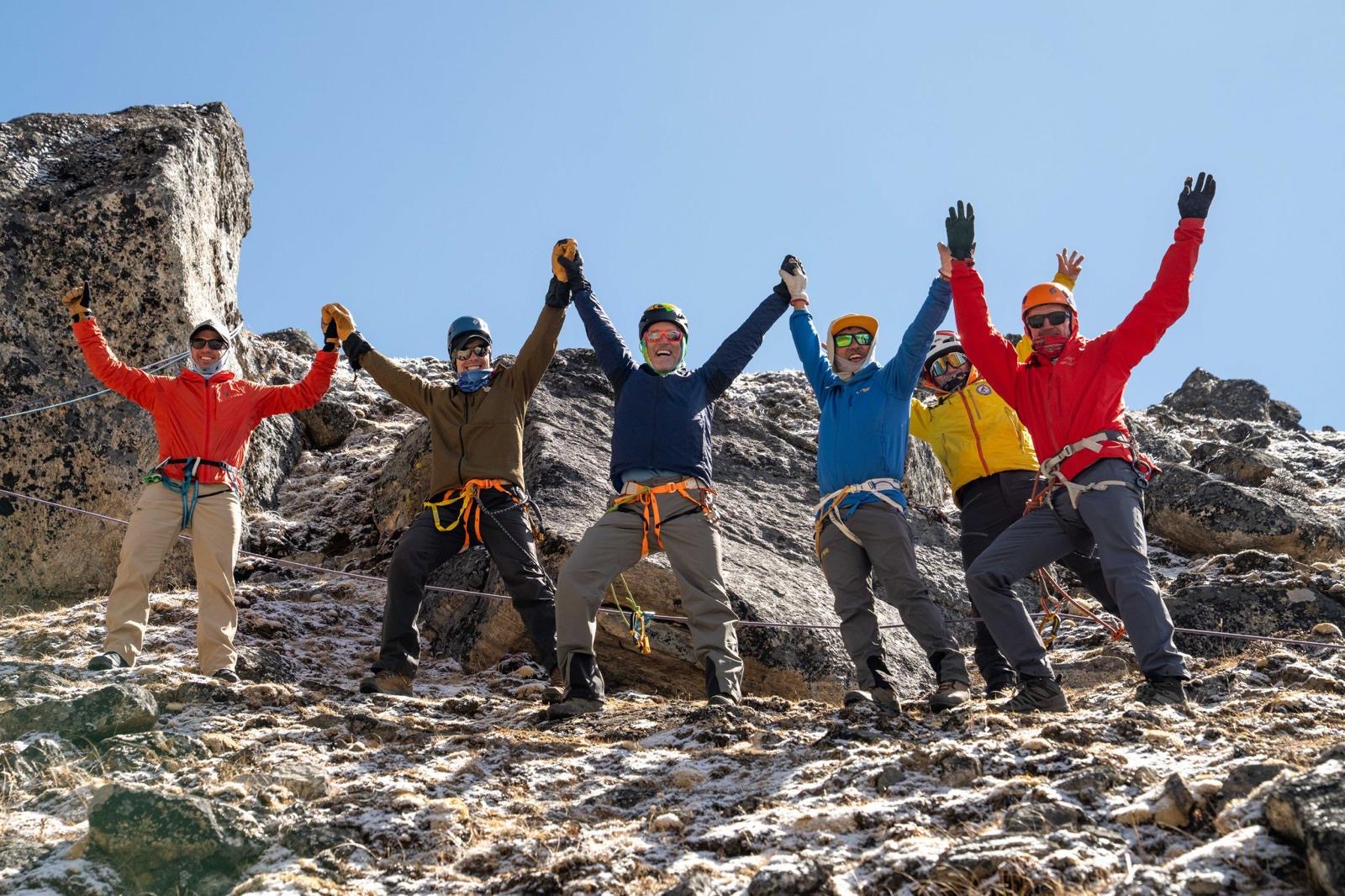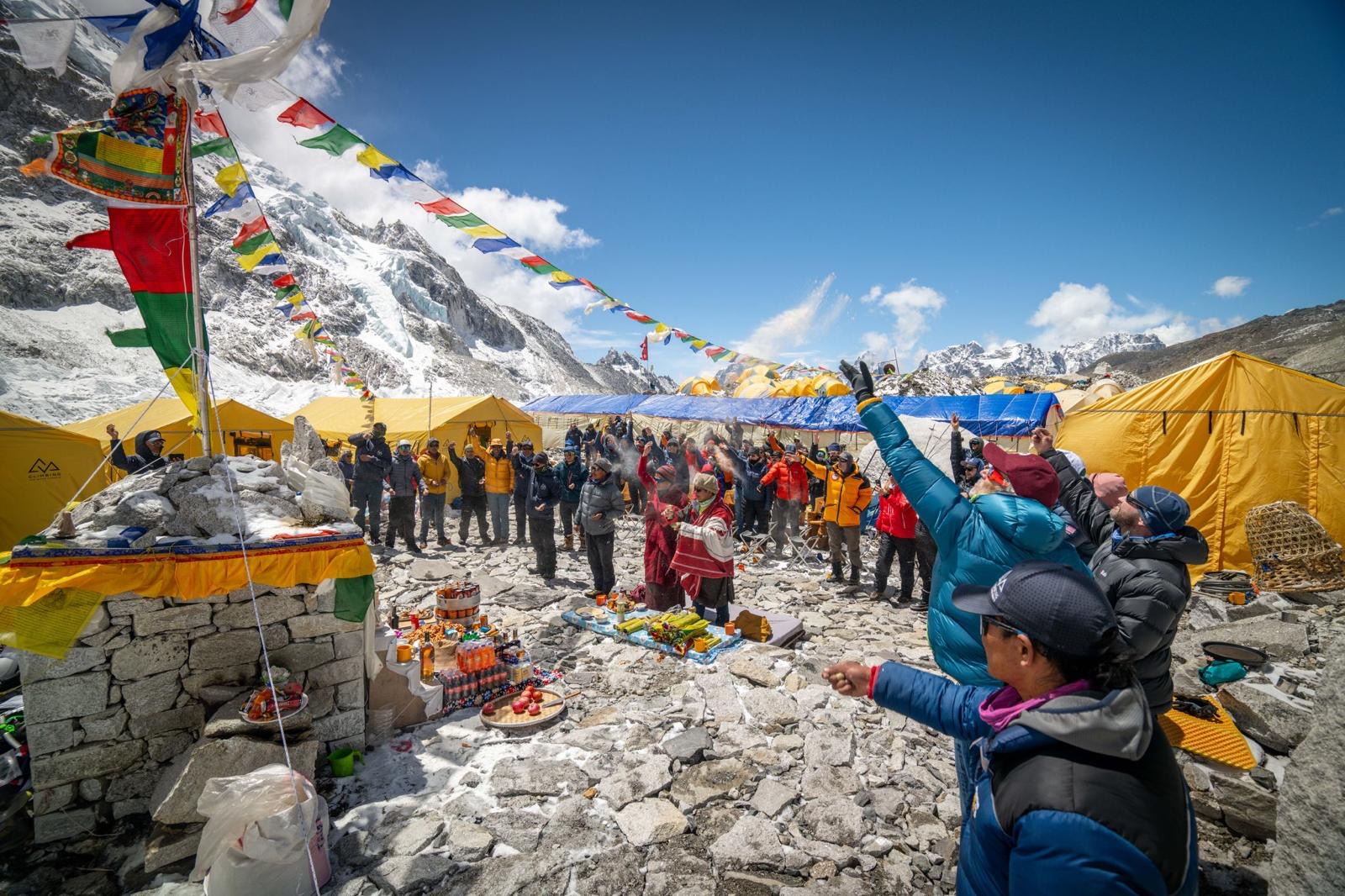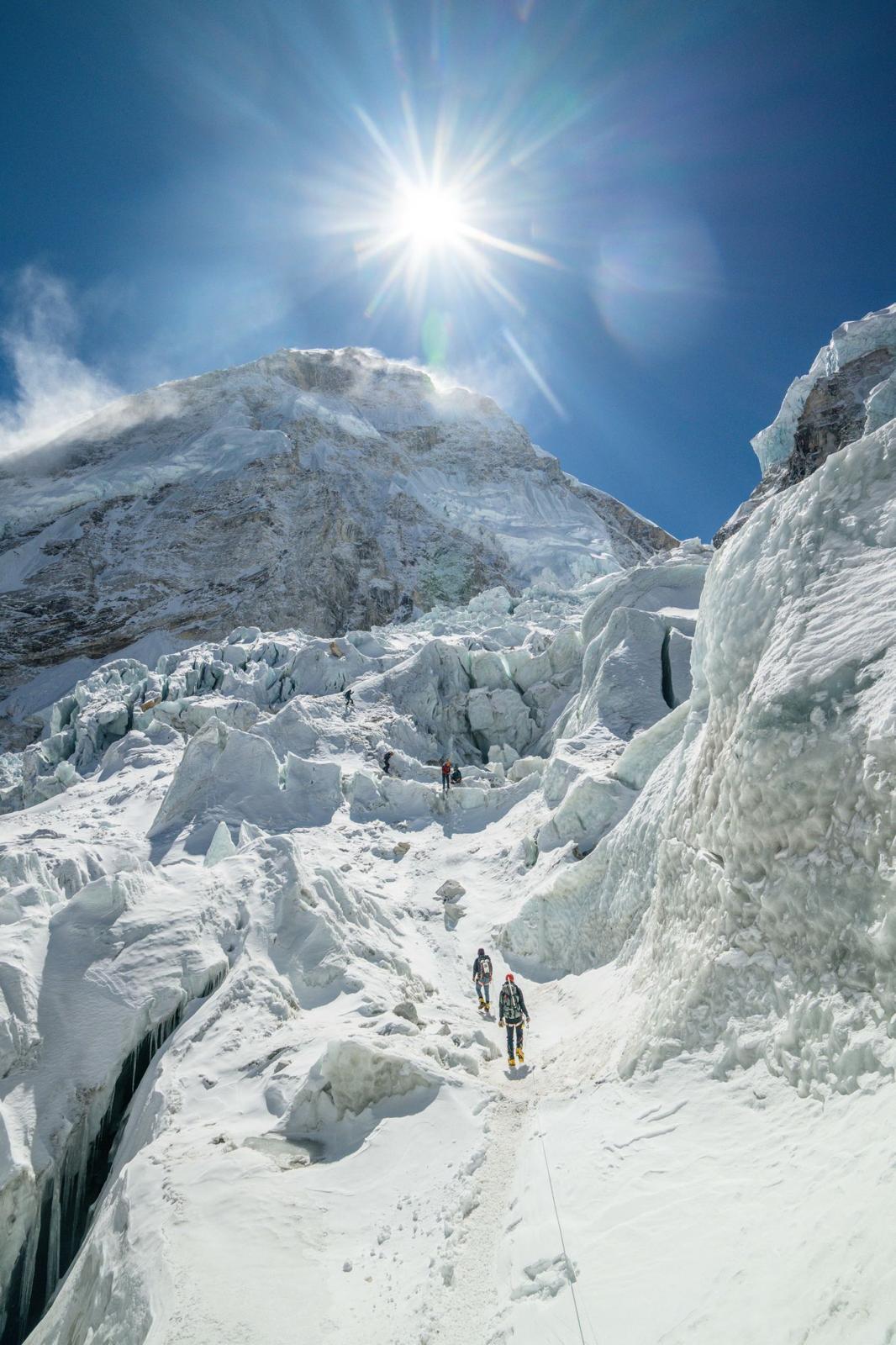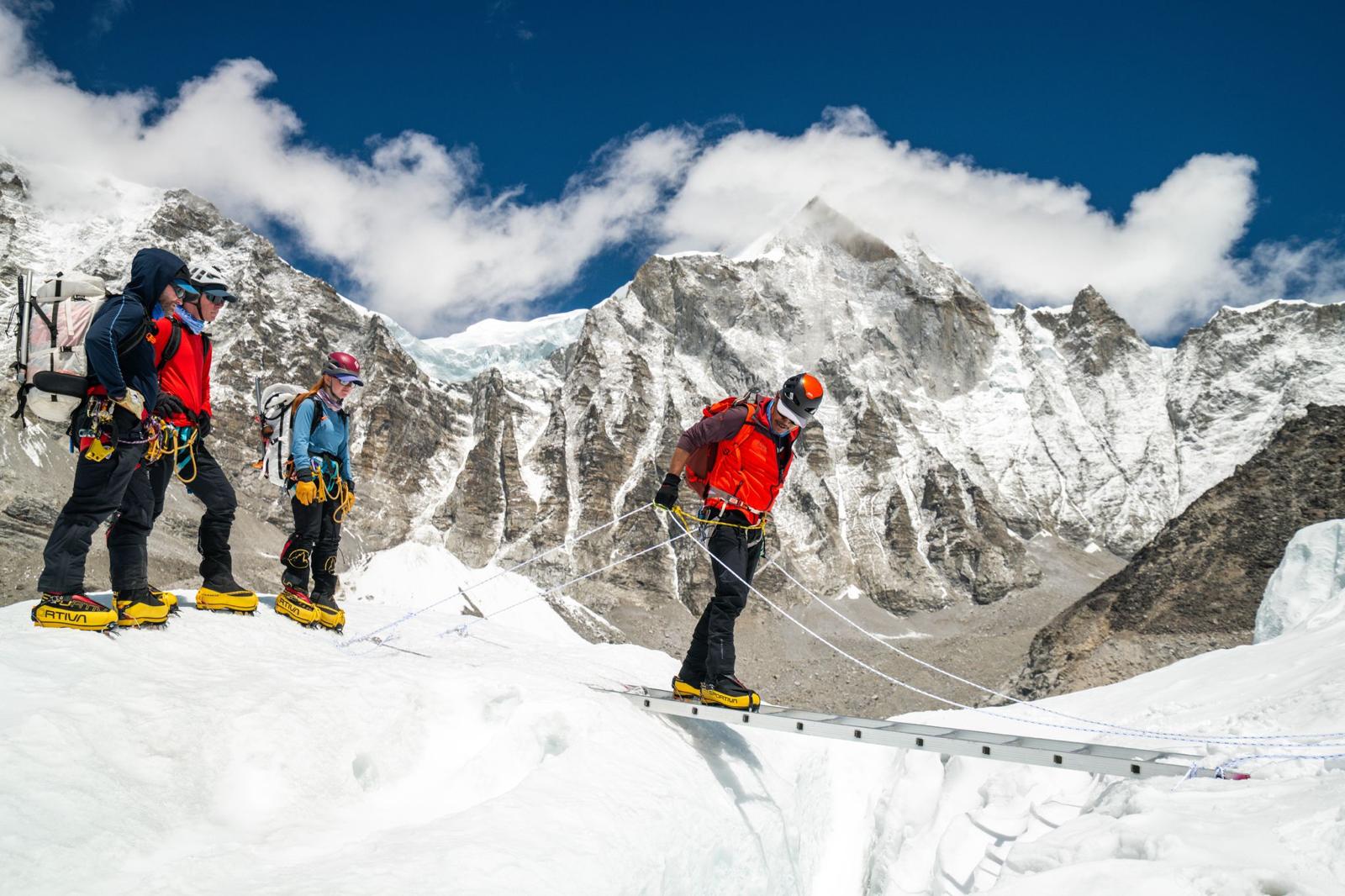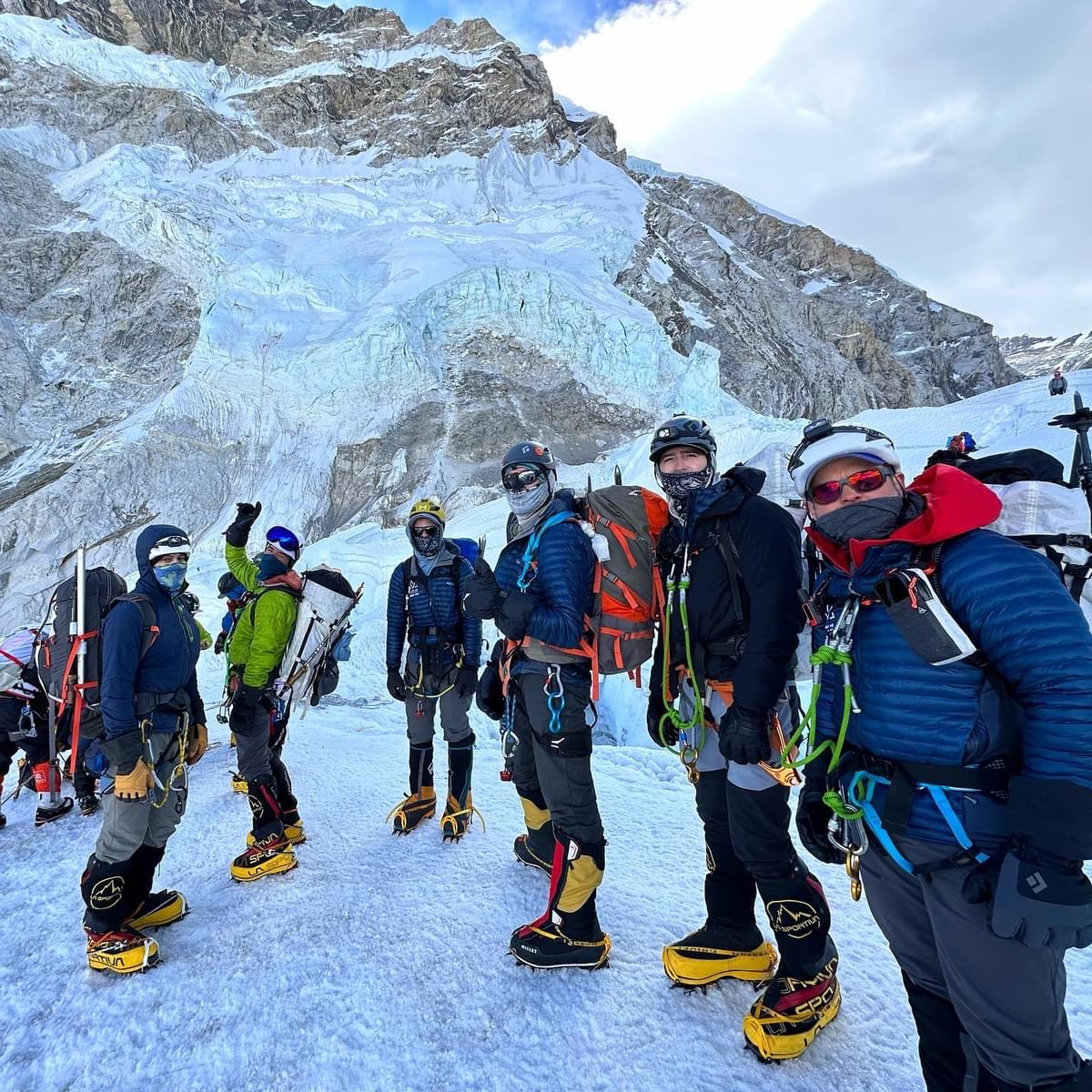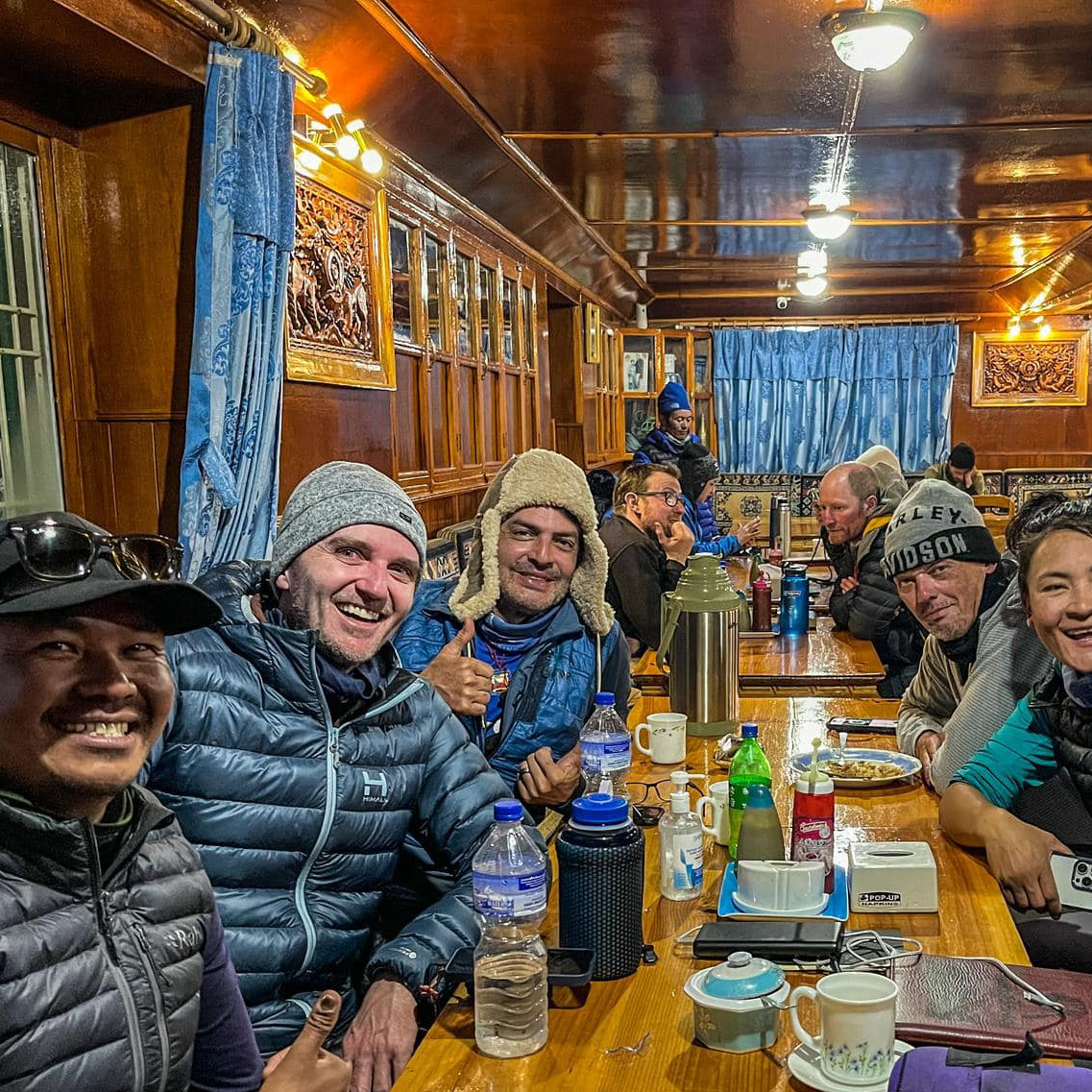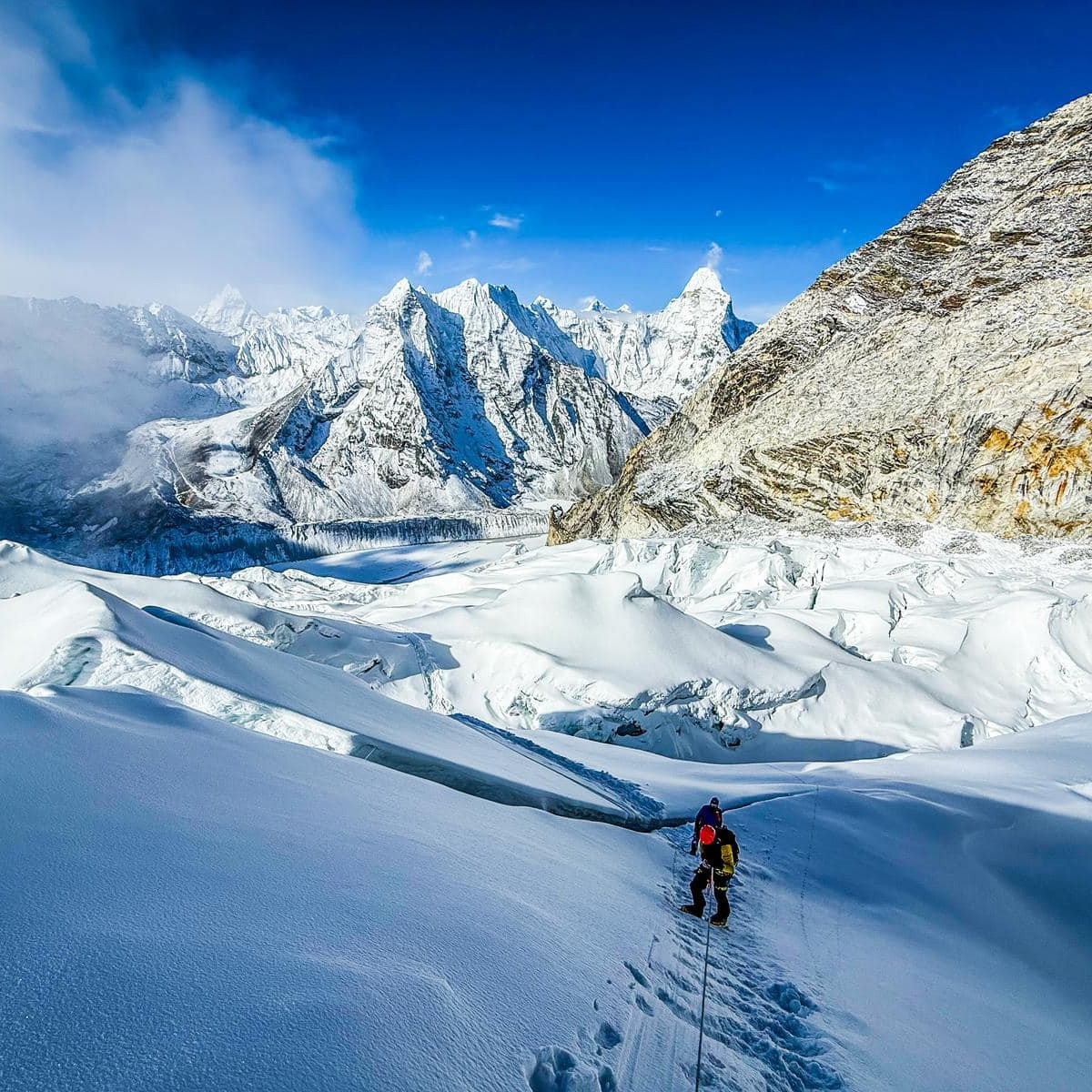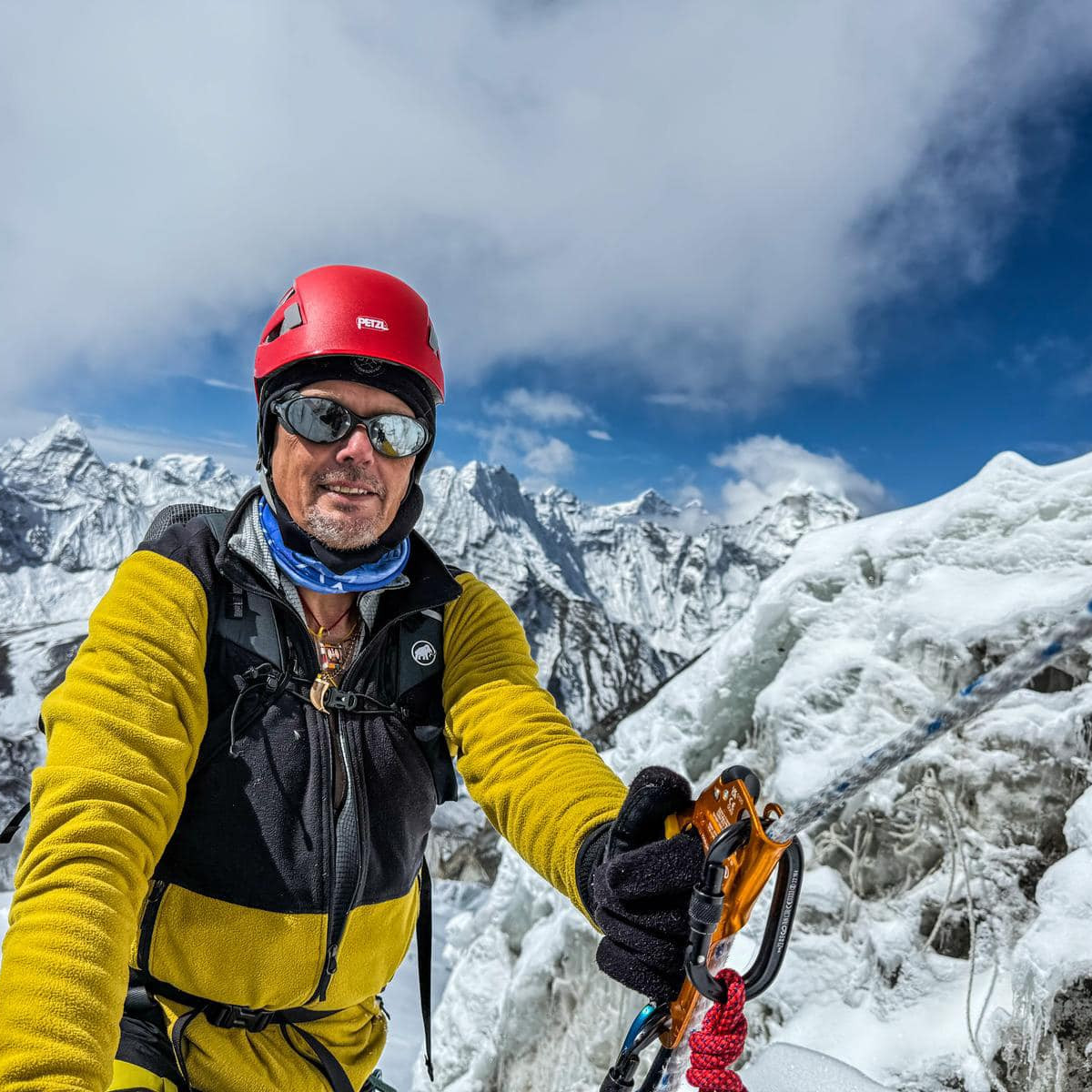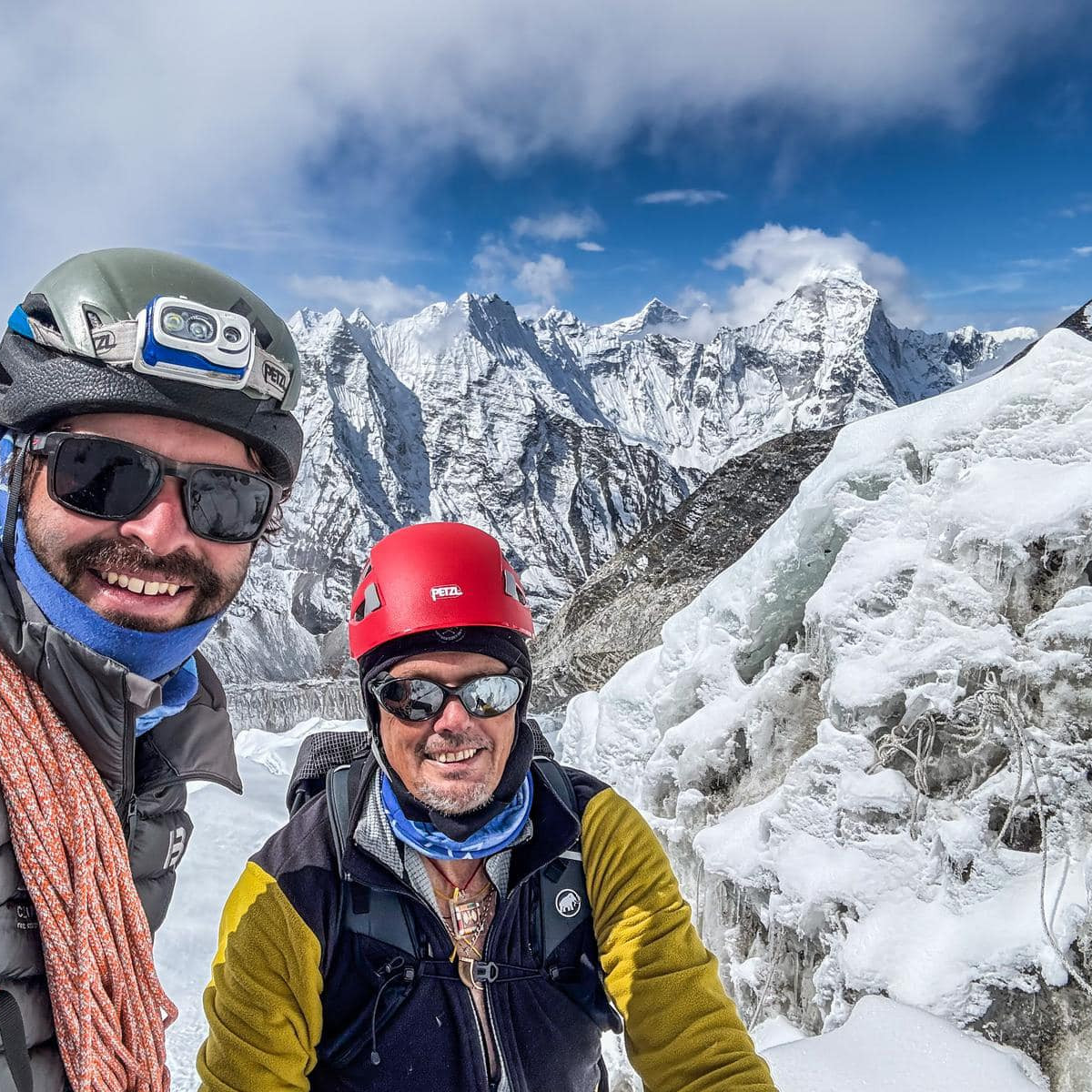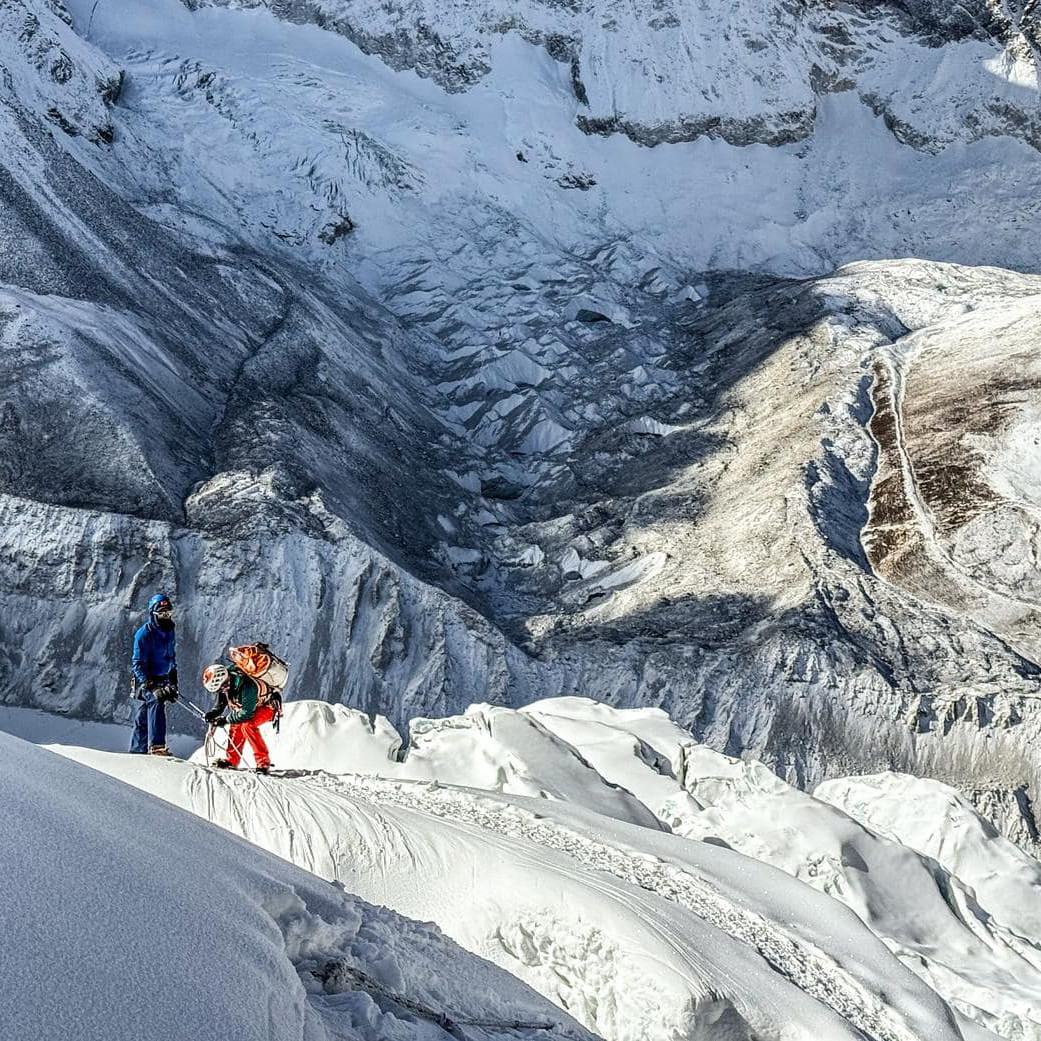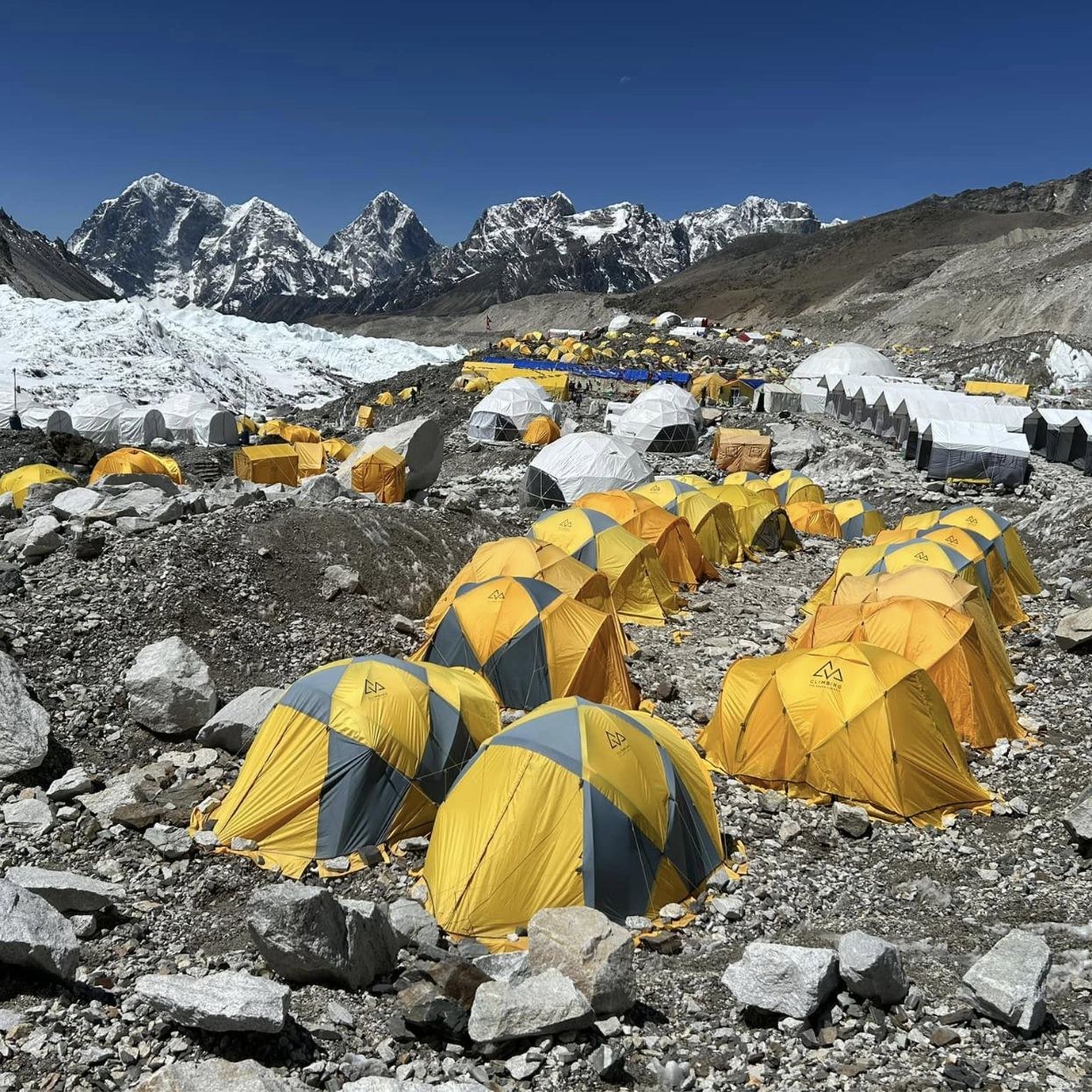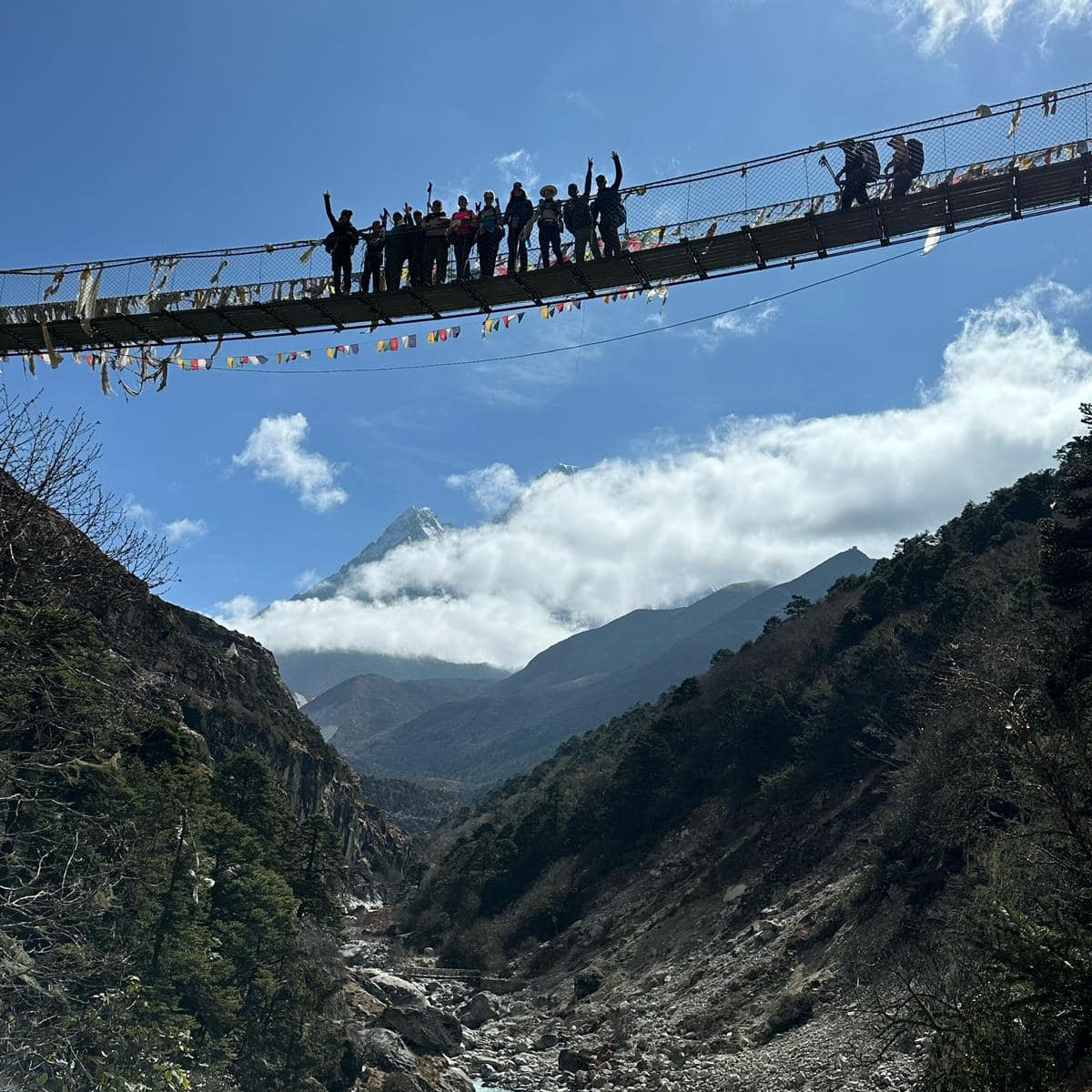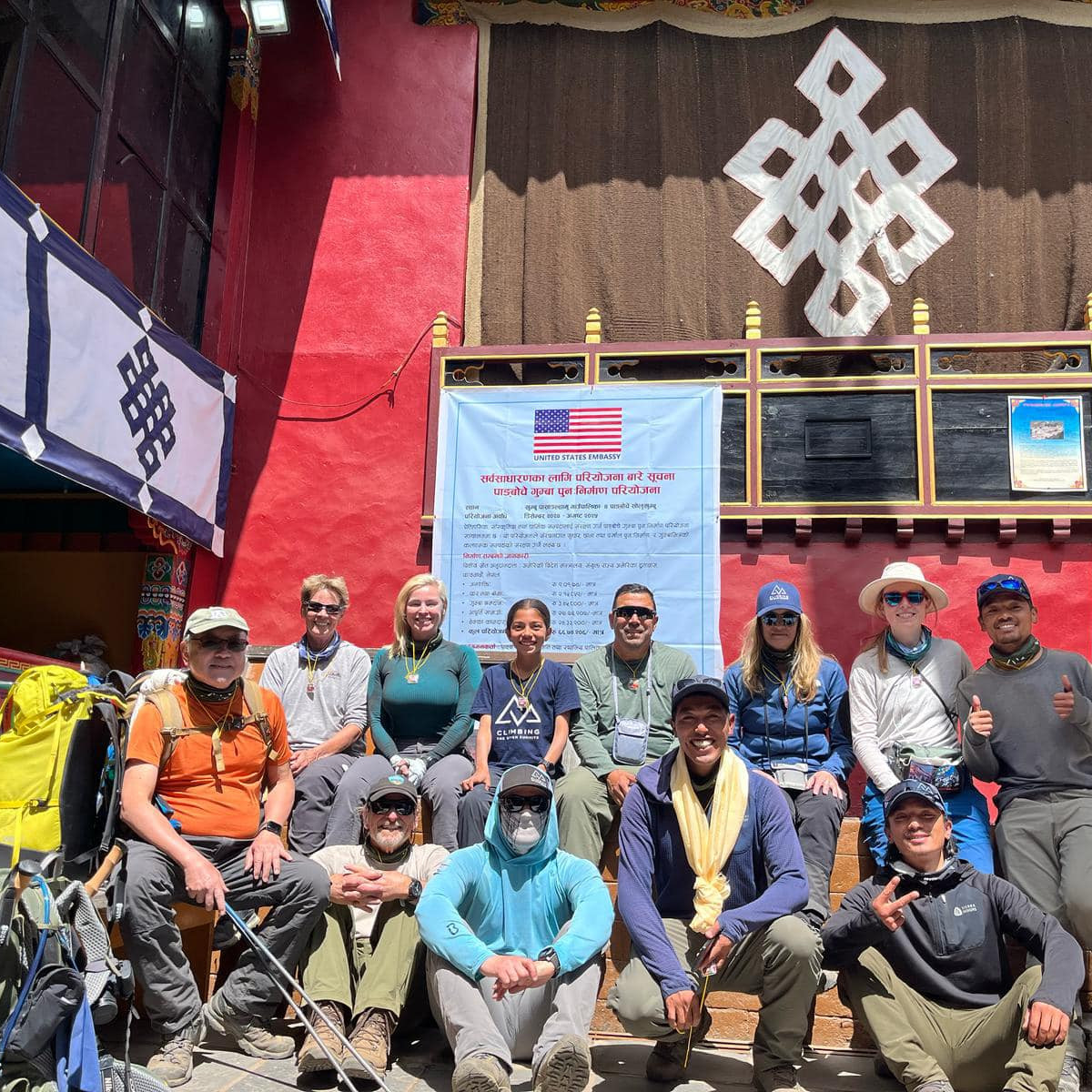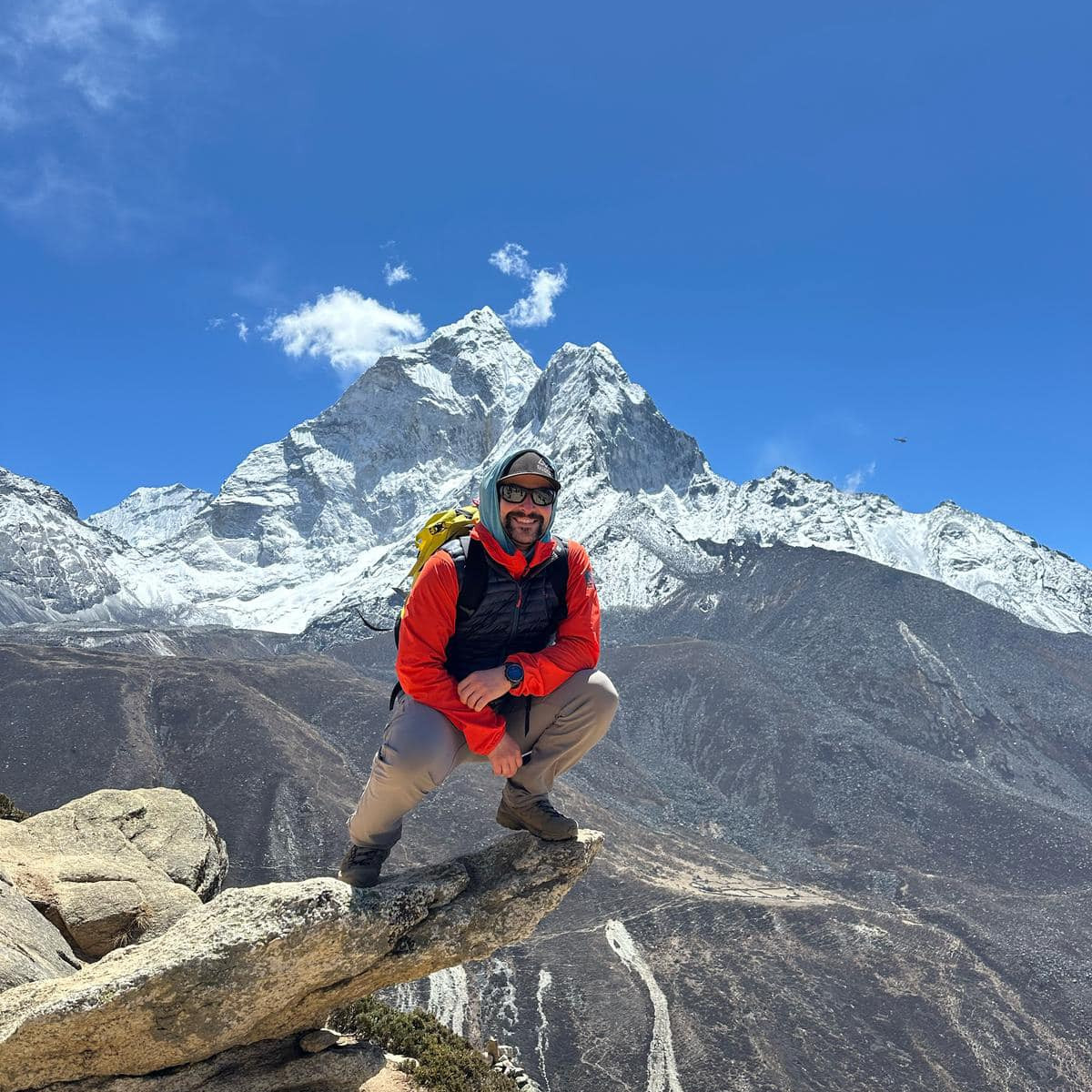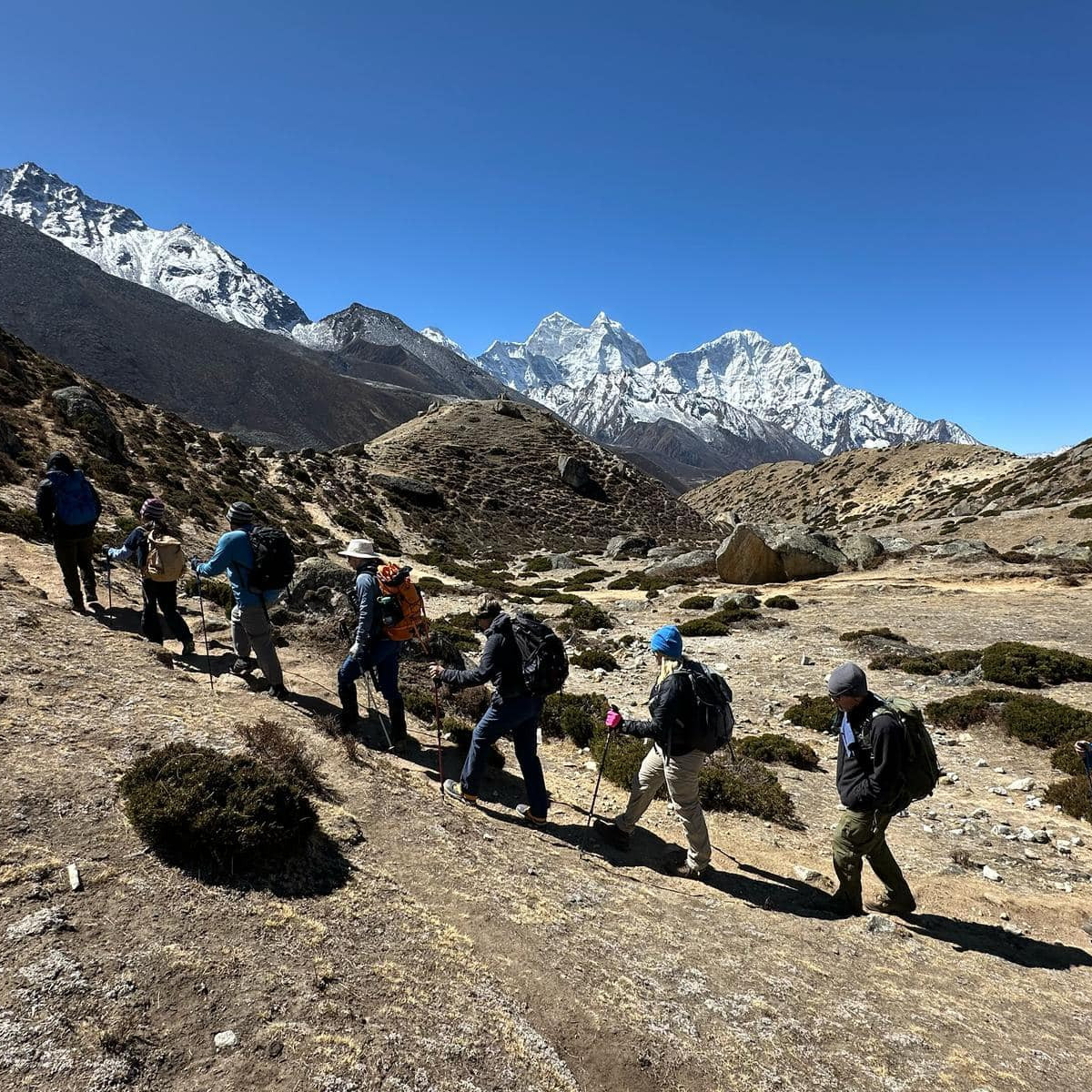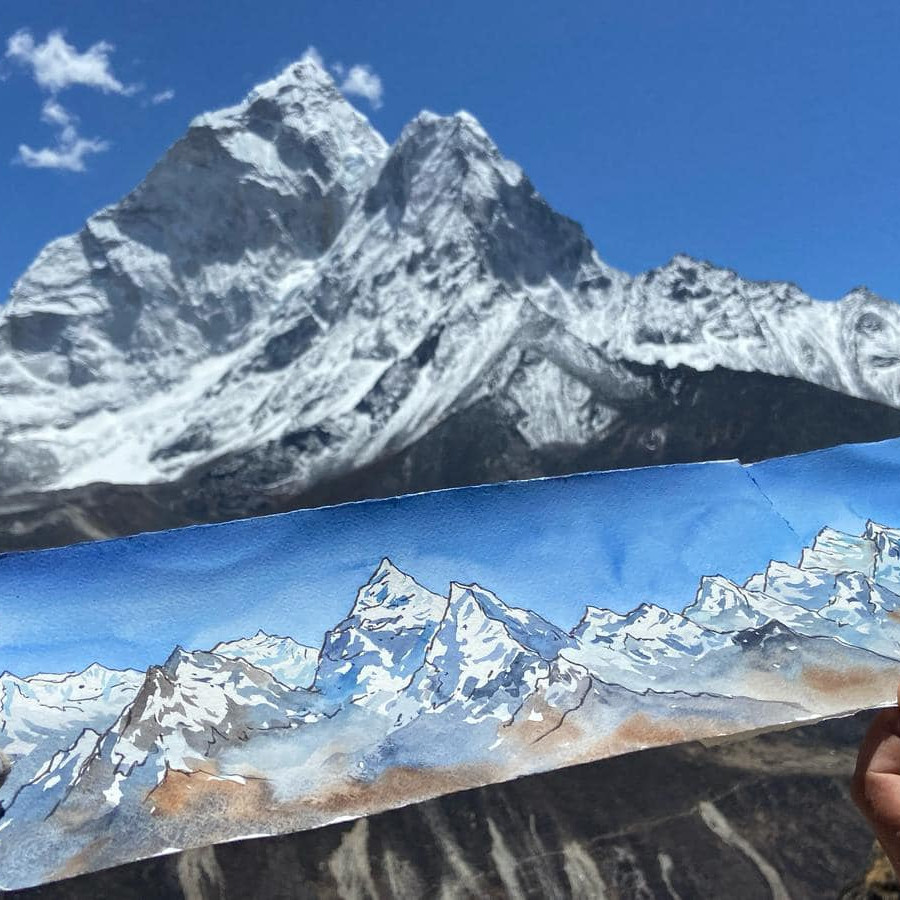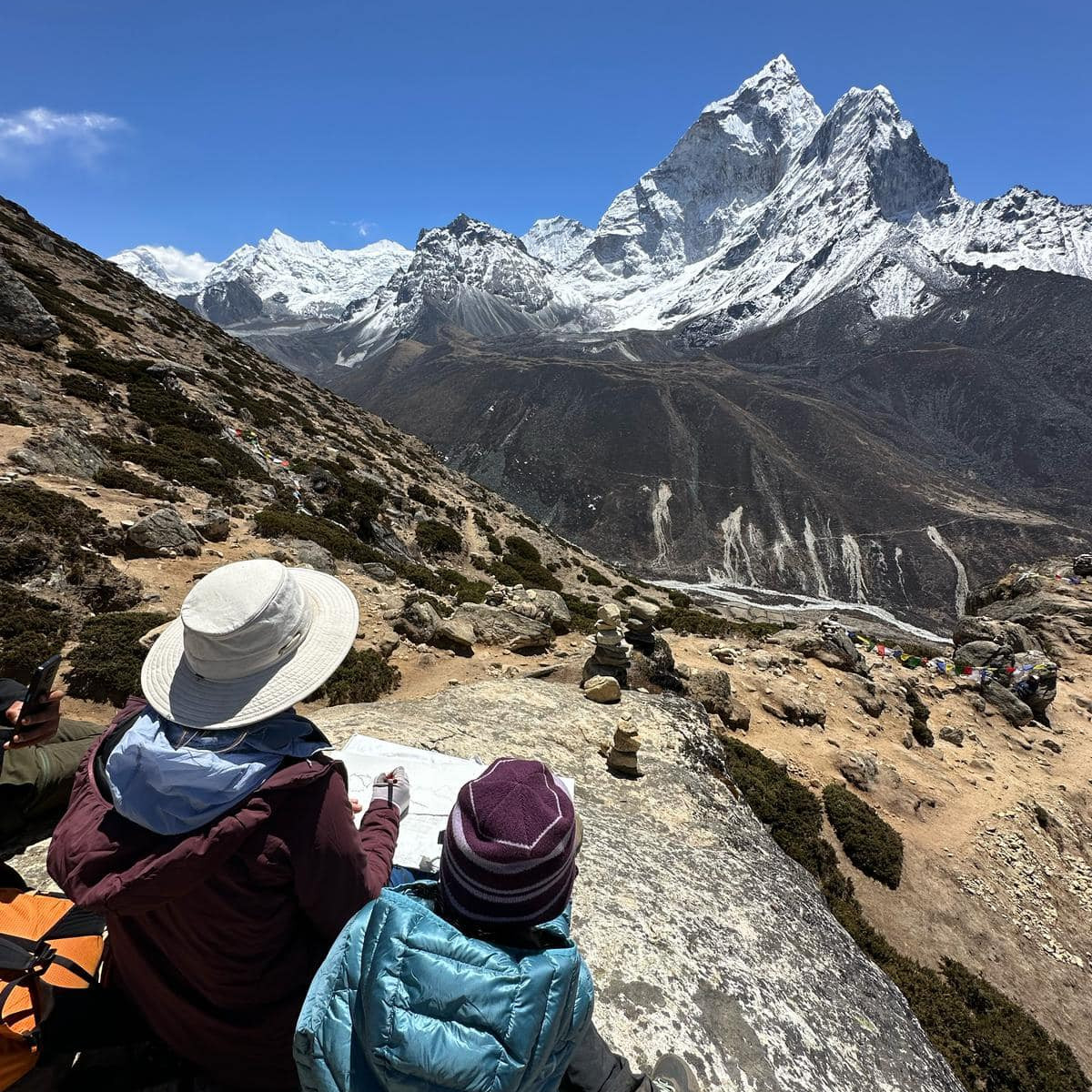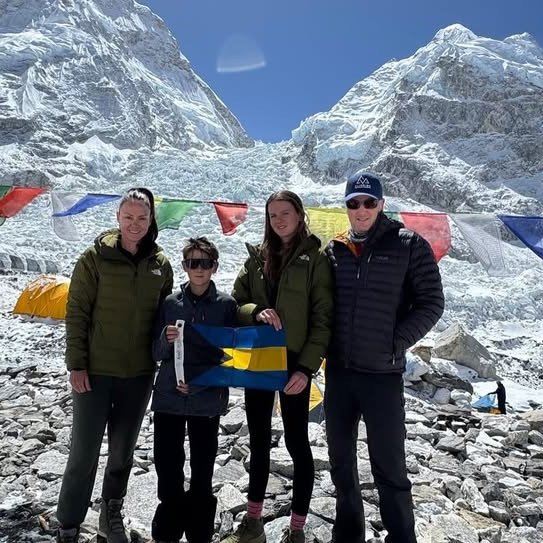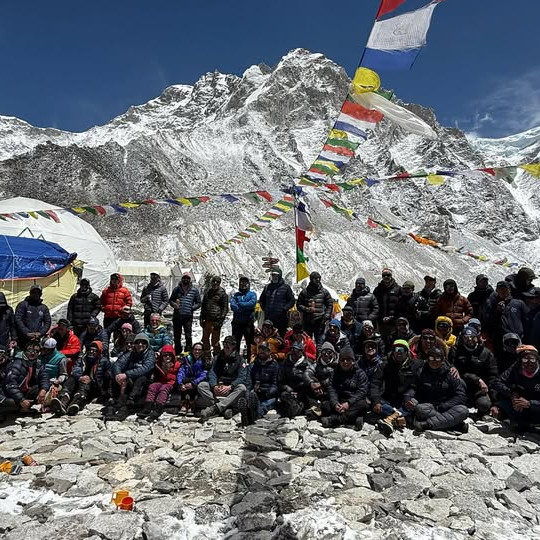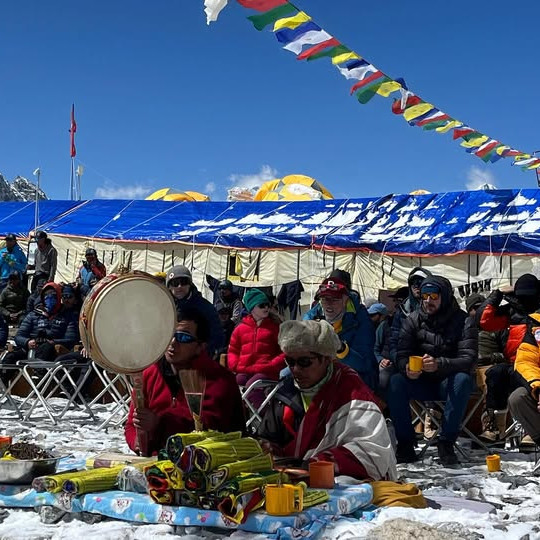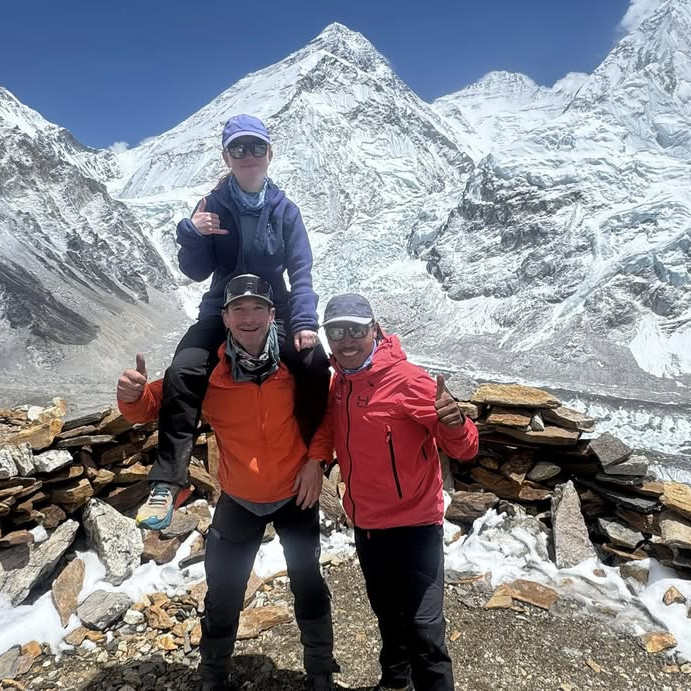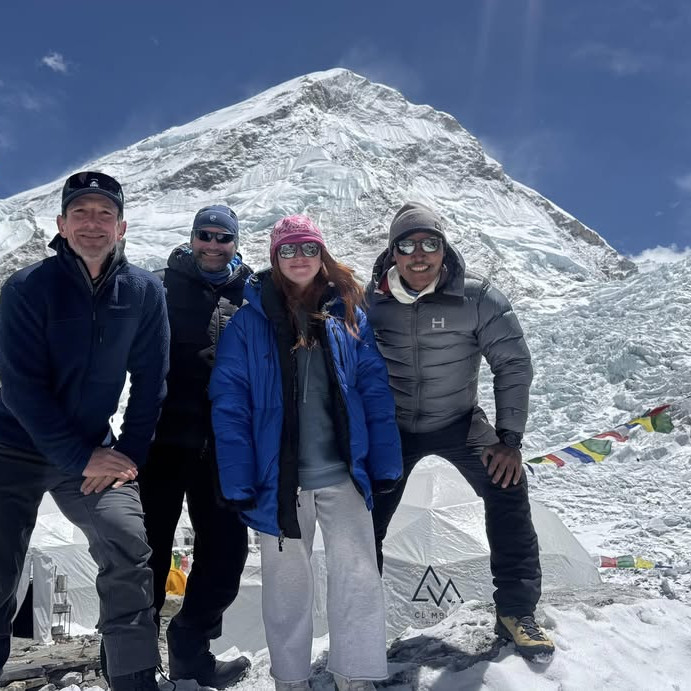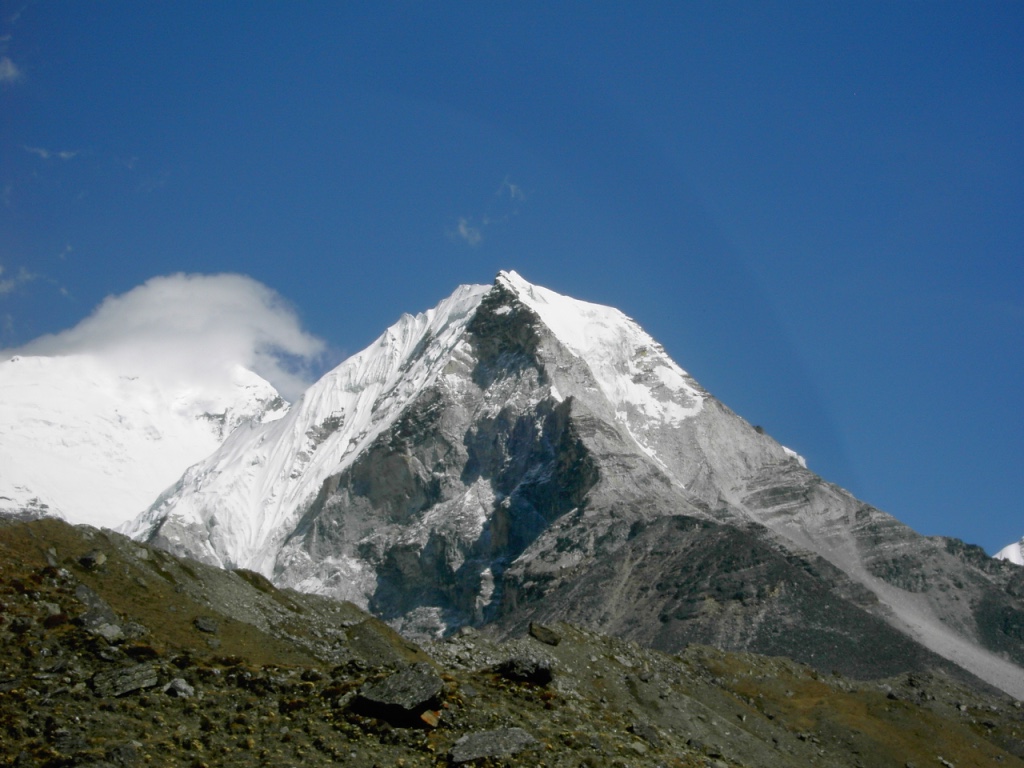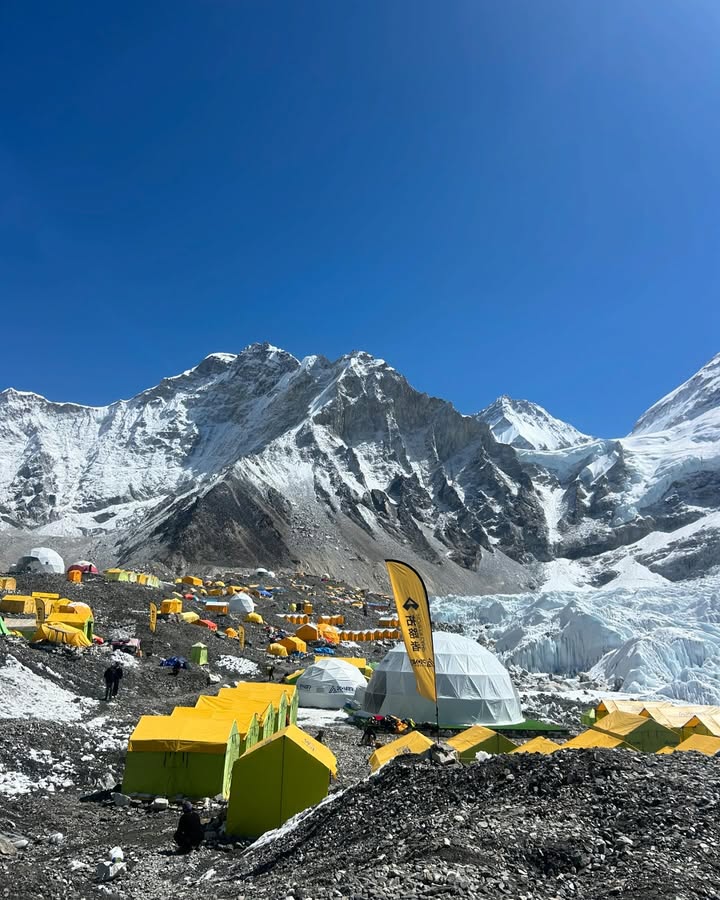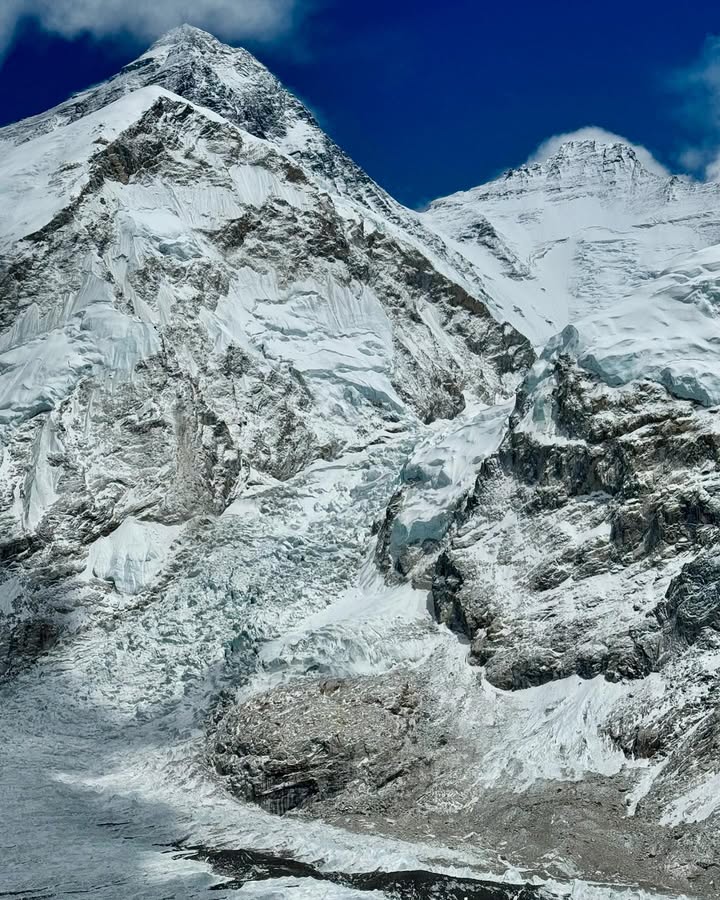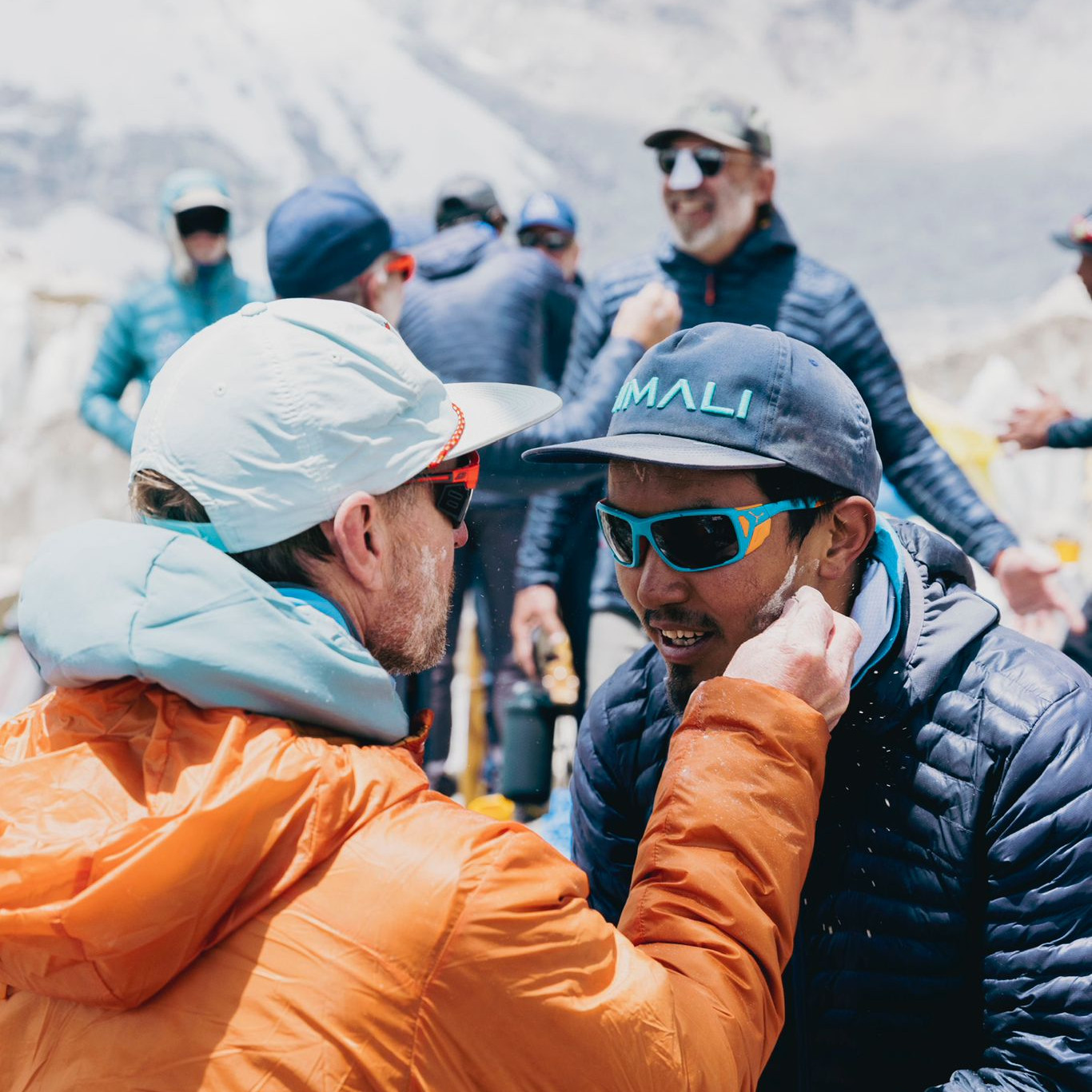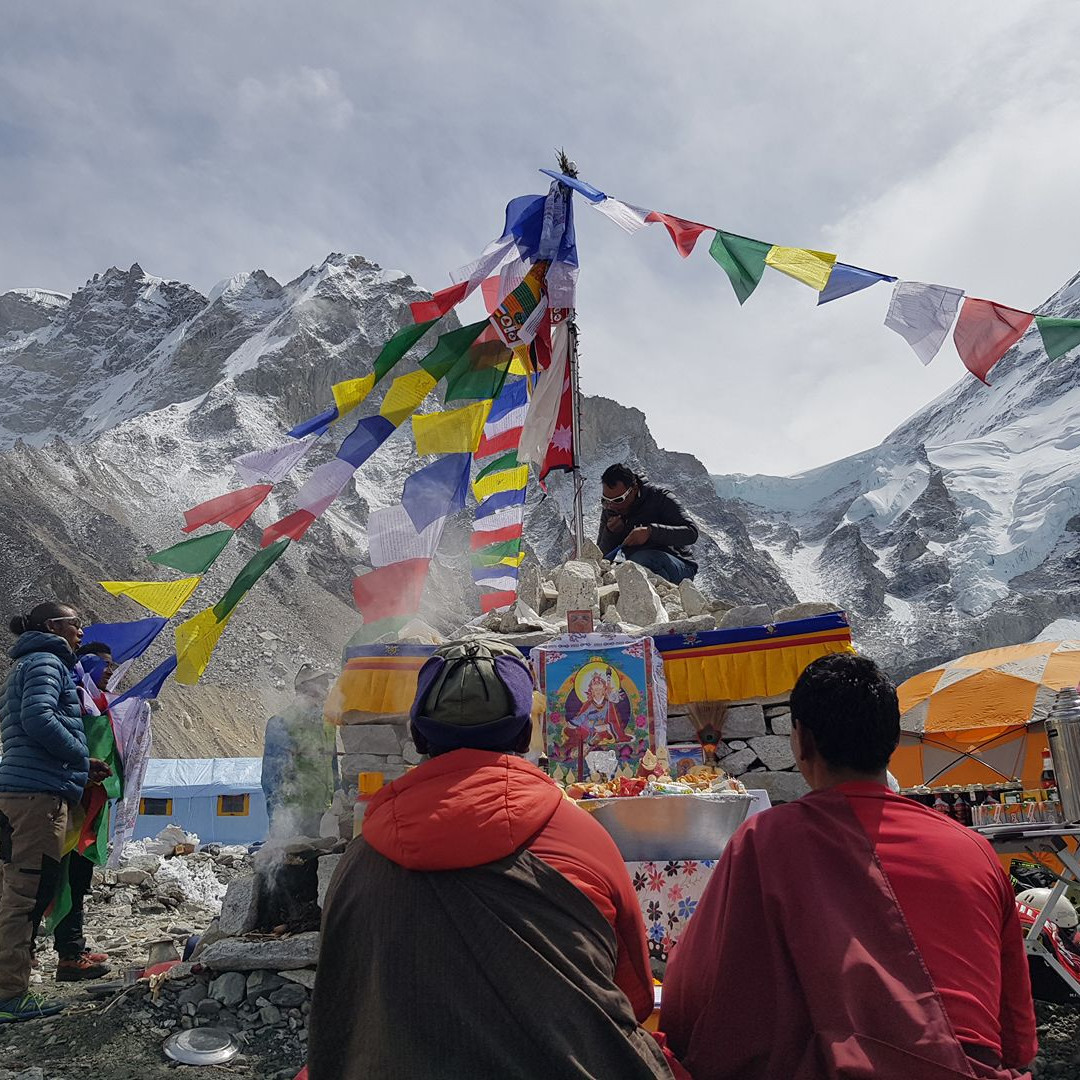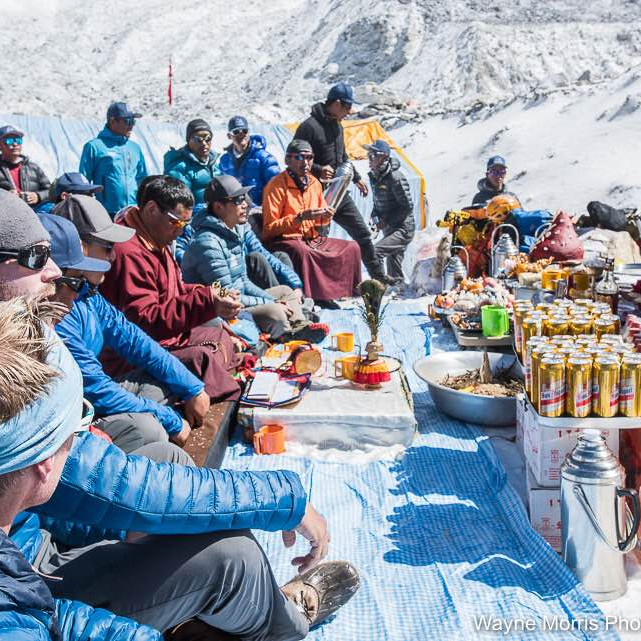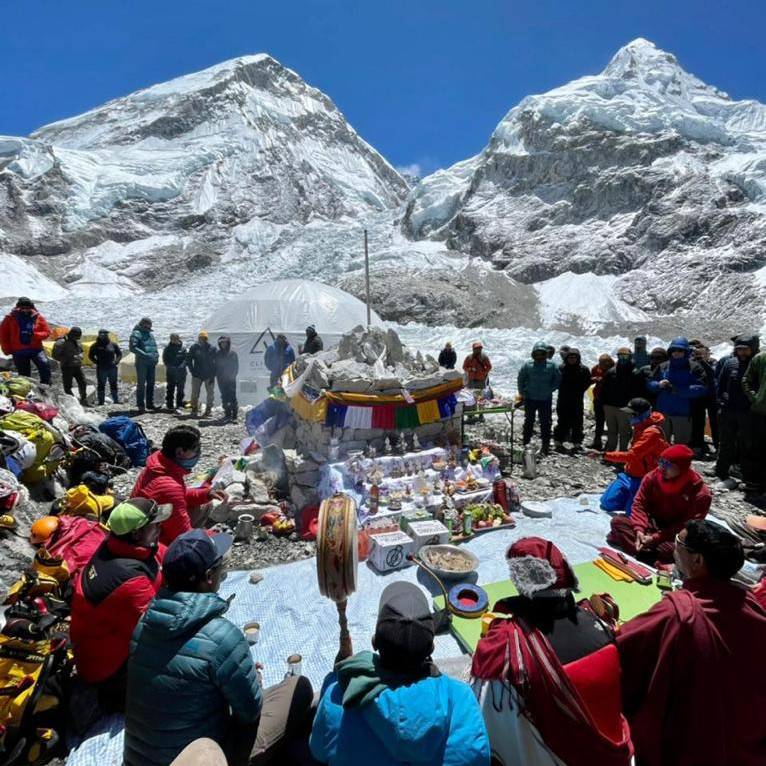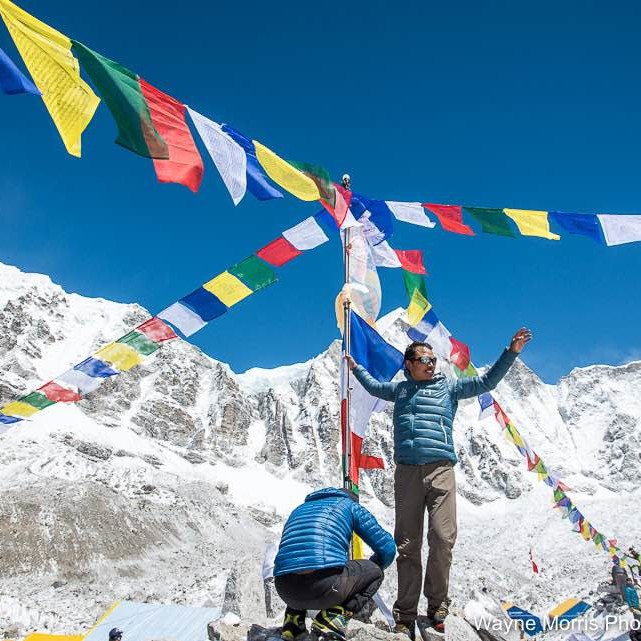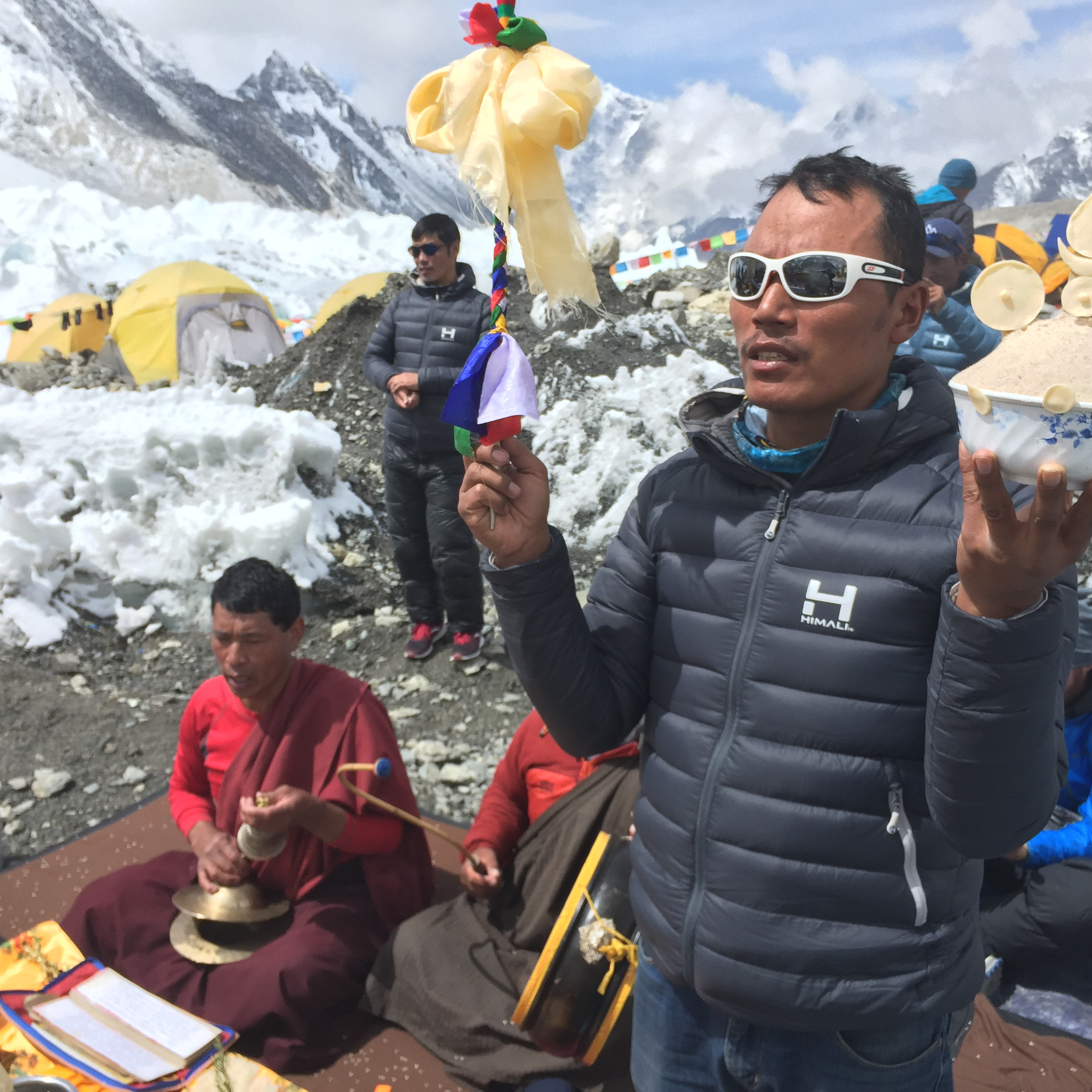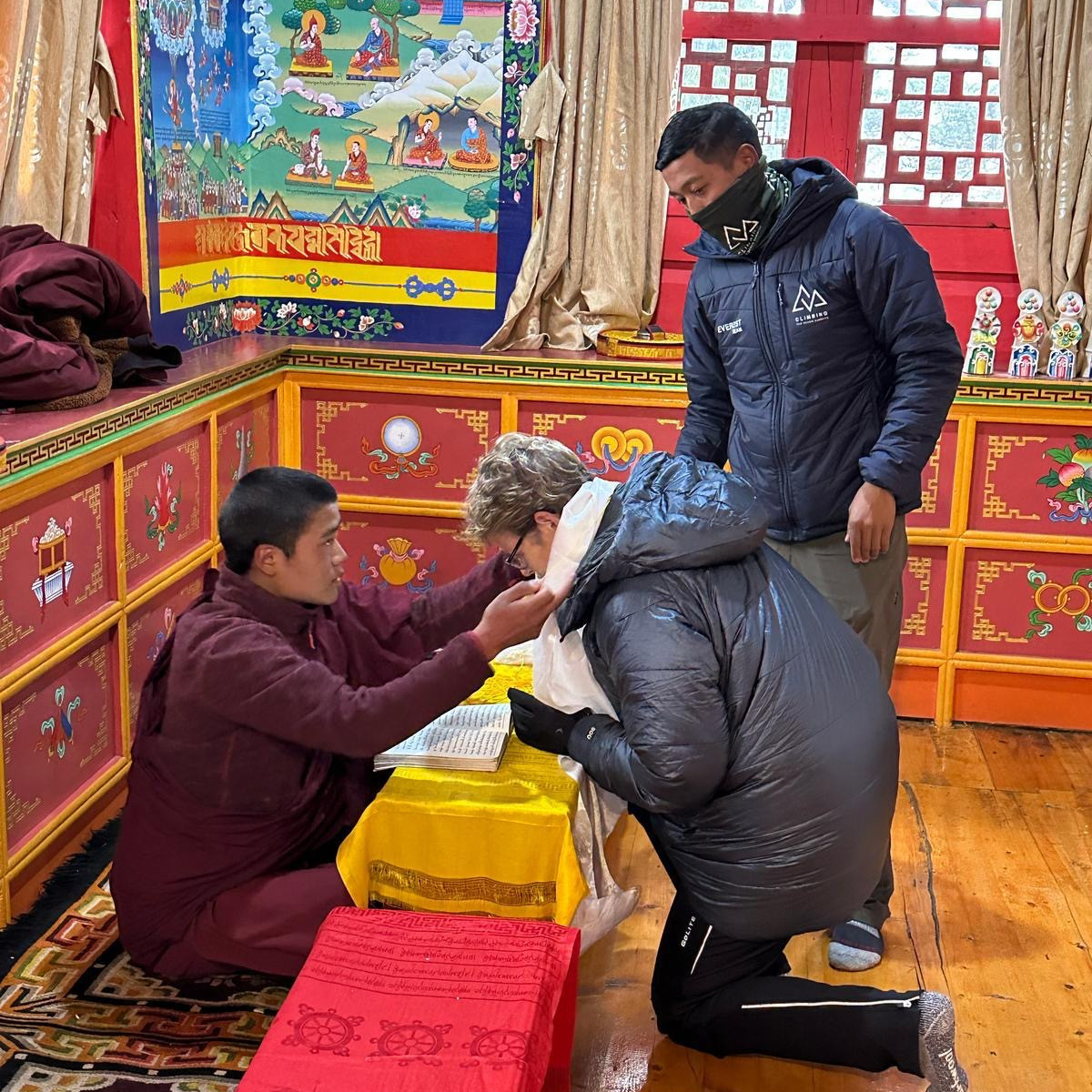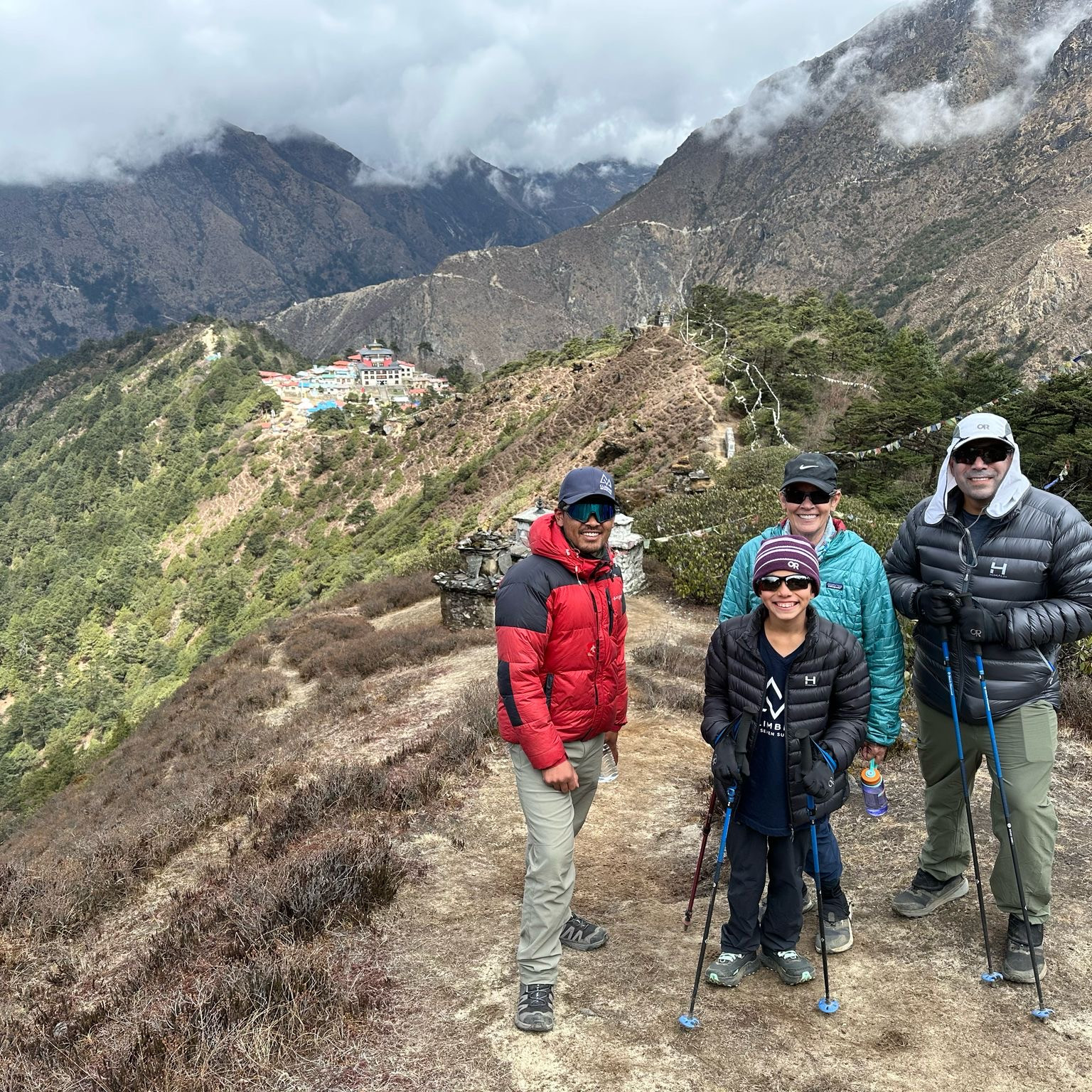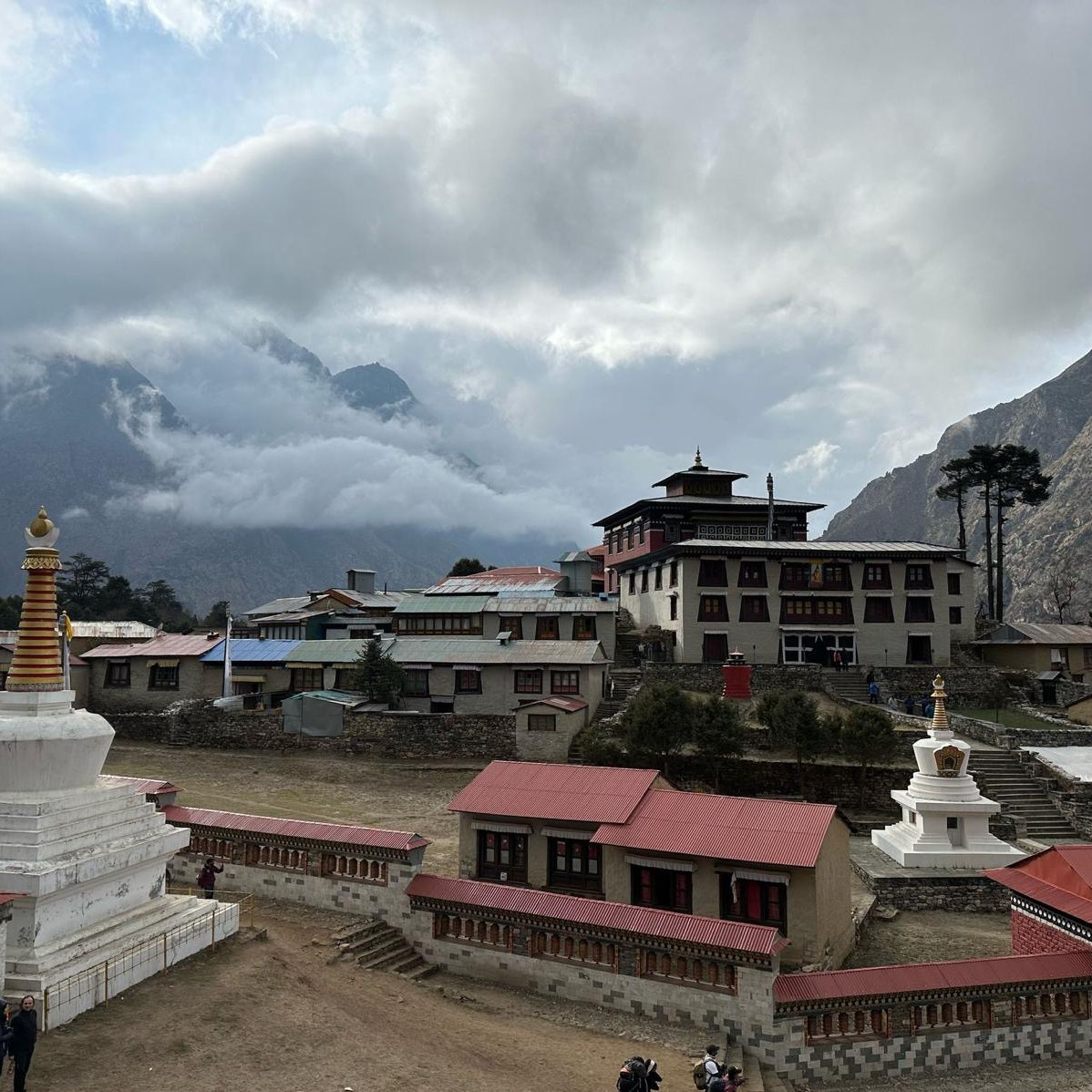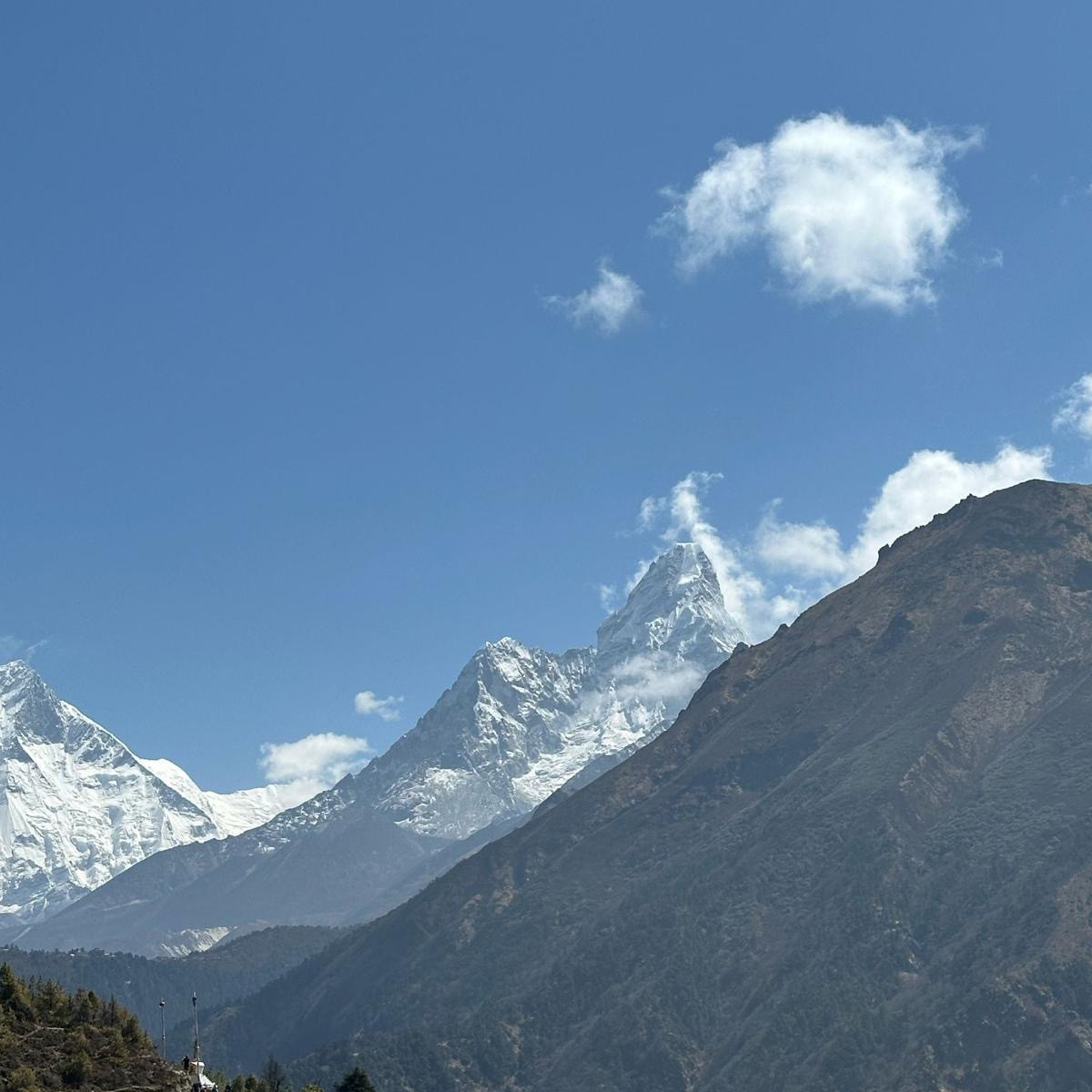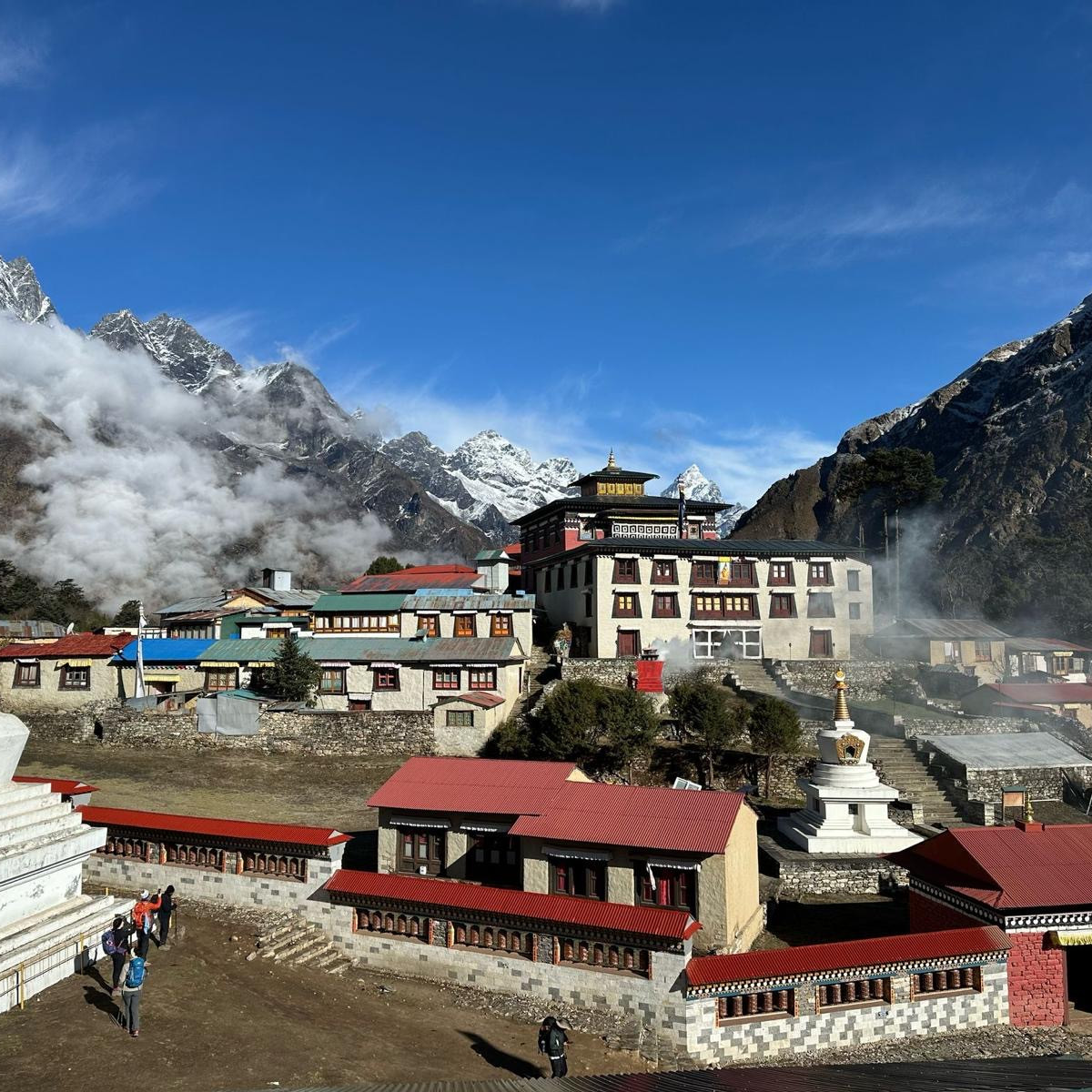Masters Mountaineering
Masters Mountaineering
Expeditions & Resources
Older, wiser, and ready to climb? Your age is an asset, not a limitation.
Our Masters Mountaineering program was created for climbers 50 and up who want to move with intention, not pressure. These are thoughtfully designed expeditions—built around your pace, your goals, and your love for the journey. With expert guides and a like-minded community, you’ll find support at every step and purpose in every summit.
Whether you’re returning to the mountains or just beginning, this is your path forward.
We’re proud to introduce our Masters Mountaineering Program—four unique expeditions tailored for climbers over 50.
Click each expedition below to learn more.
After hearing from hundreds of climbers during our Masters Mountaineering: Climbing After 50 webinar, one thing is crystal clear:
You’re not done climbing—you just want to do it your way.
Over 80% of participants shared a desire to climb with like-minded peers, with a strong emphasis on slower pacing, shared life experience, and climbing for purpose—not ego. Whether you’re getting back in shape, starting fresh in your 50s, or just tired of chasing younger, faster teammates, you’re not alone.
Get to know three of the incredible guides leading our Masters Mountaineering expeditions, who all bring a unique blend of technical skill, deep experience, and care for climbers. In addition to being world-class guides, these individuals all share a mutual passion for teaching.
Click on each guide below to learn more.
Looking for more information on gear, training, and nutrition? You’ve come to the right place!
We’ve compiled many of our resources and past webinars in one easy-to-find location.
Click below to explore each resource further.
Eva Steinwald is 63 years old and proving that it’s never too late to start something big. Originally from Germany and now based in Boise, Idaho, Eva is climbing the Seven Summits by the age of 70, a goal she’s calling her 7 Summits x 70. She didn’t grow up in the mountains and didn’t put on crampons or carry an ice axe until her 60s. But after losing her husband, she found healing and purpose in the mountains.
It started with Idaho’s Mount Borah, where Eva pushed through her fear of heights and made it to the summit in tears. That moment changed everything. In 2021, she climbed Mount Rainier without ever having worn a harness or helmet. “I felt like I was on Everest,” she says. That climb gave her the courage to trek to Everest Base Camp the following year—and now, she’s back in the Khumbu, climbing Everest with CTSS and completing her first rotation.
Since that first climb, Eva’s ticked off Aconcagua, Denali, and now Everest, and she’s just getting started. Her 7 Summits x 70 goal isn’t just about standing on the world’s highest peaks; it’s about honoring the life she’s lived, the one she’s building, and the purpose she’s found along the way. “The mountains rescued me,” she says. And now, she’s climbing them—one summit at a time.
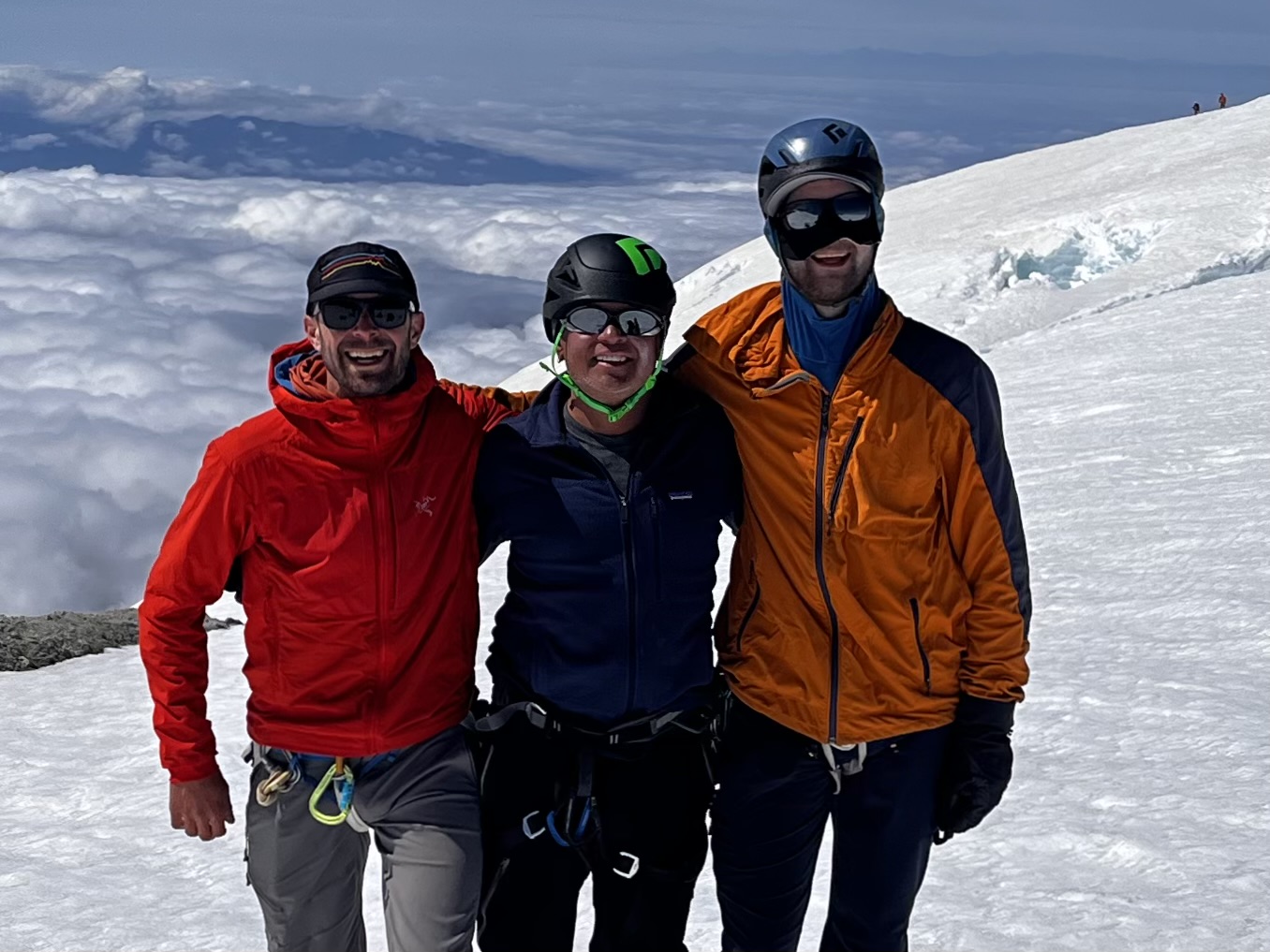
“Participating in the Mt. Baker Alpine Climbing Academy was nothing short of life-changing. Over the course of five intense and unforgettable days, I had the privilege of training with two of the most accomplished and humble climbers I’ve ever met — Dallas Glass and Robert Jantzen. Between them, they’ve summited some of the world’s most formidable peaks, including Everest, Denali, and Cho Oyu, and brought a level of knowledge, professionalism, and humility that made this experience truly exceptional.
The training was rigorous, covering self-arrest, crevasse rescue, fixed rope systems, climbing strategy, and more — all in the heart of a glacial environment with no distractions, no cell phones, just mountains, stars, and snow.”
– Rajesh P. (USA)
In Masters Mountaineer Nathalie's own words...
I am 54 (2025). I might be past my physical prime, but I can still rest step!
Attending the MASTERS Mountaineering Academy was the best decision I have ever made for my personal growth. It was not easy. I struggled. I got angry. I laughed. I exulted. I felt pride and empowerment.
AND just like THAT, now, I want to do it again.
We could not have had more skilled, dedicated, and attentive guides than Dallas Glass and Rob Jantzen. You guys… Je vous aime! They made me feel safe at all times, which was essential to me since I was on a mission to overcome my debilitating fear of glaciers. Guess what? Dallas pointed out I was all smiles when we were progressing on the glacier.
I deeply loved being on the Masters team: it offered such nurturing energy, a tacit understanding, a slower pace, and a sense of belonging. I will be seeking Masters team climbs.
As for the learned skills, it was invaluable! We learned to stuff a backpack and hauled it to base camp. We learned to set up a camp in the snow. We learned the rest step, how to wear a helmet, harness, and crampons. We learned to progress as a roped team. We practiced self-arrest techniques, including various ice-axe grips and their usage based on the slope’s incline. We practiced climbing with the ascender along a fixed rope. And it paid off: we successfully made the summit!
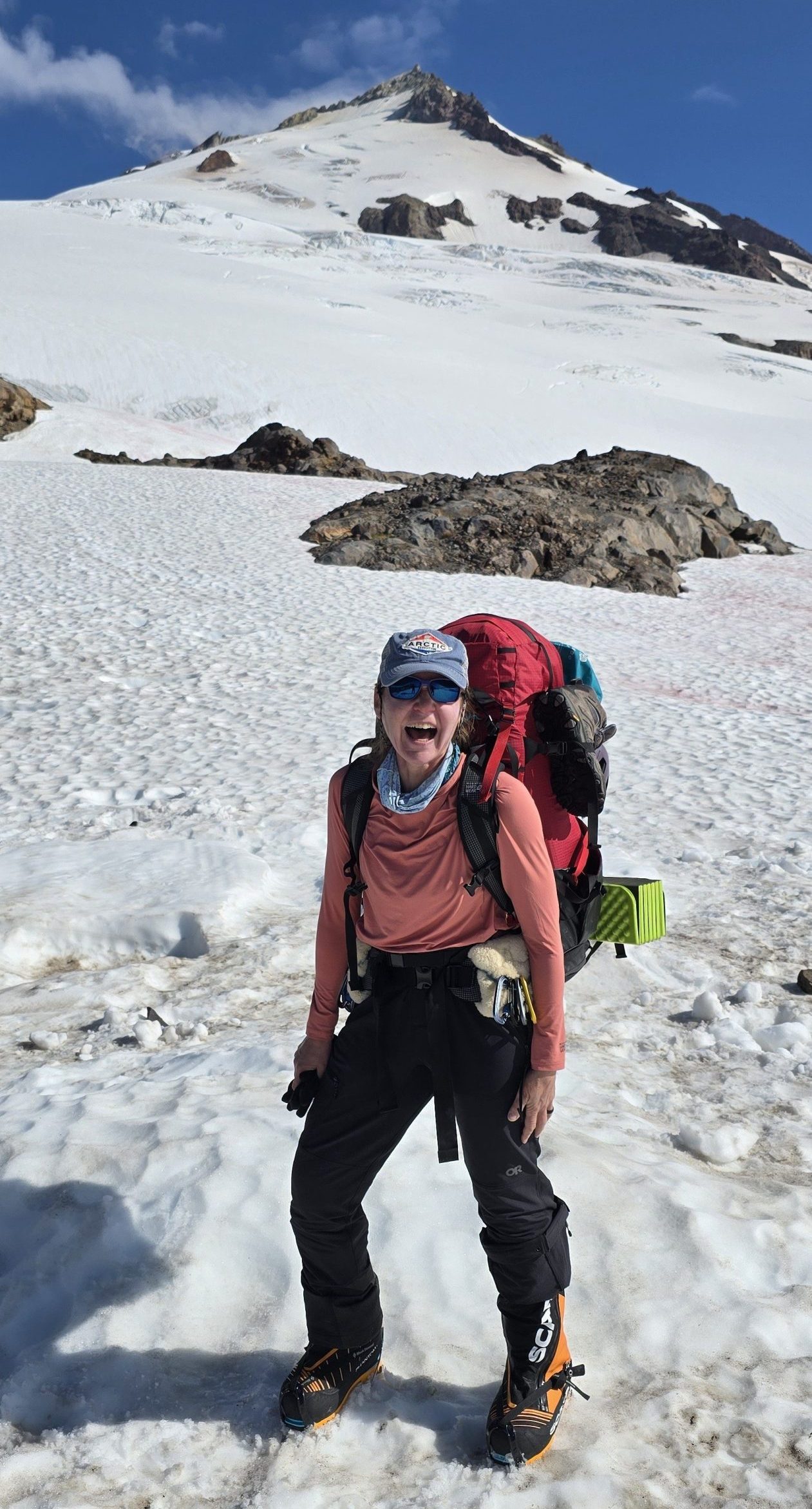
Help Us Shape Our Masters Mountaineering Program
Masters Mountaineering is built for you, so we want your input on where we go next! As we expand this program, we’re looking to add more expeditions tailored for climbers 50+ who want to take on big mountains with expert support and a smart approach.
Which peak, or peaks, should be our next Masters Mountaineering destination? Click below to help us shape the future of this program!
What's CTSS's Secret Sauce on Everest?
We have a few private climbers at Camp 1, including Eva S. with guide Papshe, Michael K. with guide Dorgee, and Varun R. with guide Thunang. As part of their first rotation, they will look to tag Camp 2 tomorrow.
Due to wind and snow, the Western Guided team, along with many private climbers, took another rest day at Everest Base Camp. They spent the day in the Big House, enjoying hot cappuccinos and playing the world’s highest game of bingo. They will head up early tomorrow for their rotations.
Here are a few photos from the CTSS archives, showcasing our famous Big House. Photos courtesy of Guy Williment.
In the afternoon, the sun resurfaced and cast its warmth down on Base Camp. Everyone enjoyed an early dinner in preparation for tomorrow’s rotation. The team also enjoyed a final Puja ceremony held on an auspicious day. We’re thankful that all of our teams, including our 30-Day and 40-Day Speed Ascenders, as well as Ardavan F., our Lhotse climber, had the opportunity to take part in such a special Tibetan Buddhist tradition and blessing.
Our final team of Everest Base Camp trekkers has arrived back in Kathmandu after a quick flight from Lukla. Tonight they will celebrate their successes with a team farewell dinner. Massive congratulations to all our trekkers who made their way to Everest Base Camp this season.
Many people ask us what CTSS’s secret sauce is on Mount Everest. Of course, our incredibly strong Sherpa team and our international and Nepali guides are the backbone of our expedition. However, we wouldn’t have the program we do without the leadership and guidance of Big Tendi and Little Tendi and the behind-the-scenes magic from our partners, Sagar and Gobinda, in Kathmandu.
- Big Tendi (right) has trained a generation of Nepalese mountain guides and led the Nepal National Mountain Guide Association forward as Technical Director for more than a decade. He oversees the logistics of Everest Base Camp and leads our entire Sherpa team every day.
- Little Tendi (left) is the visionary behind Everest Base Camp, overseeing its construction, and is a force on the mountain, beyond being a legendary mountain guide. He leads our team both as a private guide and by overseeing upper mountain logistics.
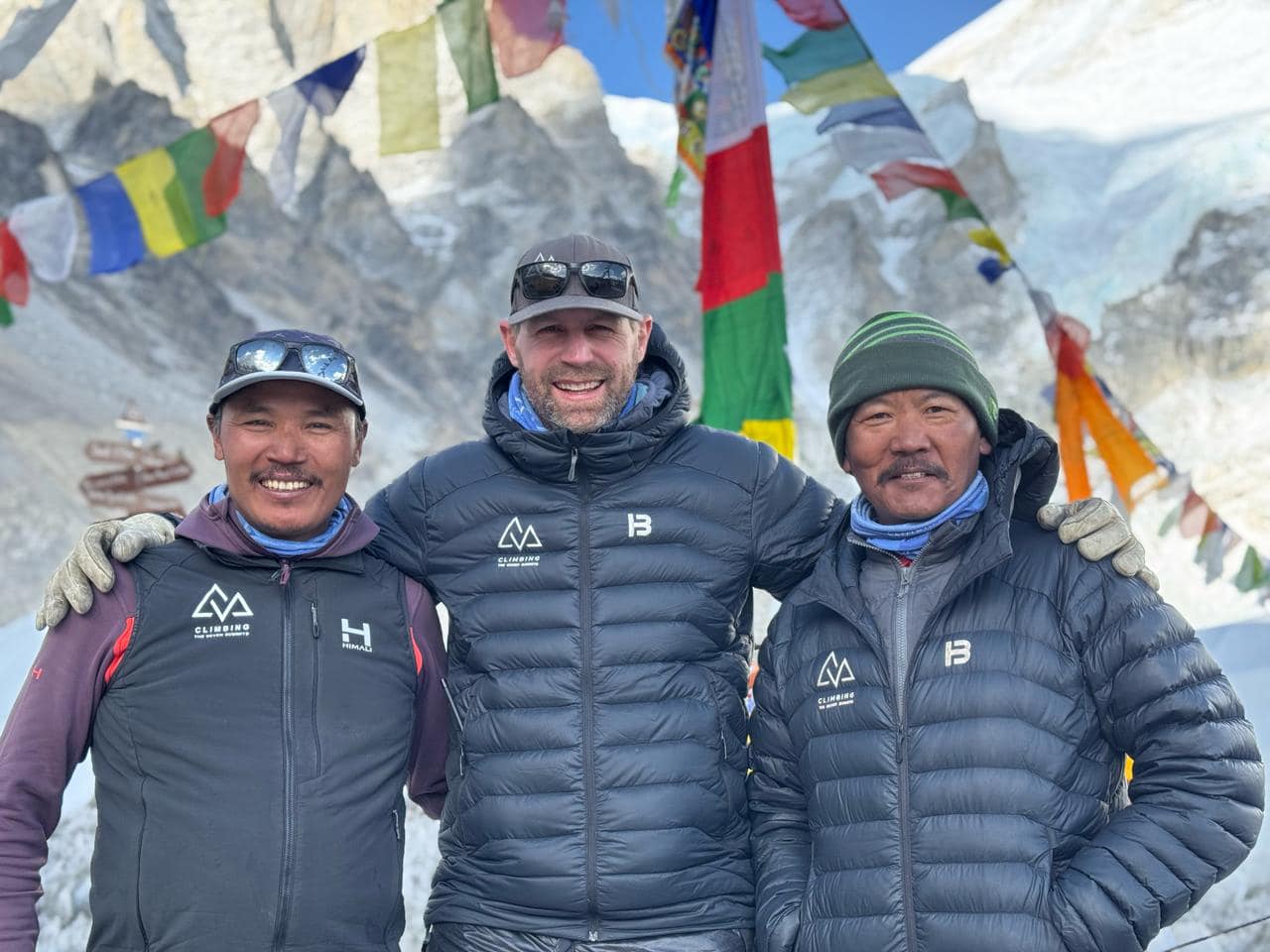
Between Big Tendi, Little Tendi, and CTSS’s owner, Mike Hamill, this trio has over 55 Everest expeditions under their belts, plus nearly 100x 8000m peaks. They work diligently to leverage this experience for the success of the team, and we feel incredibly lucky to have not only their experience as leaders but also the collective experience of all of our guides and staff.
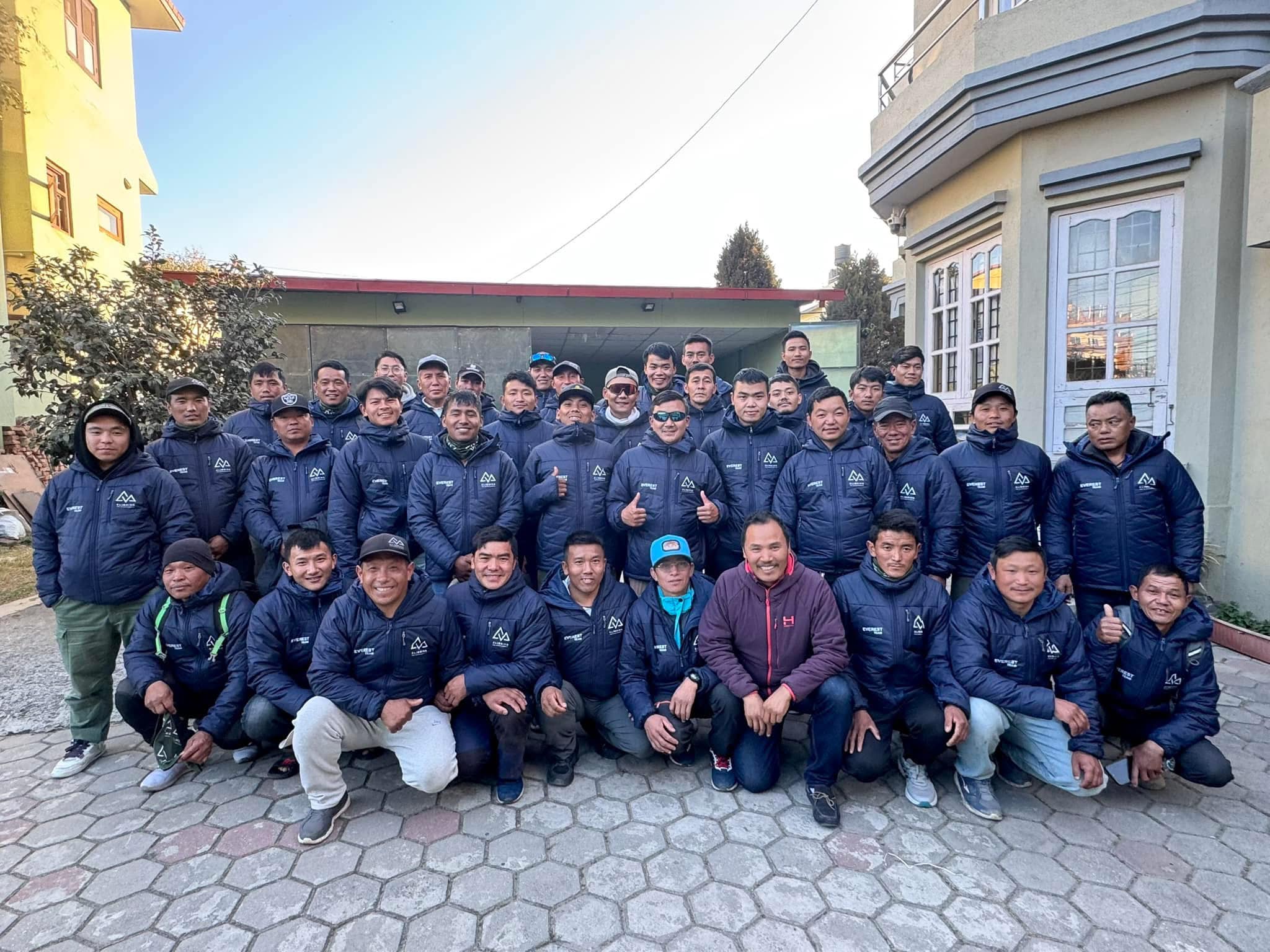
Rotations Continue and Rope Fixing Teams Above Camp 3
Our final team of Everest Base Camp trekkers has arrived in Lukla. They are ready to wave goodbye to the Khumbu Valley but leave with incredible memories and a new bond as friends and adventurers.
Things have been buzzing at and above Everest Base Camp. The rope fixing team is now working well above Camp 3.
After a weekend of training on the Khumbu Icefall, several of our private climbers, including Michael K., Eva S., and Varun R., have moved up to Camp 1 in good form to start their first rotation. Many of our climbers who completed their first rotation are now eyeing their second rotation, including our Western Guided team. Below are a few photos from CTSS’s Cinematographer, Griffin Kerwin, from the first rotation to Camp 1 and Camp 2.
Our 30-Day Speed Ascender, Alyssa, arrived at Everest Base Camp and will be preparing to move higher in the coming days. Alyssa is enjoying some of Chef Emma and Kumar’s delicious (and nutritious) food. Chef Emma shared a few images of the eclectic meals they’vethey’ve been whipping up, including Scandinavian-style eggs with quinoa, pakora (Indian vegetable fritters), fried chicken, and dragon fruit for dessert.
Thank you to all of our staff, guides, and Sherpa who make each season possible.
To wrap things up today, we wanted to share a quote and video from CTSS’s Videographer, Rex Pemberton, who captured one of our favorite views of the Khumbu Icefall:
“In the darkness of the icefall, the world shrinks to the beam of your headlamp, the rhythm of your breath, the crunch of your boots on the ice.”
Rex is working with the Bouka family, who are from Madagascar and have a dream to raise their flag on the Roof of the World. Zouzar Bouka is climbing with his two sons, Rais and Raj-Alexandre, and they are ready to push their limits, honor their roots, and hopefully become the first Malagasy to reach the summit of Mount Everest.
Trekking & Giving Back in the Khumbu
All of the teams and climbers who made their way to Camp 1 and Camp 2 are now safely back at Everest Base Camp. We’re thrilled to have two successful rotations under our belt, with more rotations on the way.
Our climbers remain ready, and spirits are high at Base Camp. Thank you to Tendi Sherpa for sharing these photos of your rotation above Base Camp with a few of our climbers, including Emma Schwerin.
Our final group of Everest Base Camp trekkers has arrived at Base Camp. Today, they will participate in a beginner-friendly climbing clinic led by our talented Sherpa and guiding team.
With a little break in the action on the mountain, we wanted to share an inspiring story about giving back. Before even setting foot on the trail with our Rugged Luxury expedition, 15-year-old Ethan Ong raised over $9,200 for the Tendi Sherpa Foundation. His generosity supports education, healthcare, and livelihoods for Sherpa families across Nepal, and it sets the tone for a purposeful and memorable journey. Below are a few of the shots from Ethan’s trek to Everest Base Camp.
CTSS is committed to promoting sustainability, in all its forms, in the communities in which we climb and trek. Economic sustainability ensures that local communities benefit fairly from the mountaineering industry. This means supporting local guides, porters, and businesses by providing fair wages, investing in local infrastructure, and fostering responsible tourism that contributes to long-term economic stability.
Discover how your registration fees help empower local communities through education.
If Ethan’s story inspires you, too, to give, you can make a donation to the Tendi Sherpa Foundation here.
Climbers Continue to Tag Camp 2
With our Western Guided team resting and enjoying Everest Base Camp, it was time for many private climbers to take their first spin on the upper mountain. Climbers tagged Camp 2 earlier today and are returning to Camp 1 for the evening before making their way back to Base Camp tomorrow. Below are a few shots from Nani Stahringer, who is our lead guide for the Western Guided team, above Base Camp.
Today, our final team of Everest Base Camp trekkers arrived at camp and are ready to kick back and relax in our Big House. Tomorrow, they get a taste of what it feels like to be an Everest climber when they partake in a beginner-friendly ice climbing clinic at the foot of the Khumbu Glacier. If you’ve been following along, you might have noticed that this beginner-friendly clinic is a staple on both our Rugged Luxury Everest Base Camp Trek & Stay and our spring-season Everest Base Camp Trek & Stay. We want all of our trekkers to walk away having had the experience of a lifetime that goes above and beyond their expectations.
And finally, today, we want to share a few photos from our Lobuche East climber, Kae, who has been making the most of her time in the Khumbu. These images capture the essence of so many of our favorite things, from the Puja ceremony to skills training, with lots of smiles and laughs in between. Thank you, Kae, for sharing:
Guide Spotlight: Dr. Brenton Systermans
Guide Spotlight: Dr. Brenton Systermans
From the icy expanse of Antarctica to the towering peaks of the Himalayas, Dr. Brenton Systermans has built a career at the intersection of high-altitude adventure and extreme medicine. Based in the Snowy Mountains of Australia, Dr. Brenton is one of the world’s most experienced high-altitude doctors, with a passion for guiding, mountain medicine, and keeping climbers safe in some of the most extreme environments. His combined expertise in both guiding and remote medicine makes him an invaluable resource on every expedition—whether he’s leading teams up Kilimanjaro or providing top-tier medical care at high-altitude clinics like the famous Everest Emergency Room.
Dr. Brenton has worked in some of the harshest conditions on Earth. He’s served as an Expedition Medical Officer with the Australian Antarctic Division, supported Australia’s athletes at the 2022 Beijing Winter Olympic Games, and was deployed on humanitarian aid missions with the Australian Army. But for Dr. Brenton, the mountains have always been home. Having spent his youth trekking, climbing, and skiing in the Victorian High Country and Grampians National Park, his love of wild places naturally led him into the world of outdoor leadership. Before he was a doctor, he worked as an outdoor instructor and at Falls Creek Ski Resort, guiding others in the very landscapes that first inspired him.
After completing medical school in 2009 and initially training in pediatric surgery, a serious cycling accident forced Dr. Brenton to re-evaluate his career. That turning point led him back to his true passions—expedition medicine and the outdoors. Since then, he’s worked as both a guide and an expedition doctor across Australia, Nepal, China, Tanzania, and Europe. He has also volunteered with the Himalayan Rescue Association, where his expertise has been critical in treating altitude-related illnesses for climbers and trekkers alike.
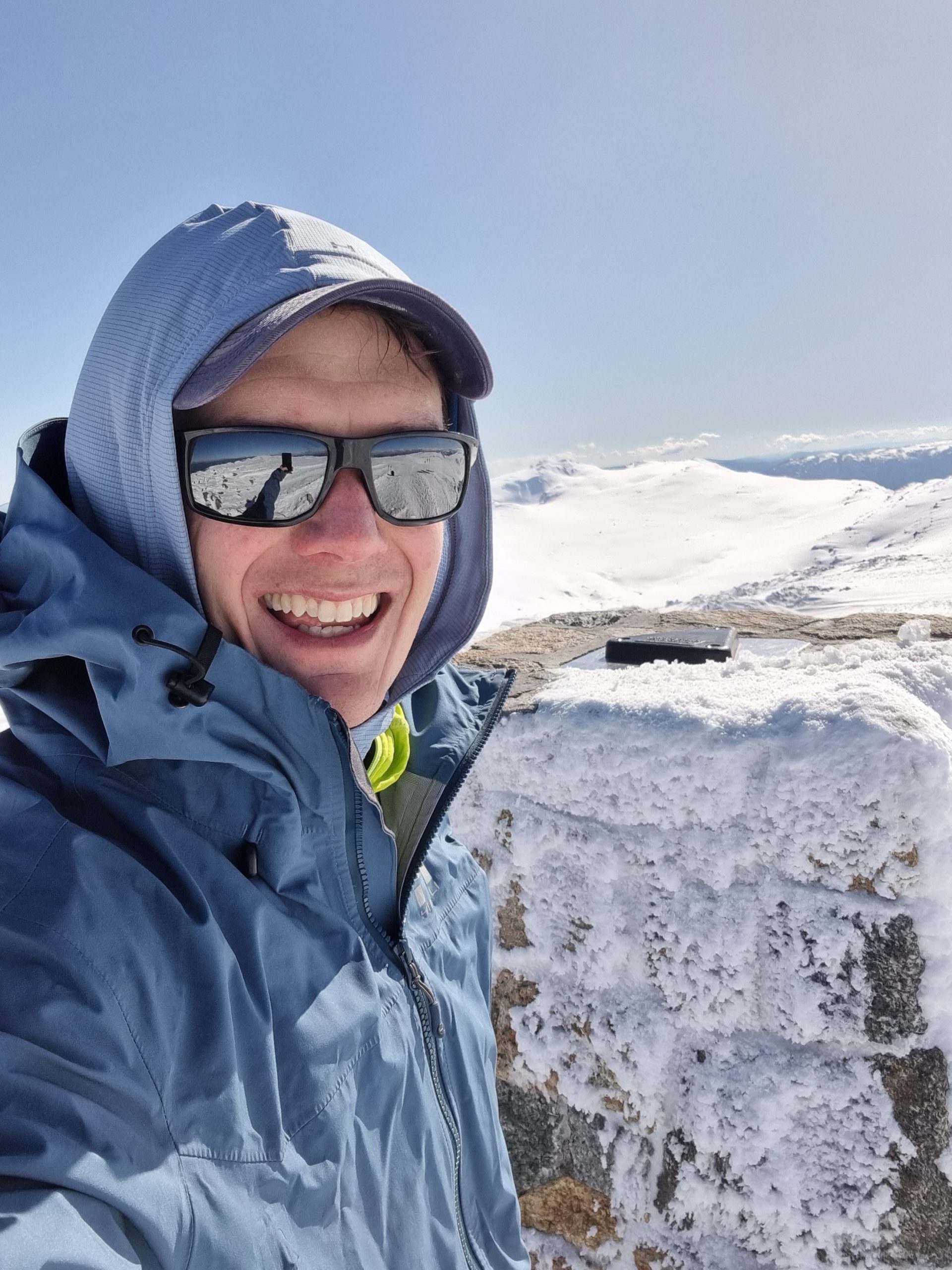
Dr. Brenton isn’t just a doctor—he’s also an educator. As a Senior Lecturer in Healthcare in Remote and Extreme Environments at the University of Tasmania, he’s actively involved in training the next generation of expedition medics, preparing them for the unique challenges of practicing medicine in the world’s most isolated and high-risk locations. His background also includes research in high-altitude medicine, contributing to publications that help improve the safety of climbers worldwide.
CTSS founder Mike Hamill sums up Dr. Brenton’s expertise best:
“Dr. Brenton is one of the most experienced high-altitude doctors in the world. Having someone like him lead Kilimanjaro trips for us, not just as a doctor but as a true mountain professional, is exactly what sets CTSS apart. His knowledge of high-altitude mountaineering and physiology is second to none, ensuring our climbers have the best possible support—both for their success and their safety.”
When he’s not guiding or practicing medicine, you’ll likely find Dr. Brenton backcountry skiing, trail running, or road cycling—always training for the next adventure. Although his career has taken him many places, Dr. Brenton’s passion remains the same: helping people explore the mountains safely and with confidence. This is precisely why Dr. Brenton is leading our upcoming December and January Kilimanjaro team departures, including our newly launched Masters Mountaineering program. This expedition is tailored towards climbers 50 and older who want to take on a major peak with the right pace, structure, and support.
Masters Mountaineering Climb With Dr. Brenton
Our Masters Mountaineering climbs are designed to give older climbers the best chance of success by allowing more time for acclimatization, building in extra support, and maintaining a steady, sustainable pace. Many climbers don’t start their mountaineering journey until their 50s or 60s, and with the right approach, it’s entirely possible to take on big mountains well into your later years. What makes this climb even more unique is having Dr. Brenton on your team.
His deep expertise in high-altitude physiology, acclimatization, and injury prevention ensures that climbers aren’t just pushing their limits but doing so safely. Whether it’s managing pre-existing conditions, optimizing nutrition and hydration, or recognizing early signs of altitude illness, Dr. Brenton’s presence adds an invaluable layer of security and knowledge to the expedition.
If you’re considering an adventure like this but aren’t sure where to start, join us for our Masters Mountaineering: Climbing After 50 webinar in March. Our experts will cover training, pacing, acclimatization, and injury prevention—everything you need to take on big mountains with confidence.
Successful First Rotation for CTSS Climbers
Our first rotation to Camp 2 is in full swing for many of our climbers at Everest Base Camp. The Western Guided team, who spent a few nights at Camp 1 and tagged Camp 2, are now back at Everest Base Camp resting and recharging before their next rotation. We have private climbers at Camp 1 now and are looking to tag Camp 2 as part of their acclimatization process.
Below are a few shots from the Bouka family, who arrived at Everest Base Camp yesterday. With their arrival, almost all of our Everest Climbers are at Base Camp; we have a few Speed Ascenders still coming up the Khumbu Valley. These remaining teams and climbers will begin their rotations on Everest shortly.
Our final team of Everest Base Camp trekkers arrived in Gorak Shep today. This is the final village before reaching the outskirts of Everest Base Camp. Tomorrow, they will climb Kalapattar and make the trek to Everest Base Camp, where they will be rewarded with incredible food, sights, and energy.
Today, we want to highlight one of our Rugged Luxury trekkers, 15-year-old Ethan Ong, who joined us this season for the journey of a lifetime to Everest Base Camp. Ethan raised over $9,200 for the Tendi Sherpa Foundation before setting foot on the trail. His generosity supports education, healthcare, and livelihoods for Sherpa families across Nepal, setting the tone for a purposeful and memorable experience. Below are a few photos of Ethan and Tendi Sherpa from the Khumbu.
CTSS is committed to promoting sustainability, in all its forms, in the communities in which we climb and trek. Economic sustainability ensures that local communities benefit fairly from the mountaineering industry. This means supporting local guides, porters, and businesses by providing fair wages, investing in local infrastructure, and fostering responsible tourism that contributes to long-term economic stability.
Discover how your registration fees help empower local communities through education.
If Ethan’s story inspires you, too, to give, you can make a donation to the Tendi Sherpa Foundation here.
Western Guided Team Tags Camp 2
Here’s what our teams are up to in the Khumbu today:
Our Western Guided team is doing well on their rotation. They successfully tagged Camp 2 today before retreating to Camp 1 to sleep. Several of our private climbers will be headed to Camp 1 this evening.
Otherwise, we have more private climbers who are acclimatizing and practicing their skills. Thank you to climber Eva Steinwald, who, at 62, is aiming to climb all Seven Summits by the age of 70. Eva took part in our Masters Mountaineering webinar, and we are excited to follow along as she sets her sights on summiting Everest this season.
We have one team, the Bouka family, arriving at Everest Base Camp today. They will no doubt enjoy the comforts of our luxury camp.
Further down the Khumbu, our second team of Everest Base Camp trekkers is at Lobuche Base Camp. Today, they took an acclimatization hike to Lobuche High Camp before returning to Base Camp for the evening.
And finally, our 30-Day Speed Ascender, Rick, is moving up from Pheriche and will be at Everest Base Camp in the coming days.
Below are a few shots from CTSS’s Cinematographer Griffin Kerwin, who has truly captured the spirit of the Khumbu and Everest in his photos.
Everest Rotations Have Begun
Updates from the Khumbu Valley, Nepal:
Everest rotations are underway! Our Western Guided team has ascended to Camp 1 today, and they plan to tag Camp 2 tomorrow. Our private climbers, including our 40-day and 30-day speed ascenders, will start taking their rotations shortly. Many of our private climbers are on a schedule similar to our Westerner Guided team, while others have just arrived at Everest Base Camp to begin skills sessions and acclimatization.
As we mentioned last week, our 3 Peaks team made a strong effort on Island Peak but turned back below the summit. It was a beautiful morning for a climb, and lots of fun was had. Check out the images from CTSS Guides Porter and Phunjo:
Our second team of Everest Base Camp trekkers are now in Lobuche Base Camp. They will join our climbers at Everest Base Camp in just a few short days for their two-night stay at a beginner-friendly climbing clinic.
Our first Everest Base Camp trekking team has safely landed back in Kathmandu with memories to last a lifetime. Thank you to guide Kat and the amazing team for such an incredible journey.
Here are a few more images from CTSS Guide Kat and Josh from their treks to Everest Base Camp:
Finally, we will wrap things up with a few more images and thoughts from last week’s Puja ceremony courtesy of Tendi Sherpa.
“We held a beautiful Puja ceremony at Everest Base Camp, seeking the blessings and permission of the Mother Goddess (Mount Everest) for a safe and successful journey on the mountain.
This season, I have the privilege of guiding young Emma alongside her father, Sam, with the support of my colleague, Fred! Over the coming days, our focus will be on training on ladder crossings and fixed line techniques, and preparing for our first rotation to the higher camps. Grateful for this opportunity and looking forward to the challenges ahead.”
To all of our guides, Sherpas, climbers, and trekkers, we echo Tendi’s appreciation–we are grateful for all of you!
Updates from Island Peak
Here’s the latest from our teams in the Himalayas:
Our climbers at Everest Base Camp have been busy. Many took a short trek to Pumori High Camp to support their acclimatization, and they were rewarded with stunning views of Everest and Lhotse. Emma Schwerin, one of our private climbers, shared a few photos below:
In addition, today, all of our climbers, guides, and Sherpas took part in a traditional Puja ceremony. We were joined by several high lamas who traveled from far and wide to bless our expedition teams before they make their way to the upper mountain. This ceremony is a Tibetan Buddhist ritual that is part of Sherpa life. The purpose is to ask the mountain deity for safe passage and, of course, to celebrate.
Here are a few photos from the CTSS archives of past Puja ceremonies at Everest Base Camp:
Our 3 Peaks team checked in from Island Peak after making the call to turn around at the headwall, which is one of the many technical sections during this climb. The conditions were outside of the safety margin to continue forward, and our teams ultimately made the right decision. All climbers are back in Chukkung and happily resting.
At CTSS, our priorities are (and will always be) safety and success–in that order. You can trust us to deploy the best, most experienced, and respected mountain leaders in the world, use top-of-the-line equipment, not skimp on costs, make wise decisions in your best interest, and go above and beyond to stack the odds in your favor.
On the trail below Everest Base Camp, our 40-day Speed Ascent team is hanging tight at Lobuche Base Camp. They took a quick jaunt to Lobuche High Camp and will continue to assess the conditions. Our second team of Everest Base Camp trekkers took a rest and acclimatization day in Tengboche. CTSS Guide Josh McDowell shared a few photos of the glorious morning they woke up to and their visit to the Tengboche Monastery. Tomorrow, they will move to Pheriche.
The Bouka family successfully landed in Pheriche today and are ready to continue their acclimatization as they make their way to Everest Base Camp.
Farthest down the Khumbu Valley, our first team of Everest Base Camp trekkers are in Namche, and tomorrow, they will catch their flight from Lukla to Kathmandu.
